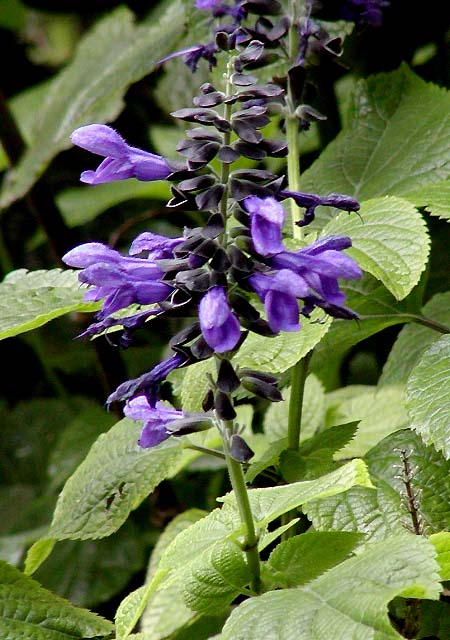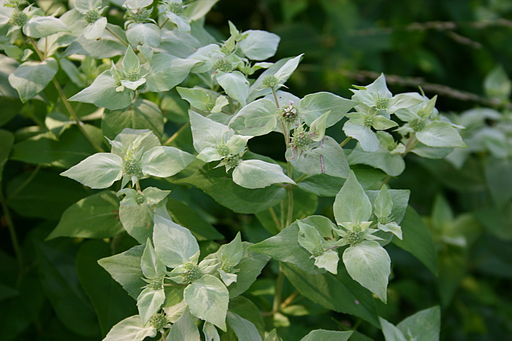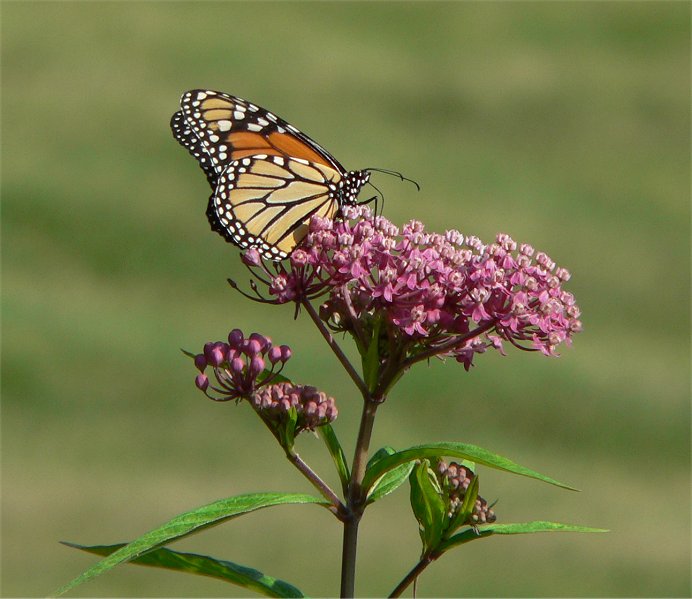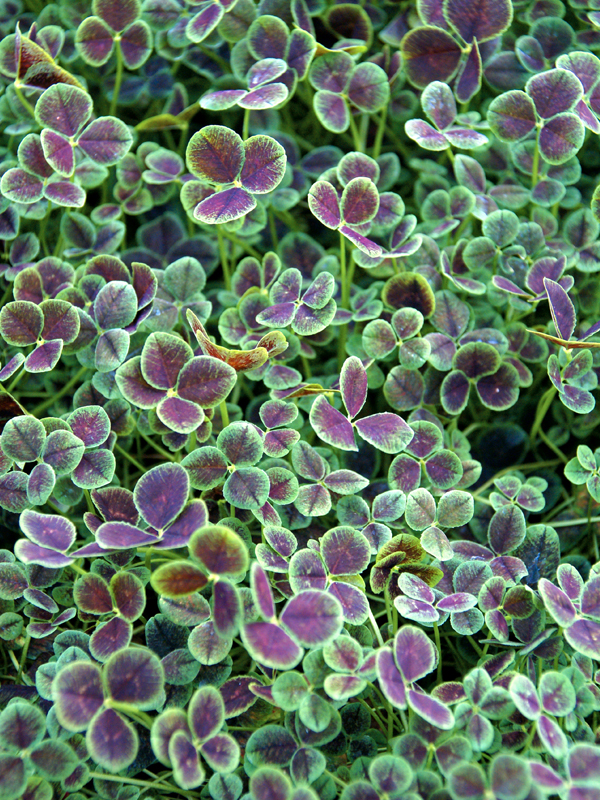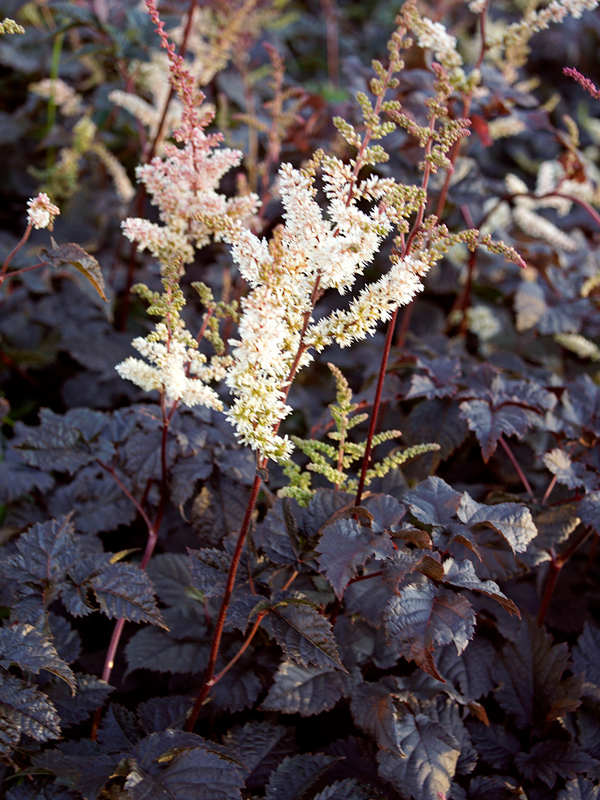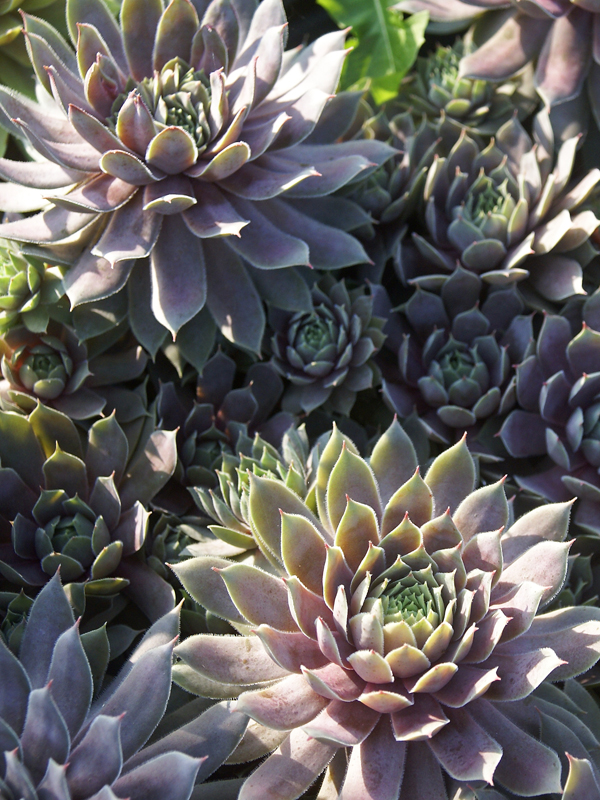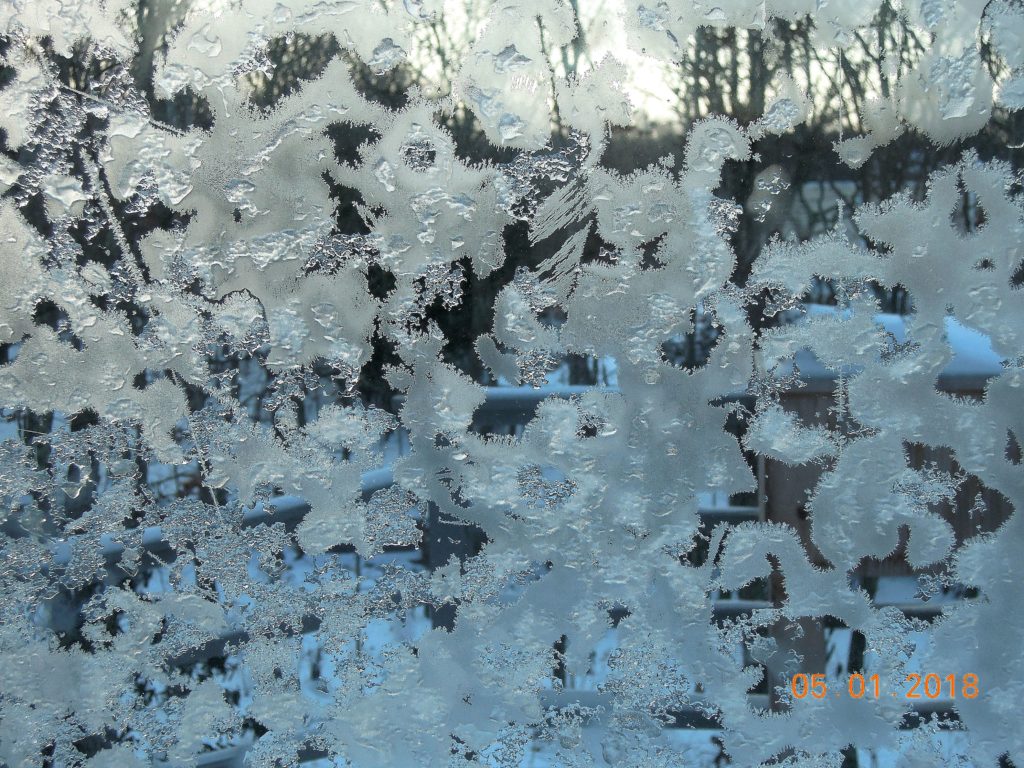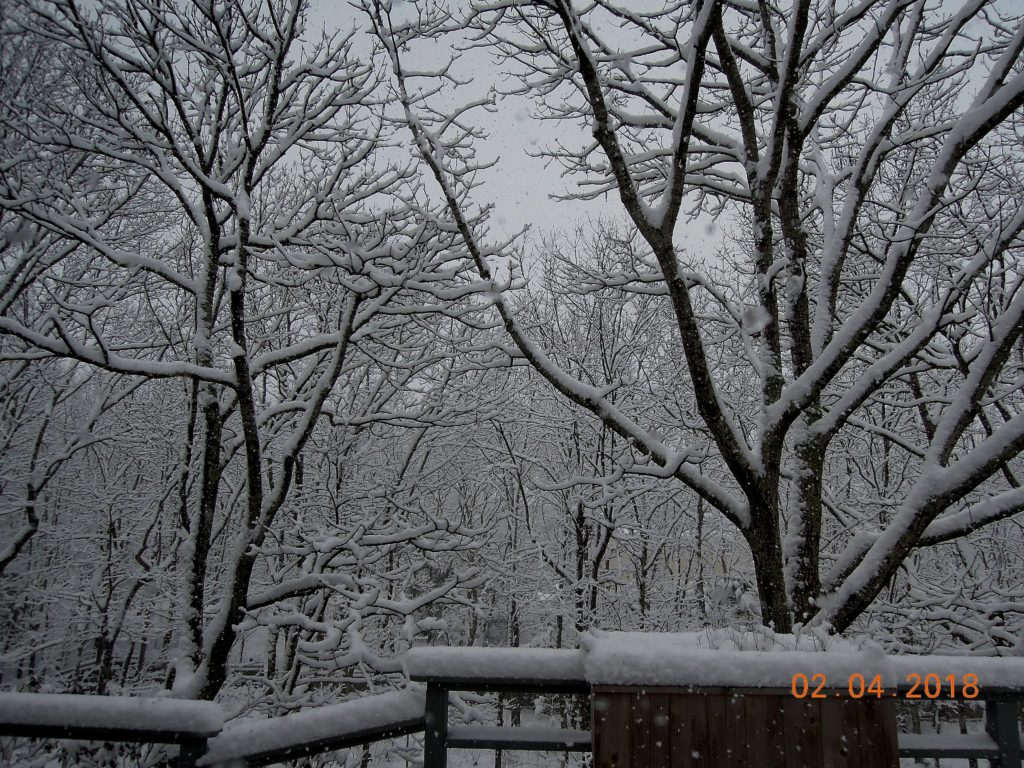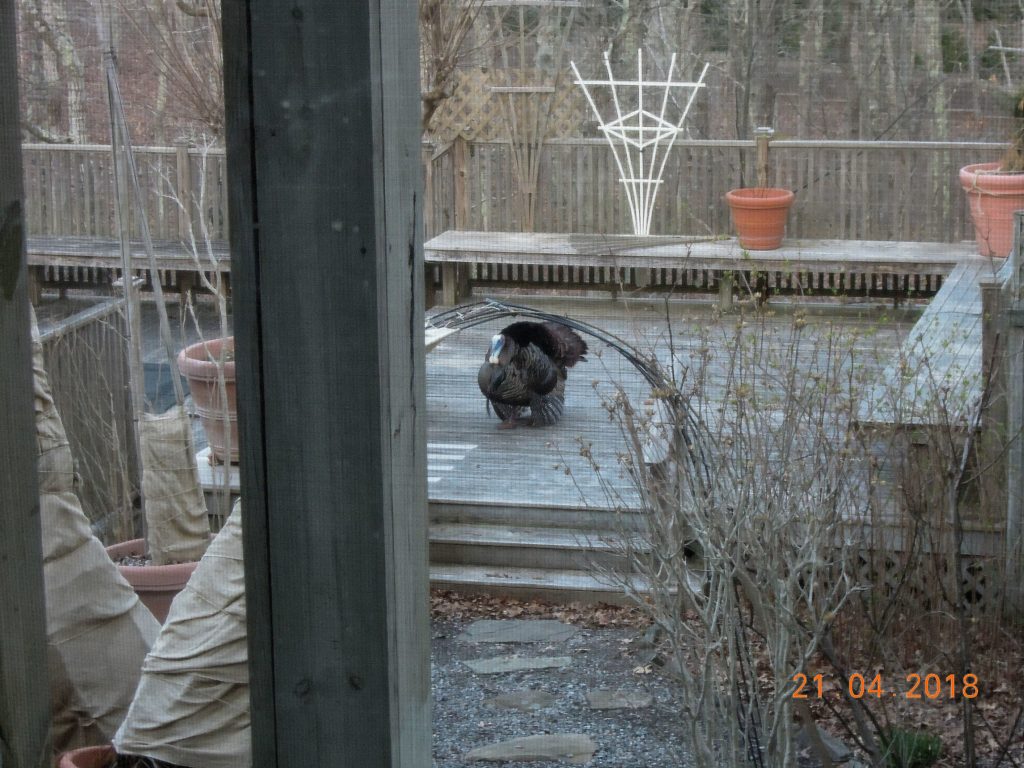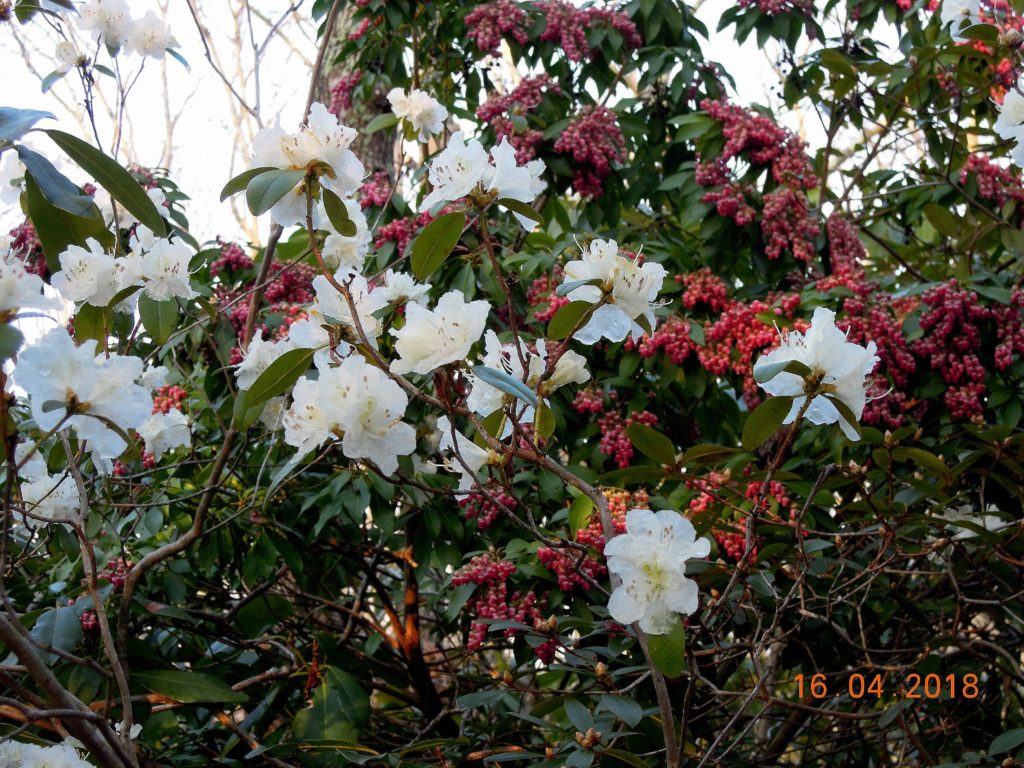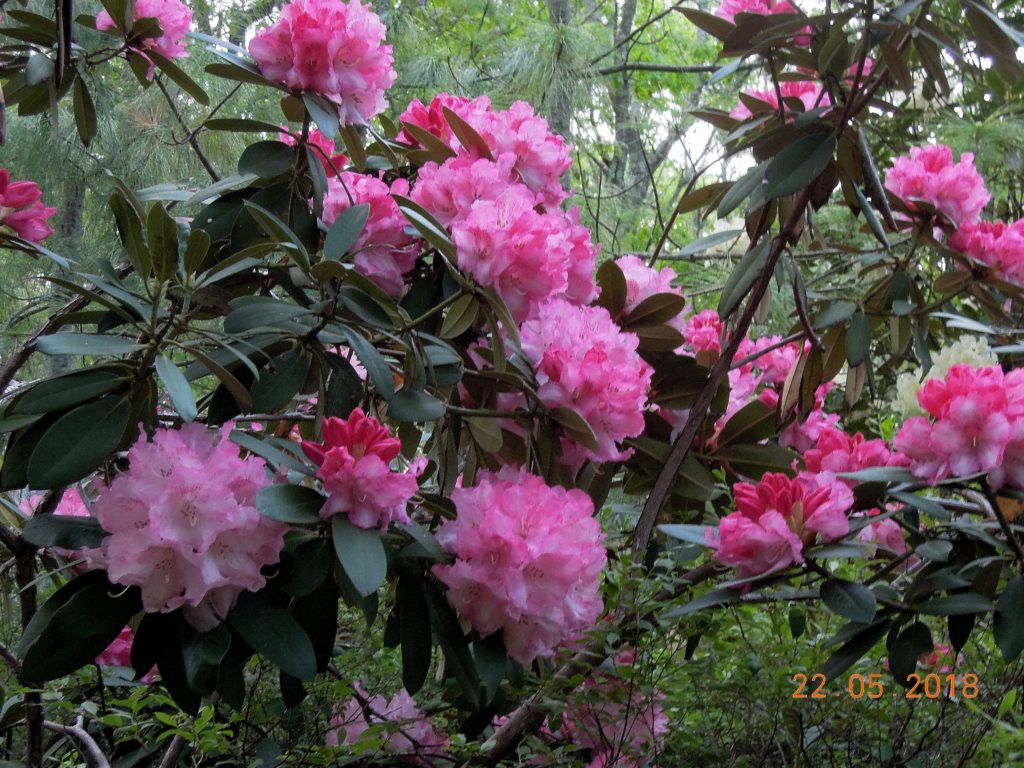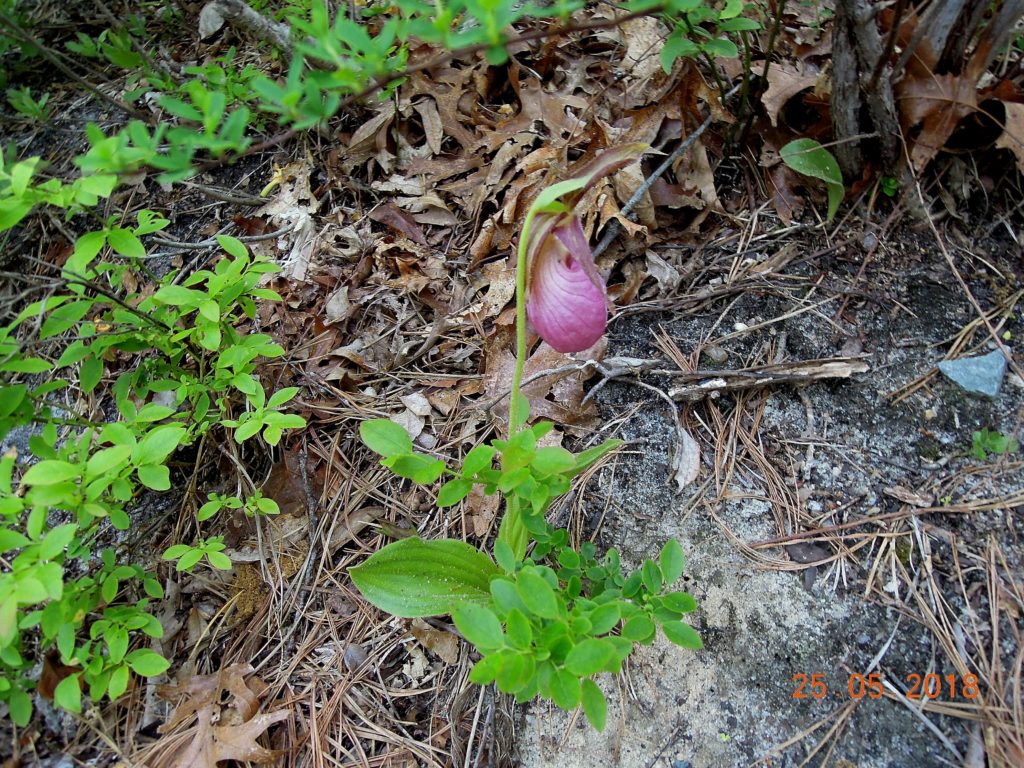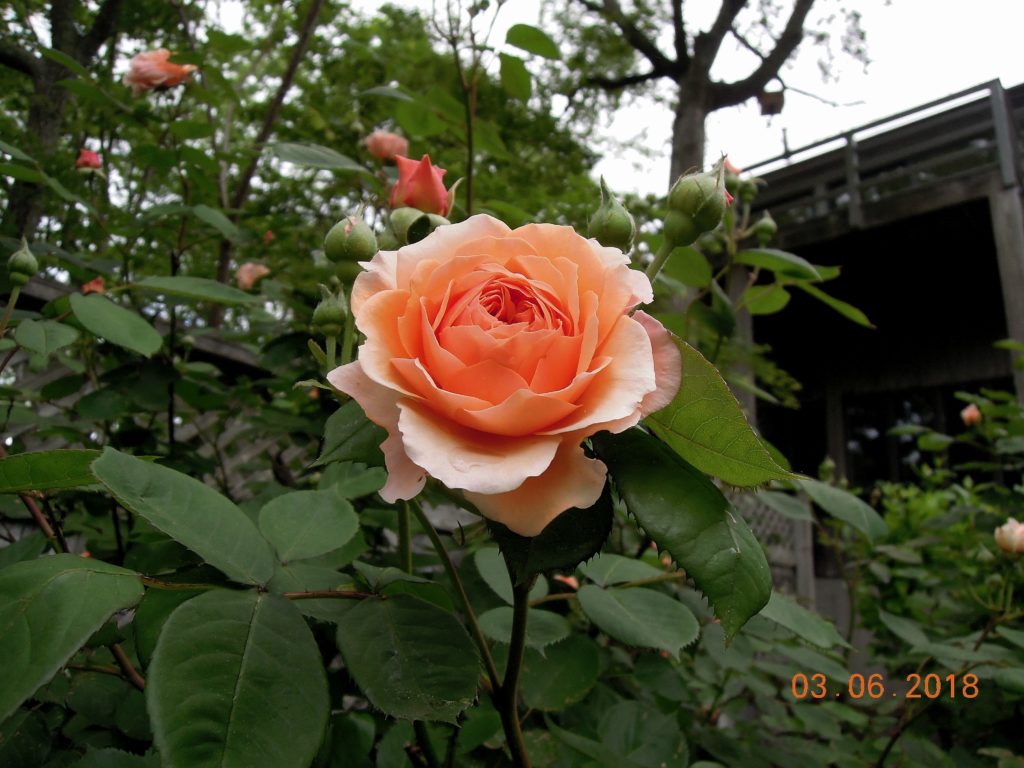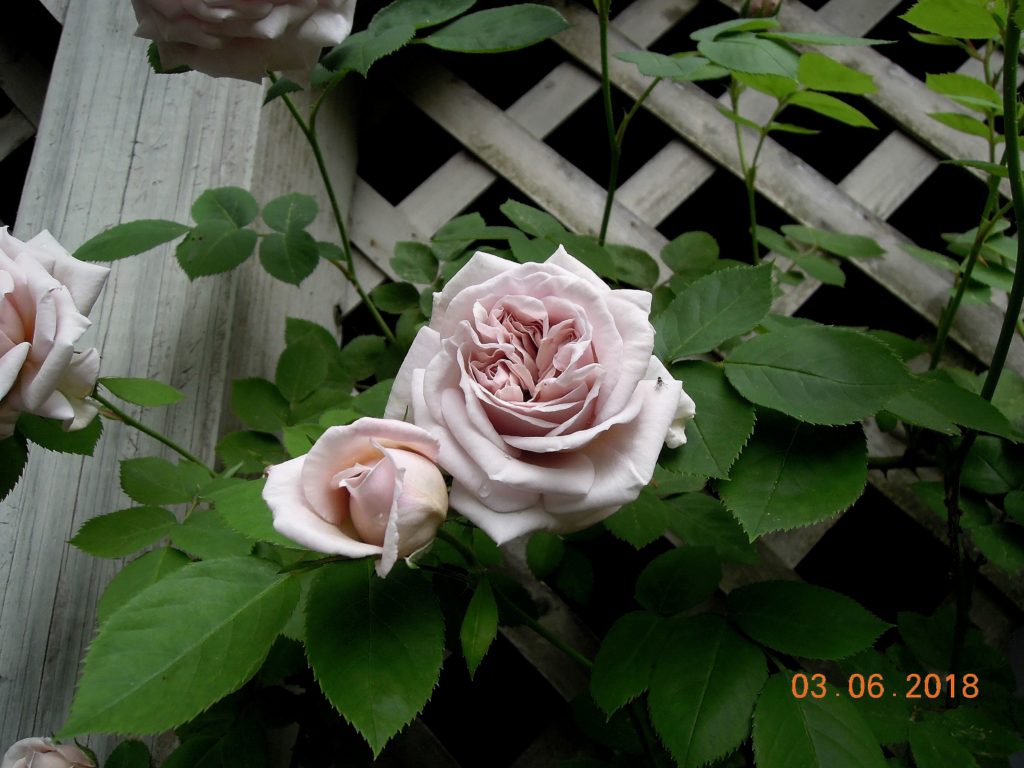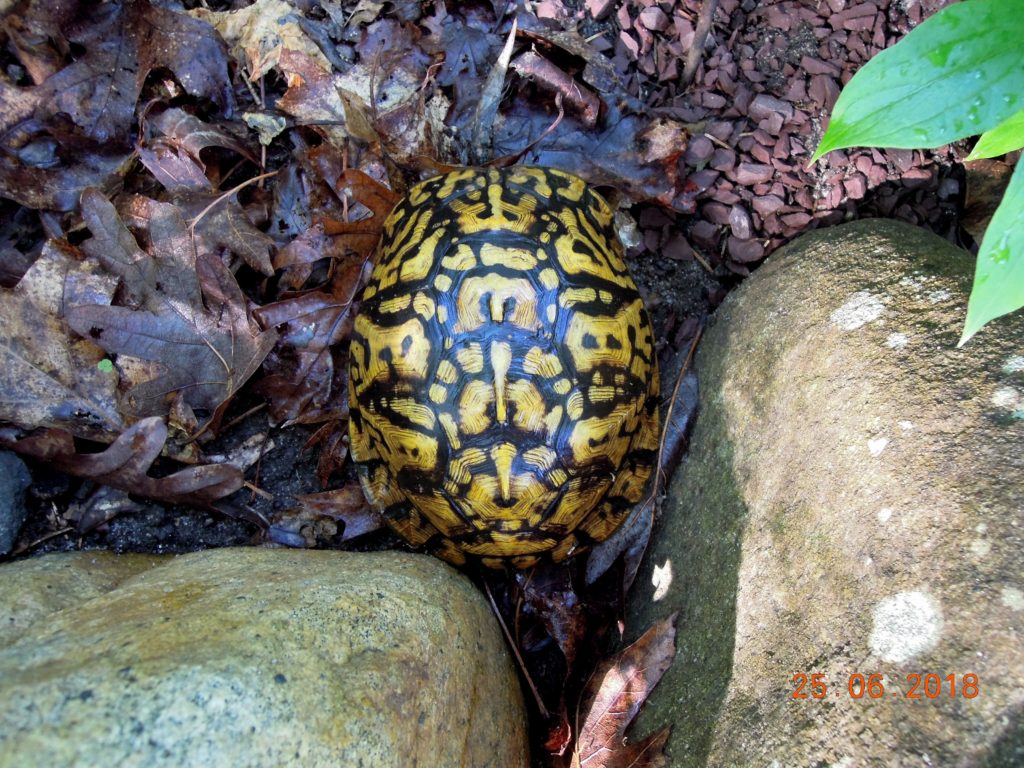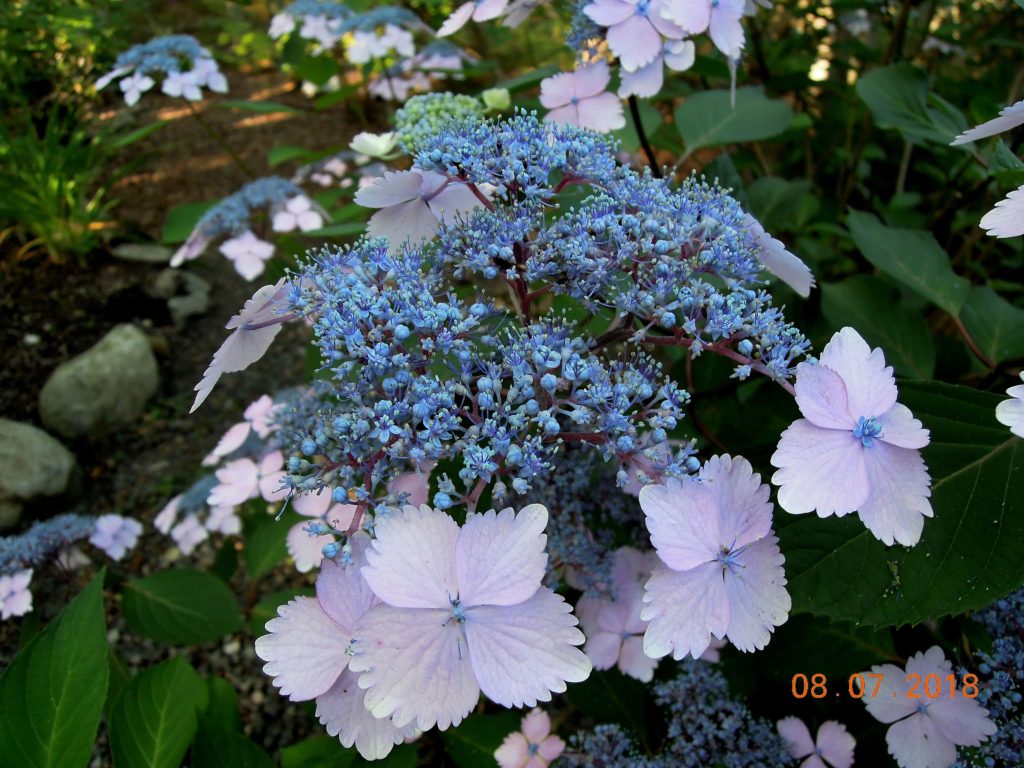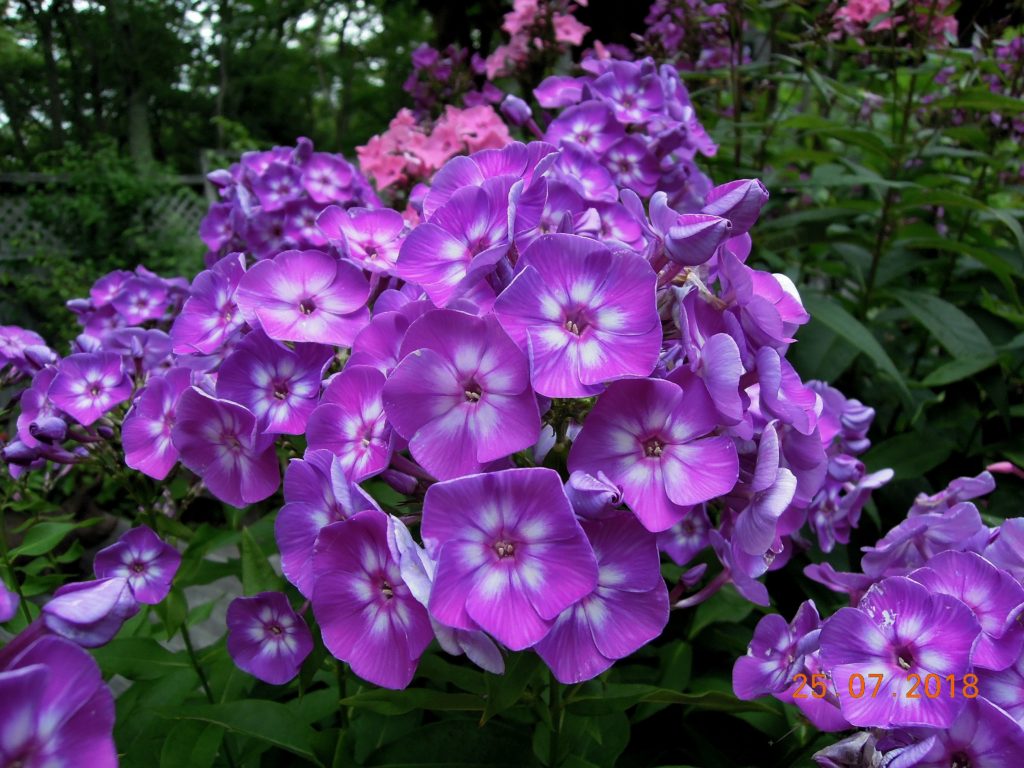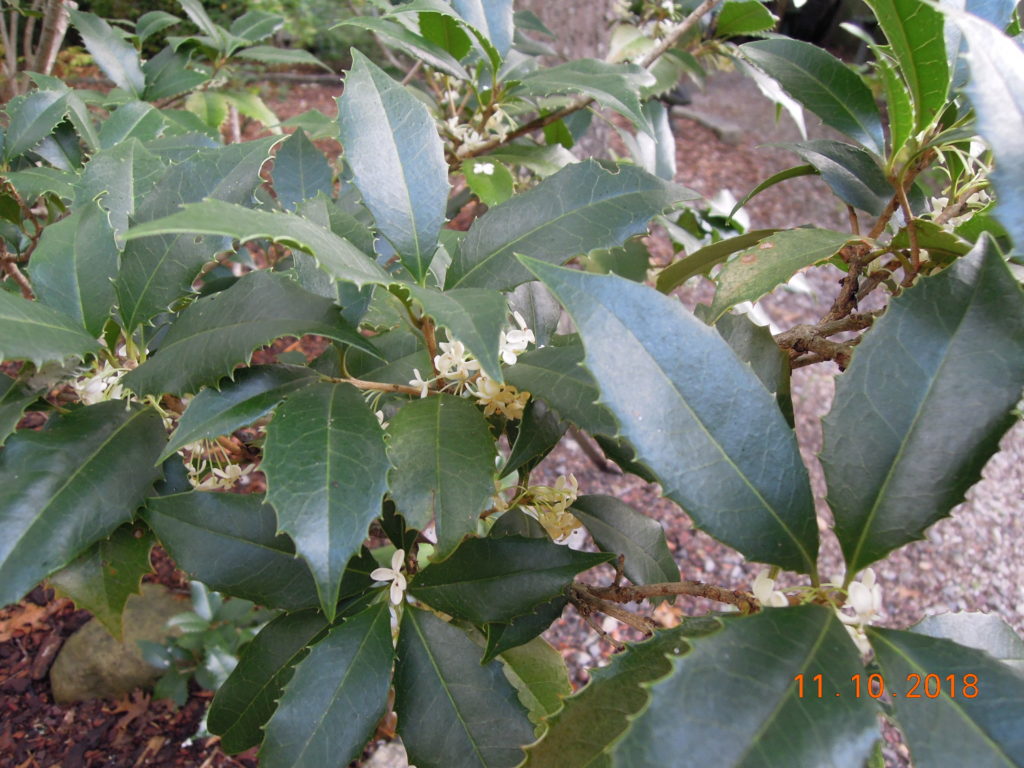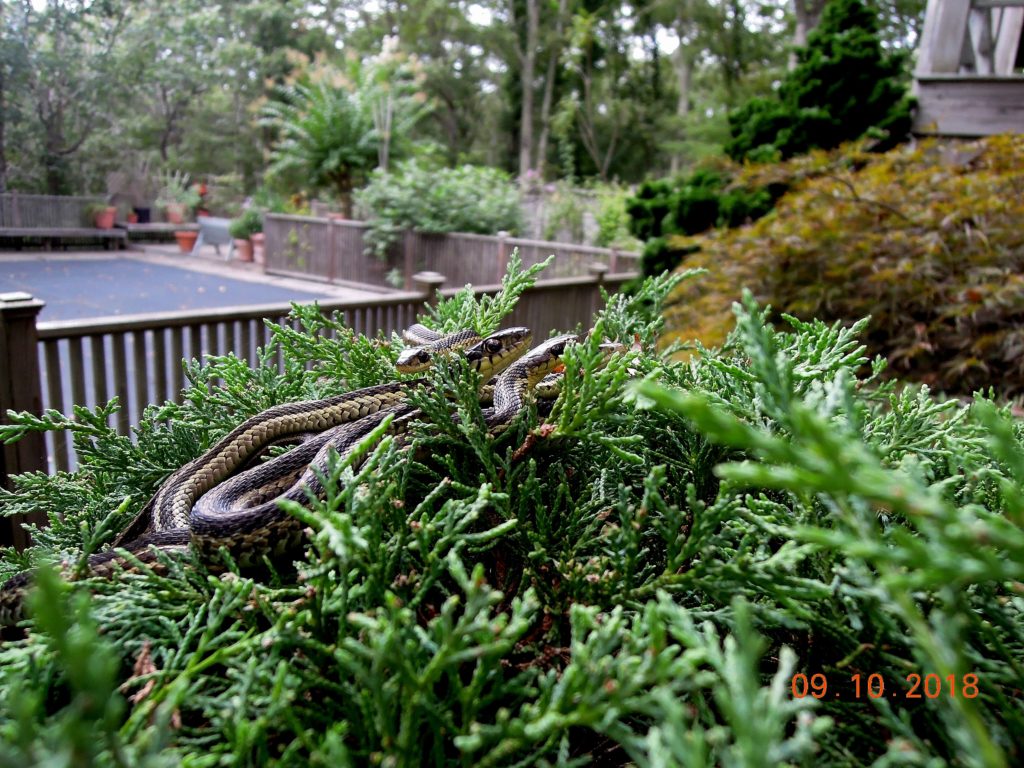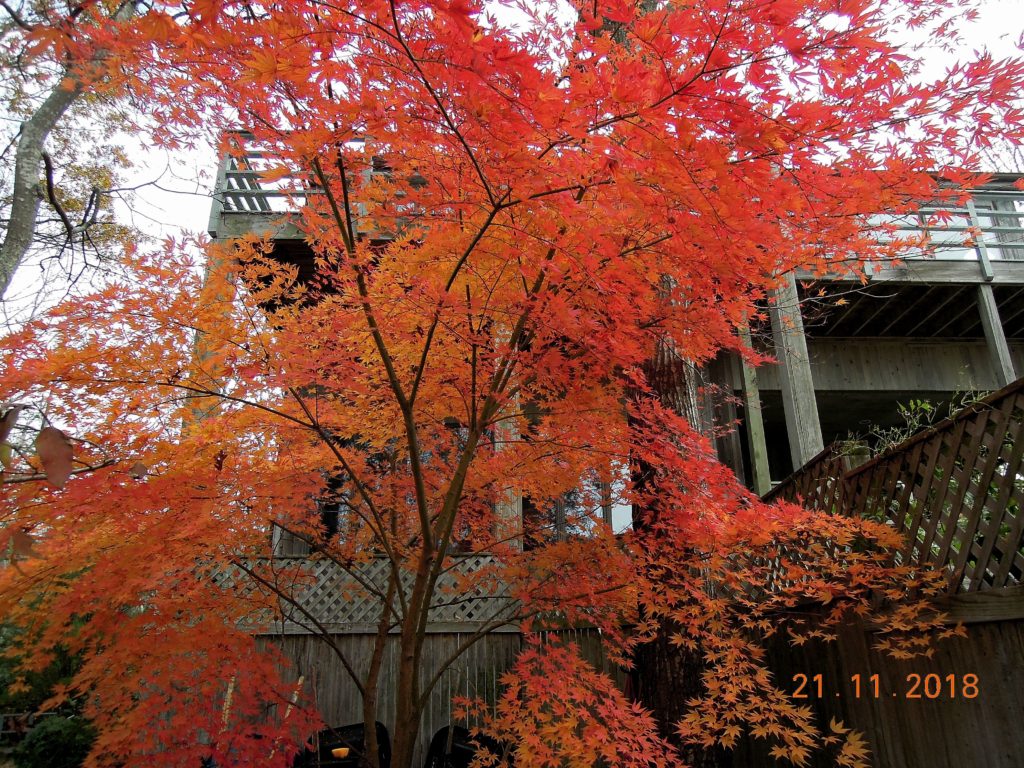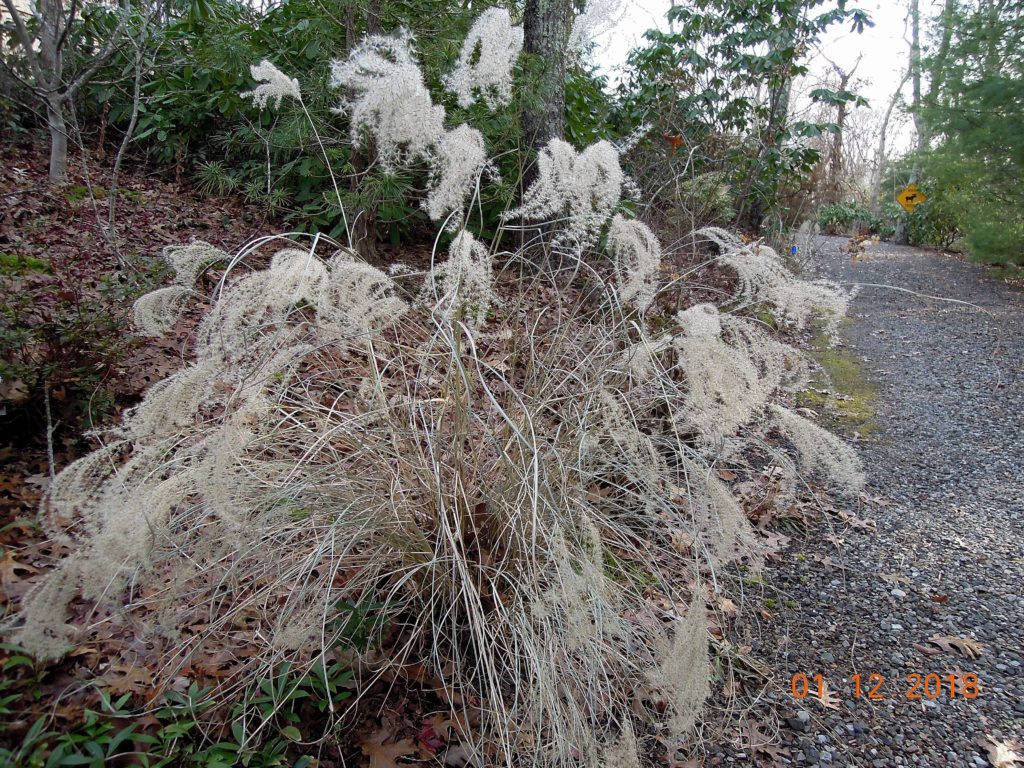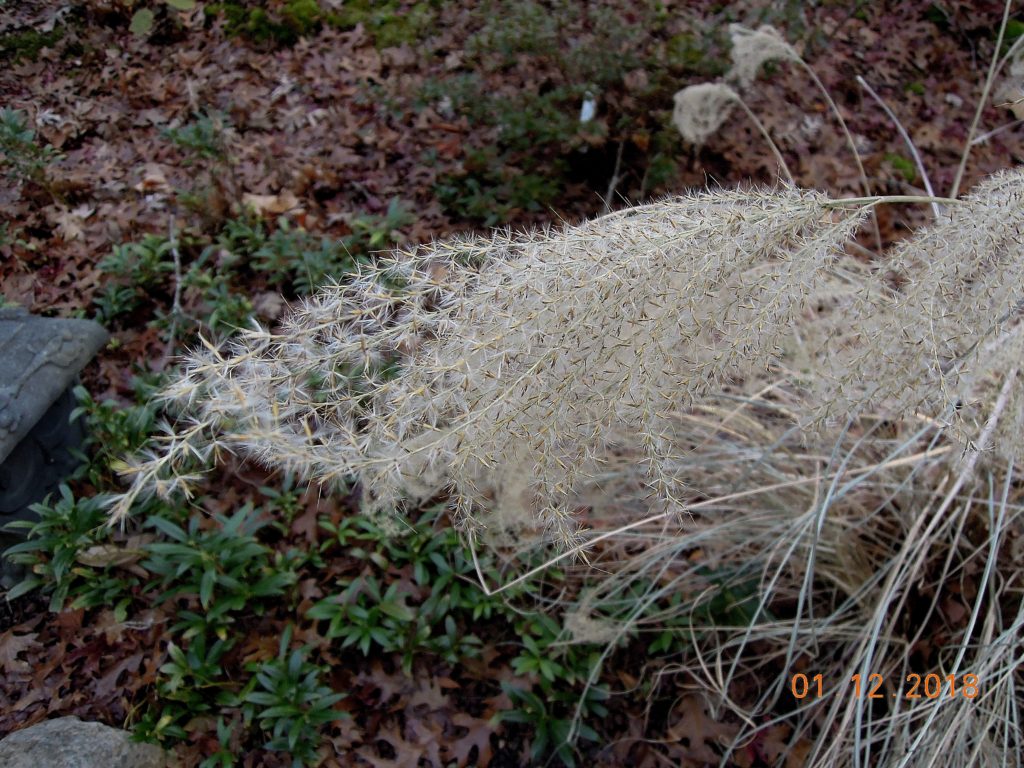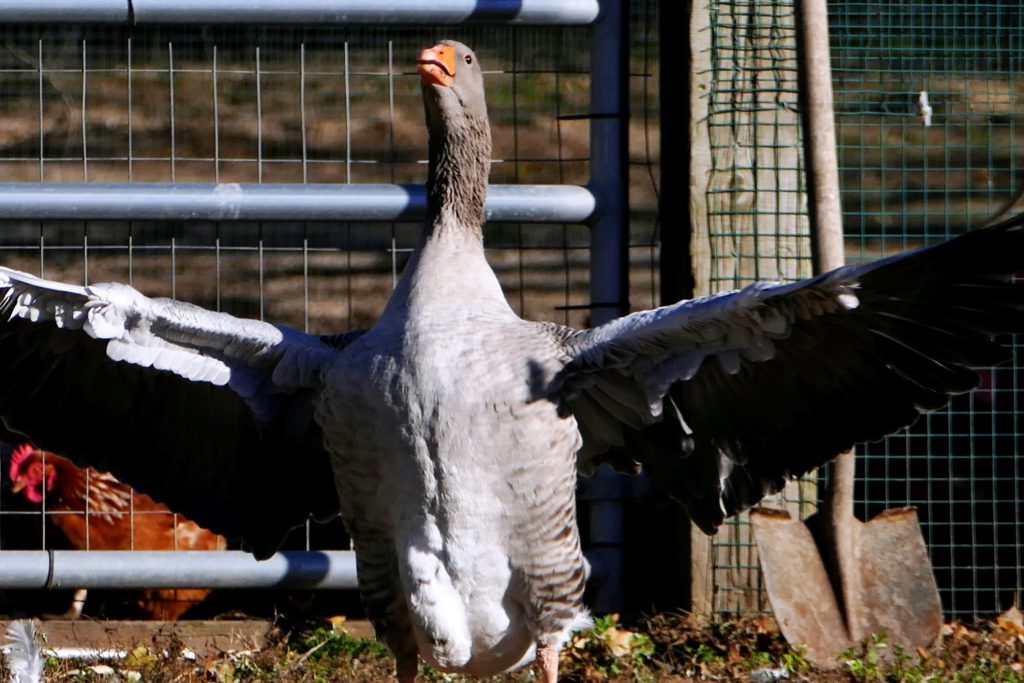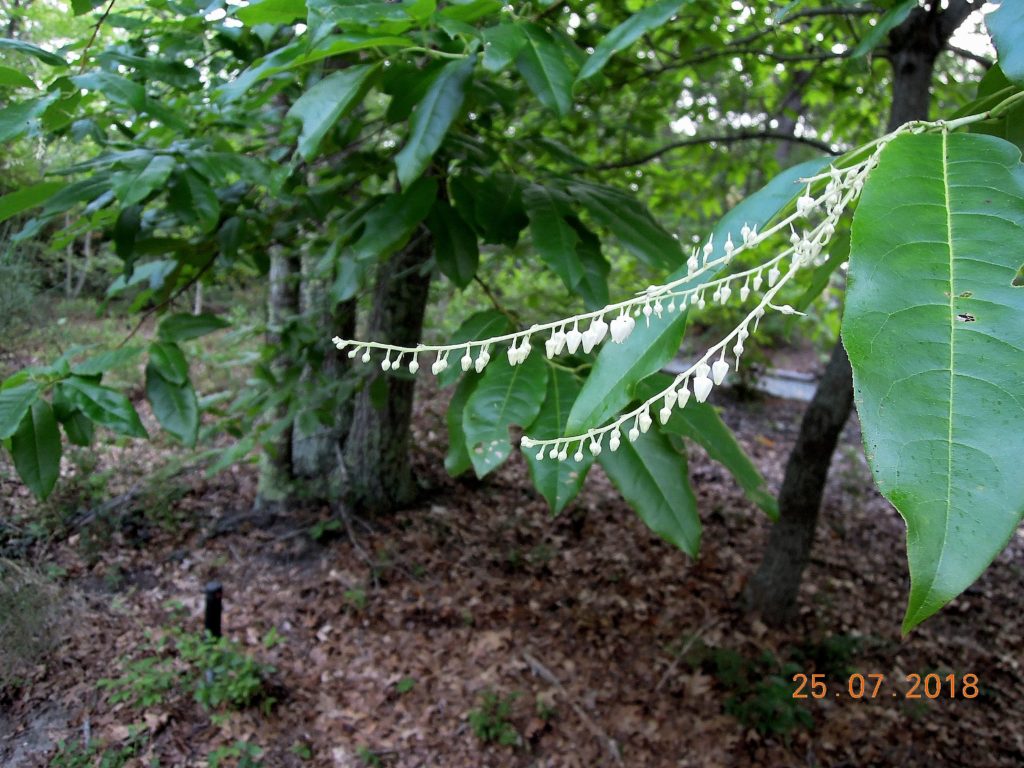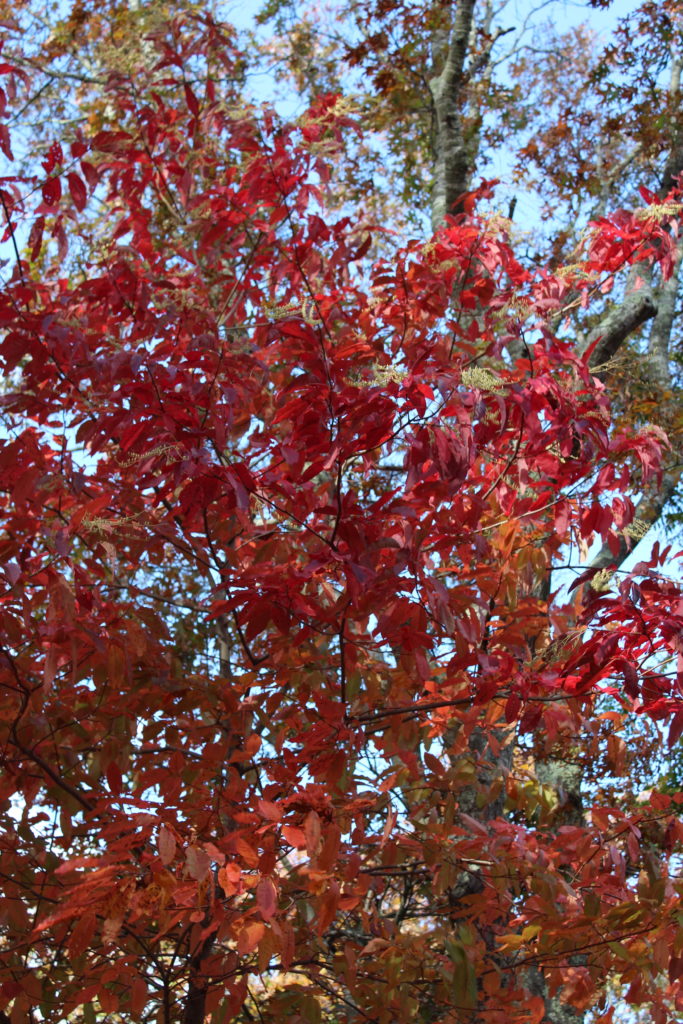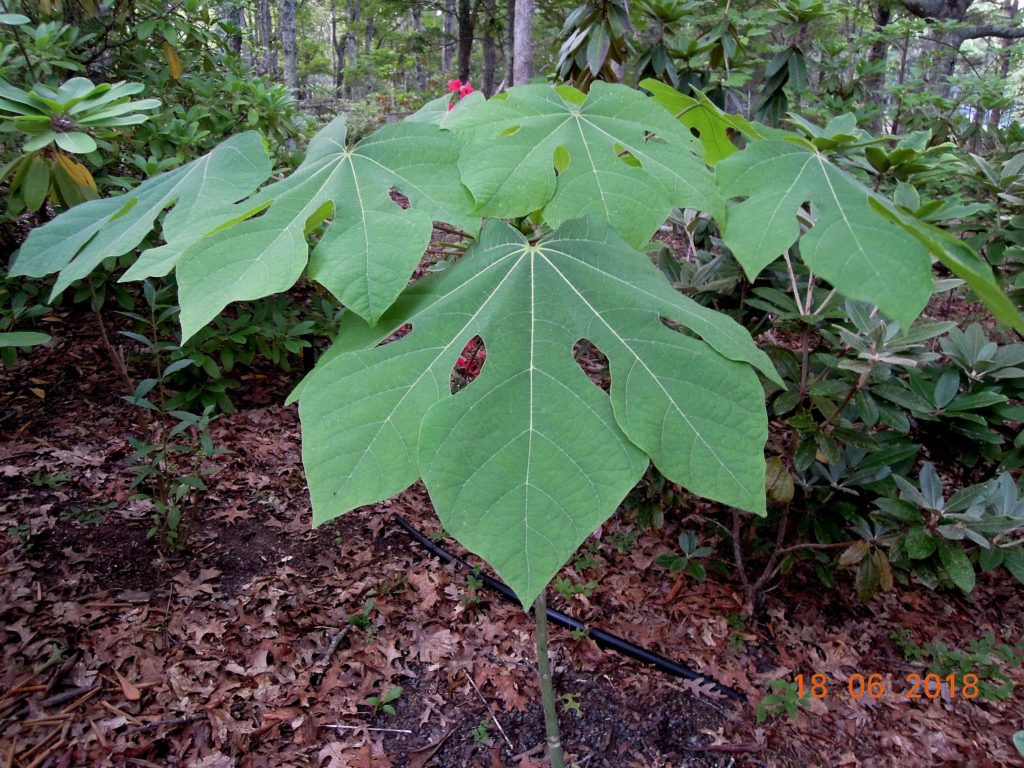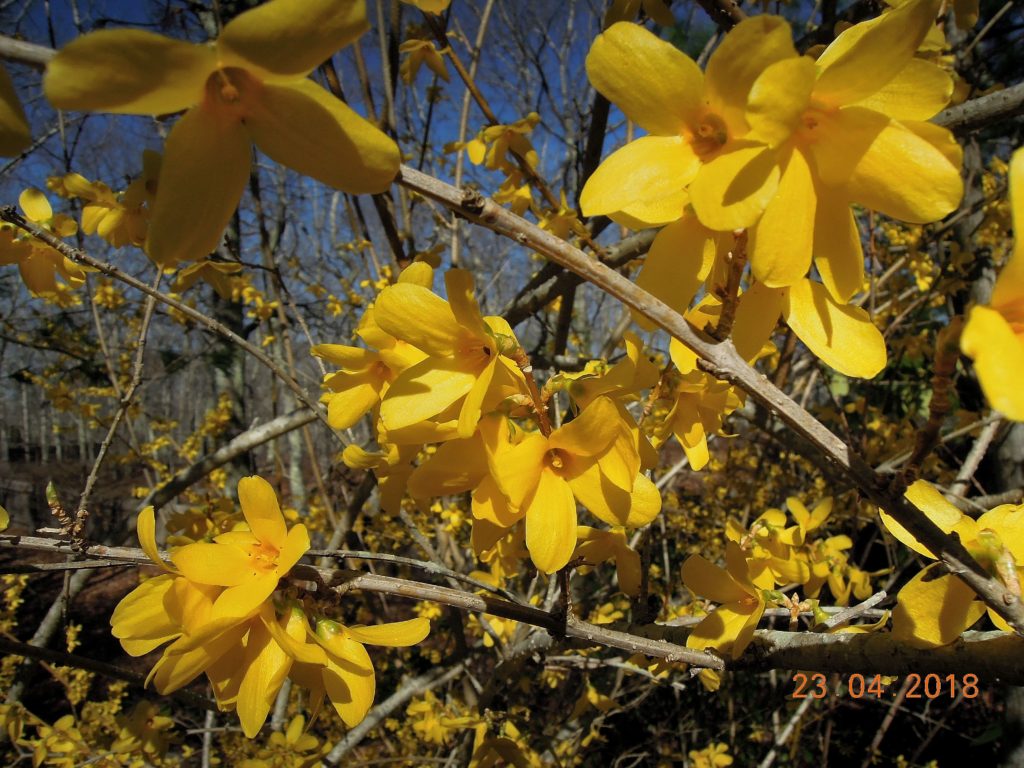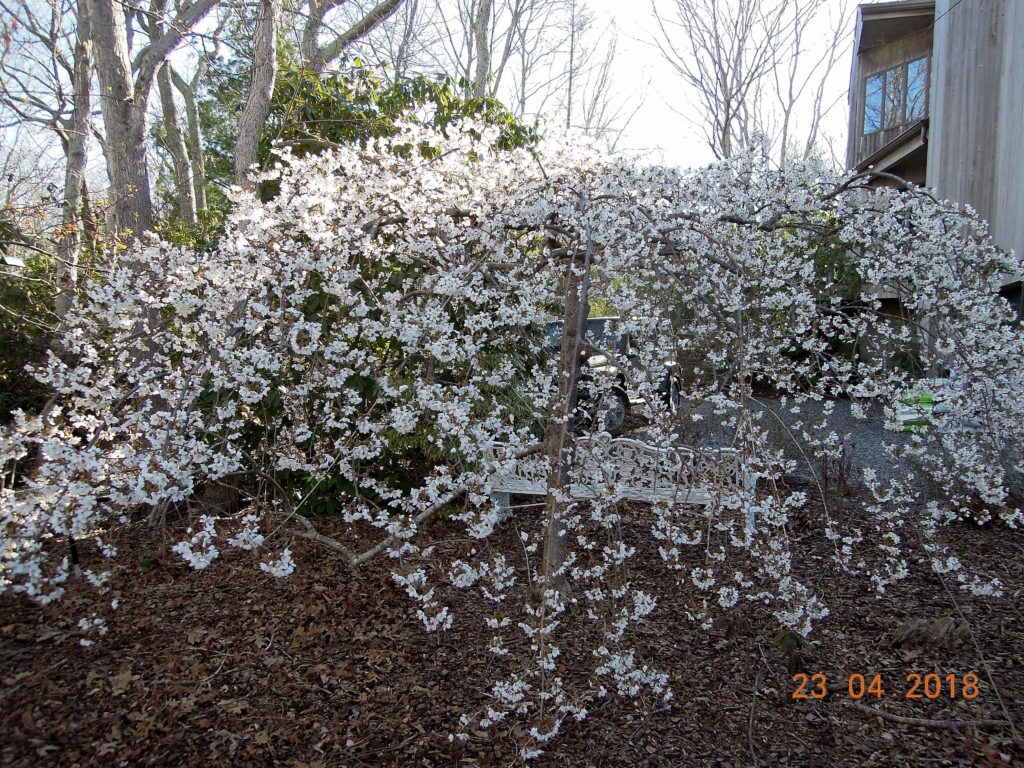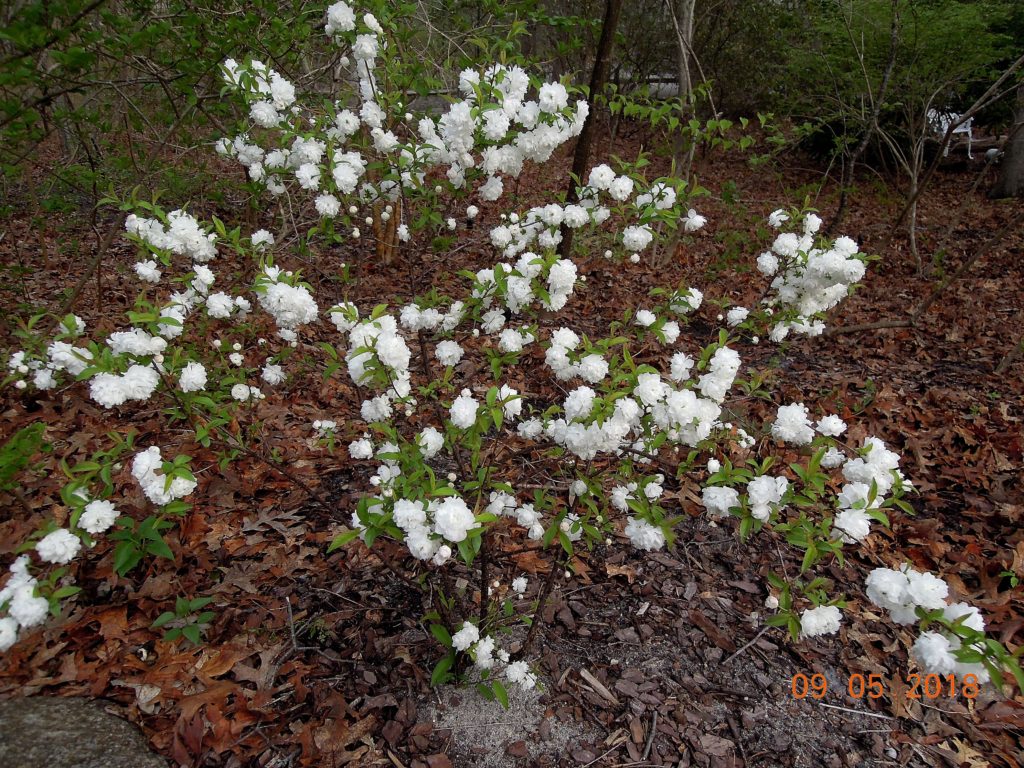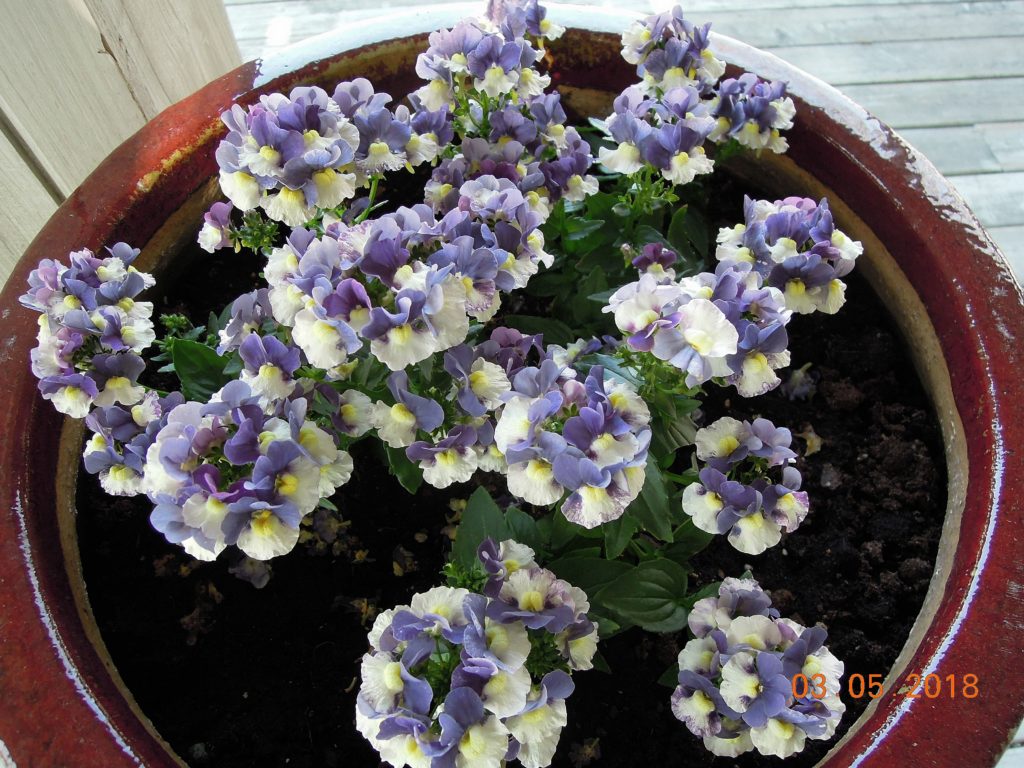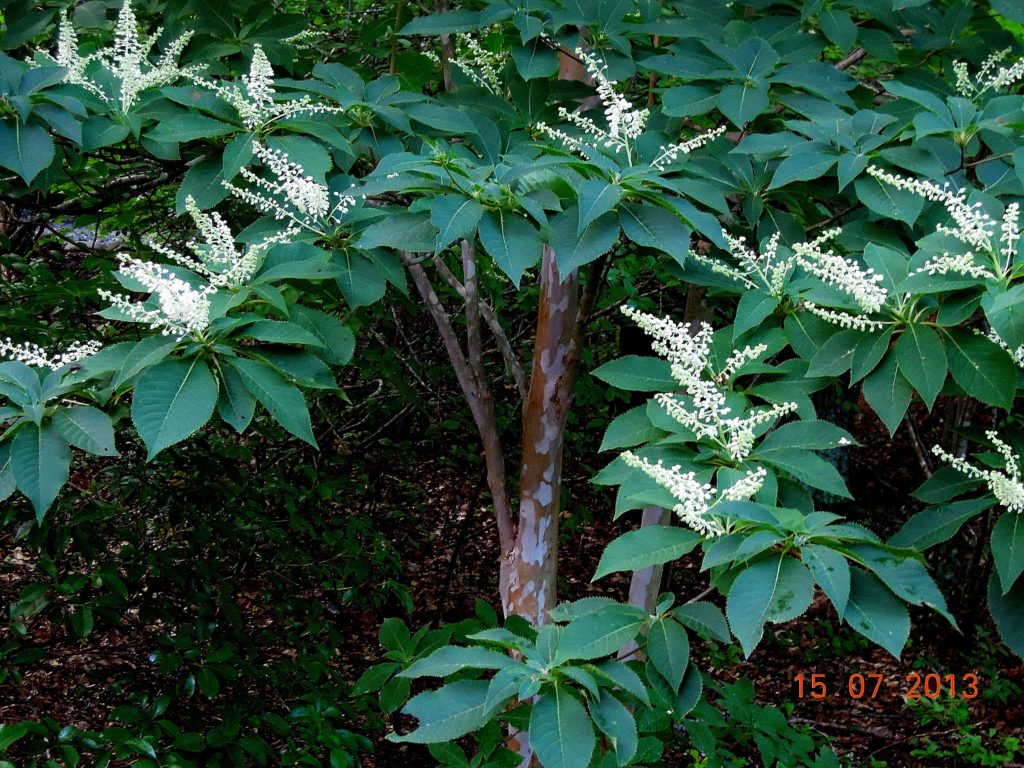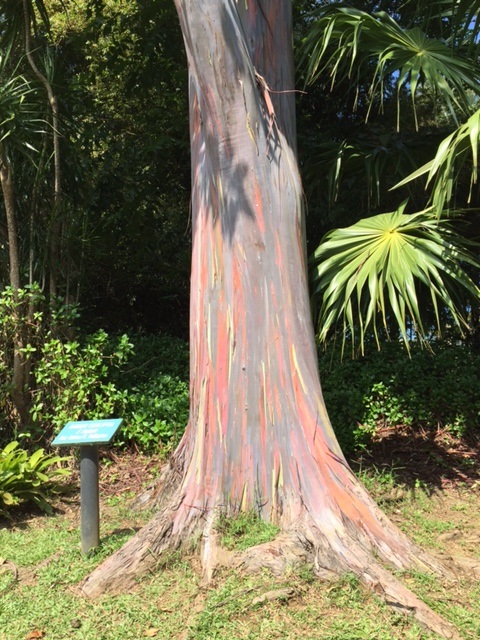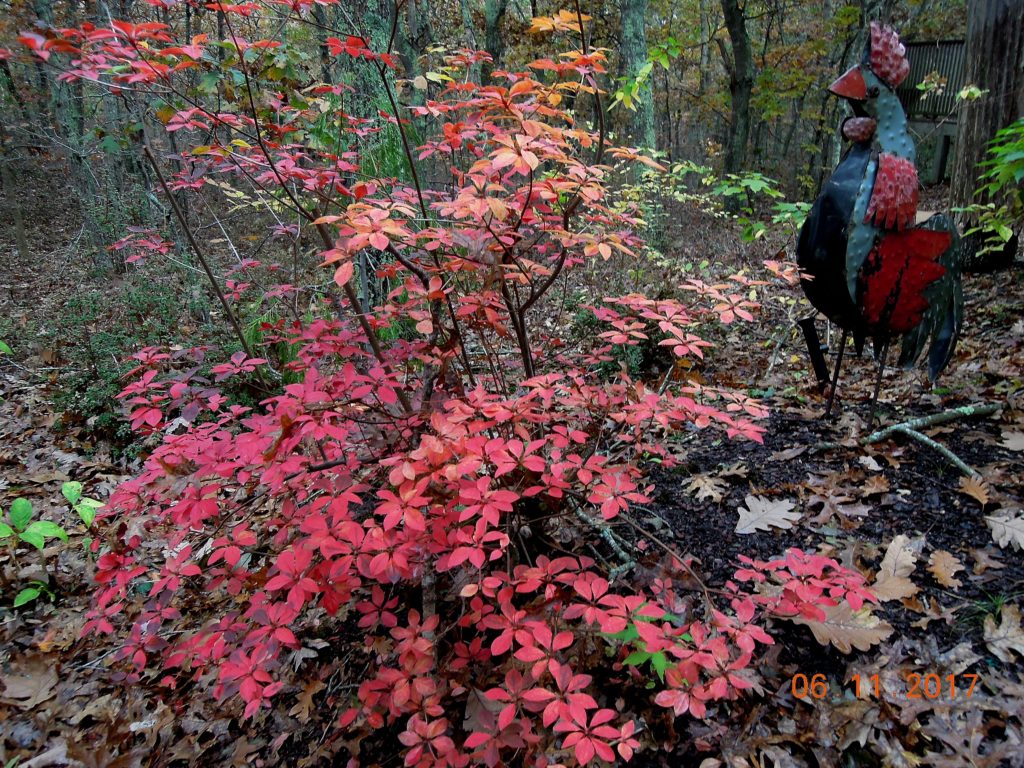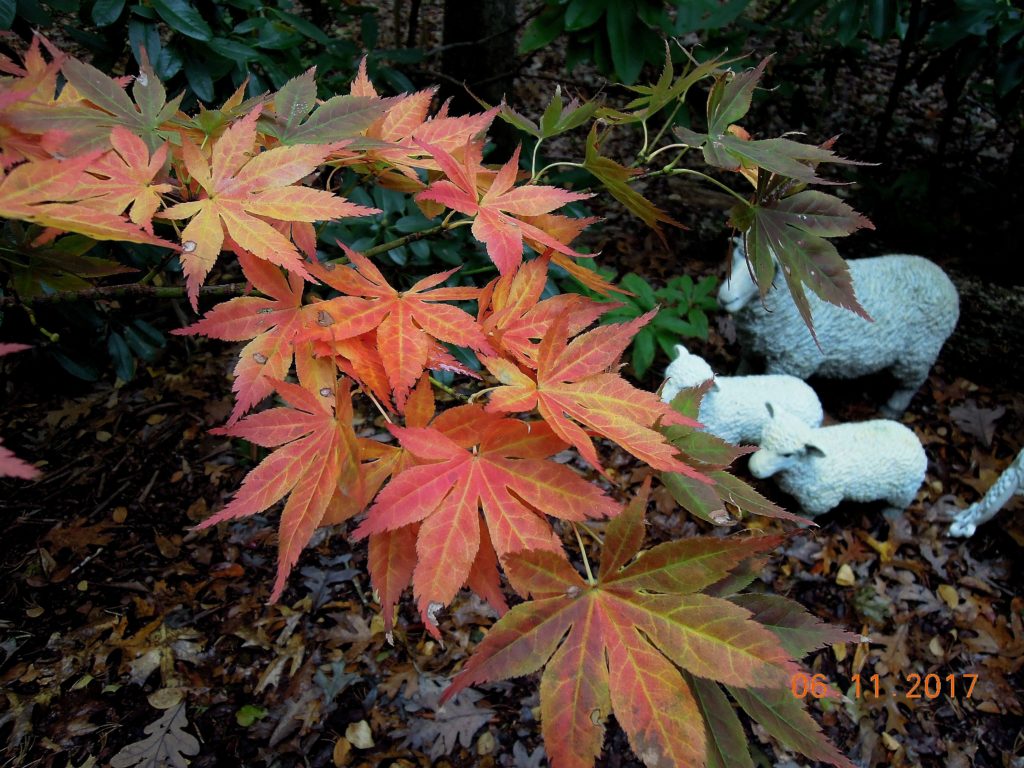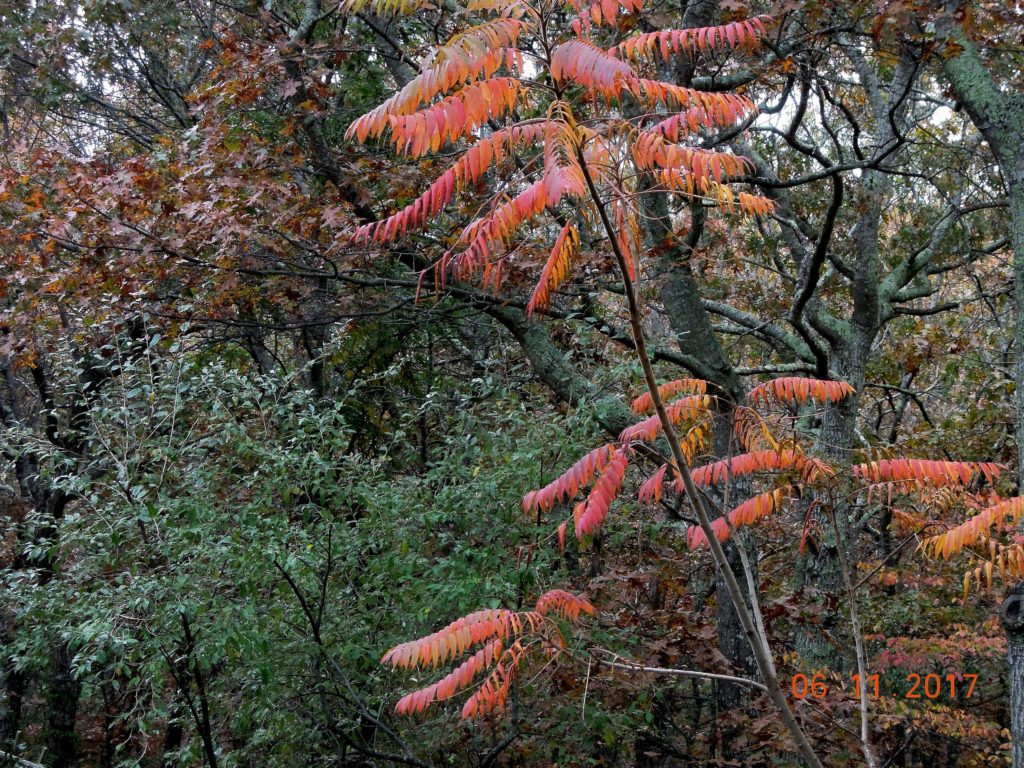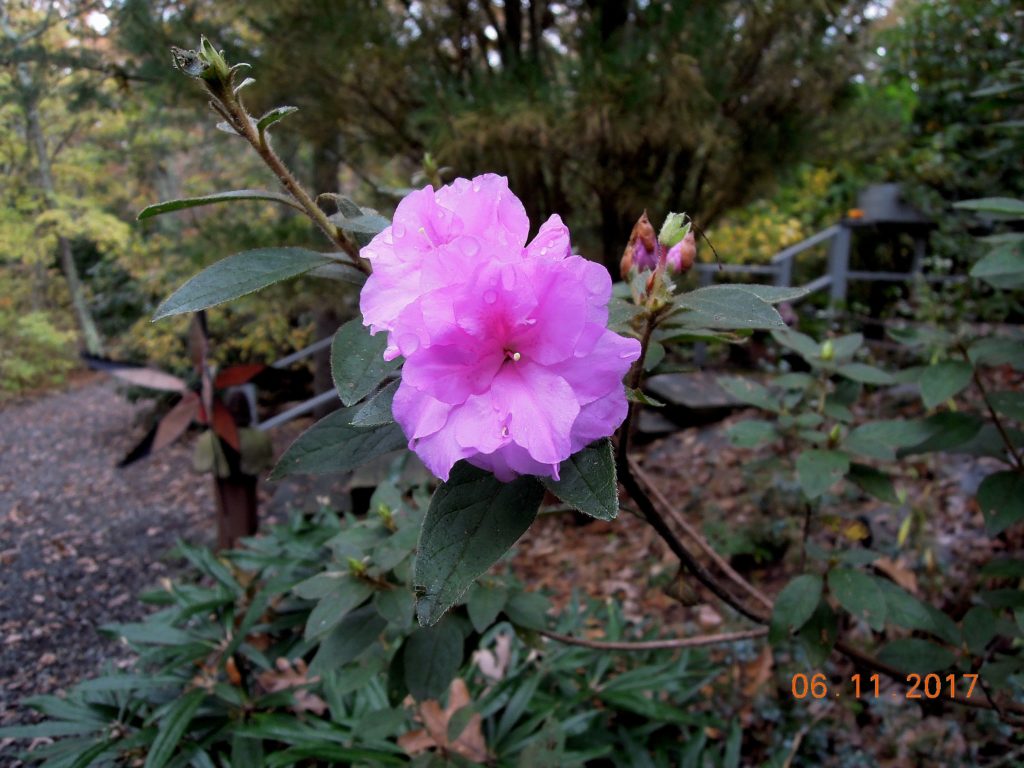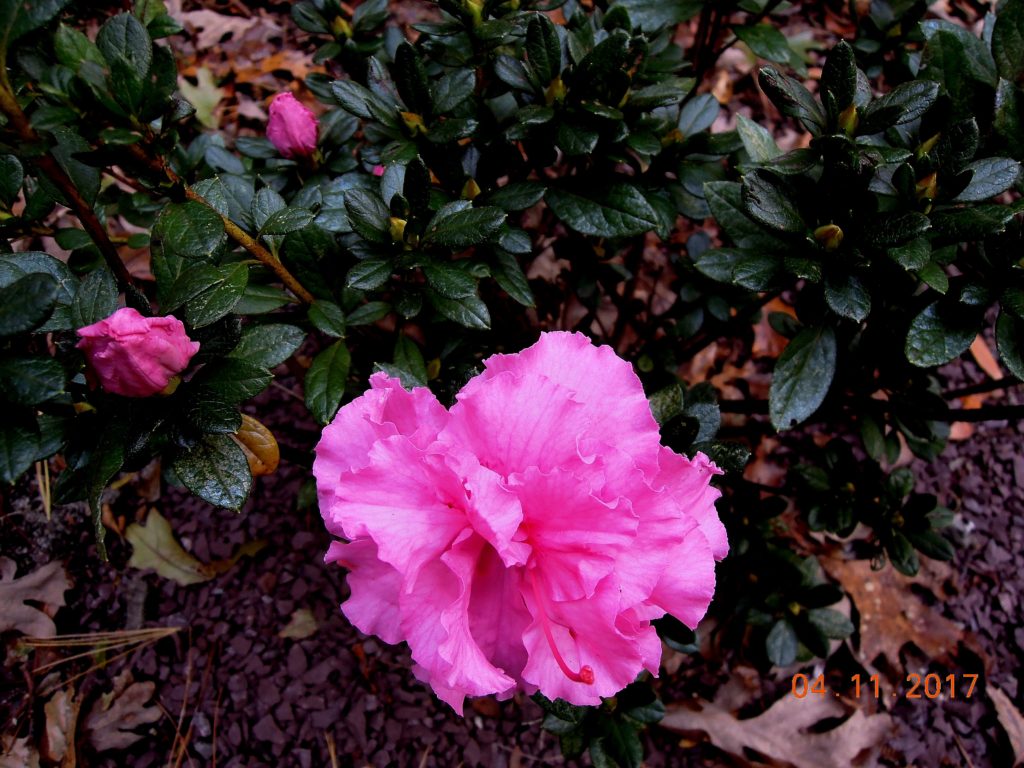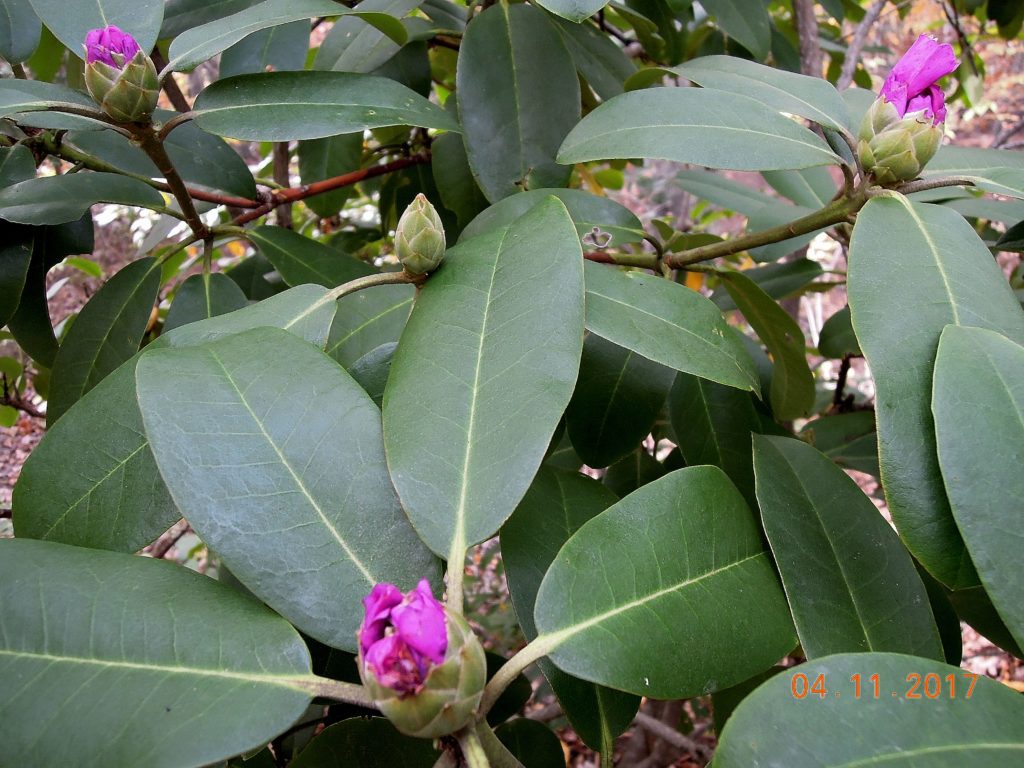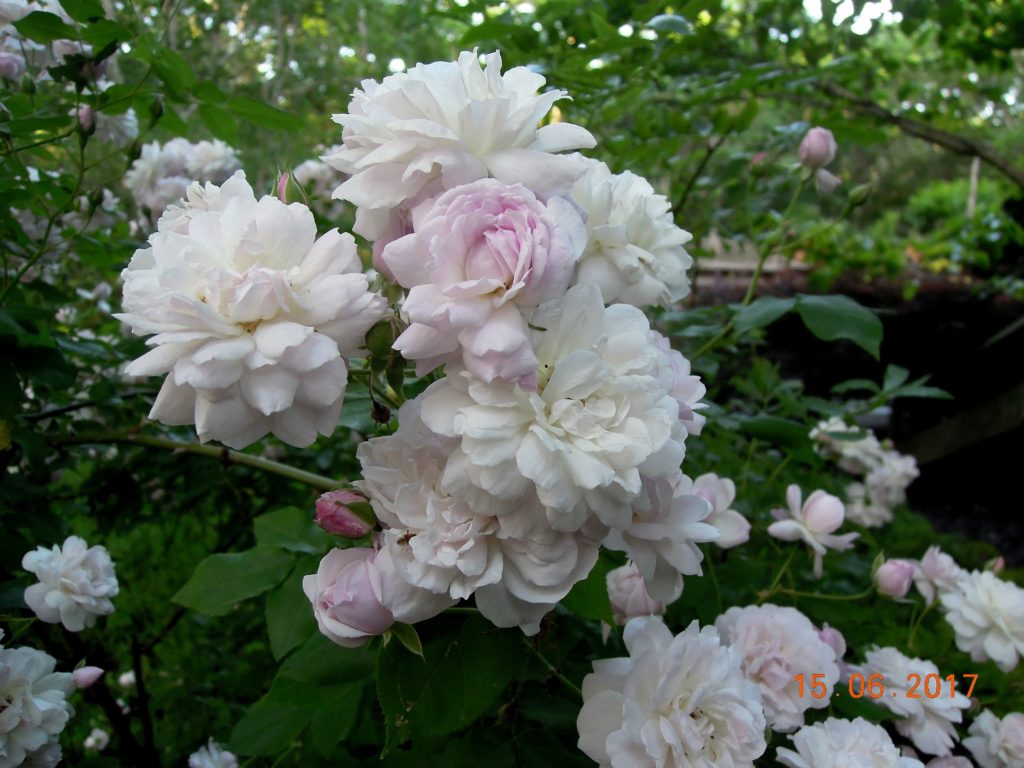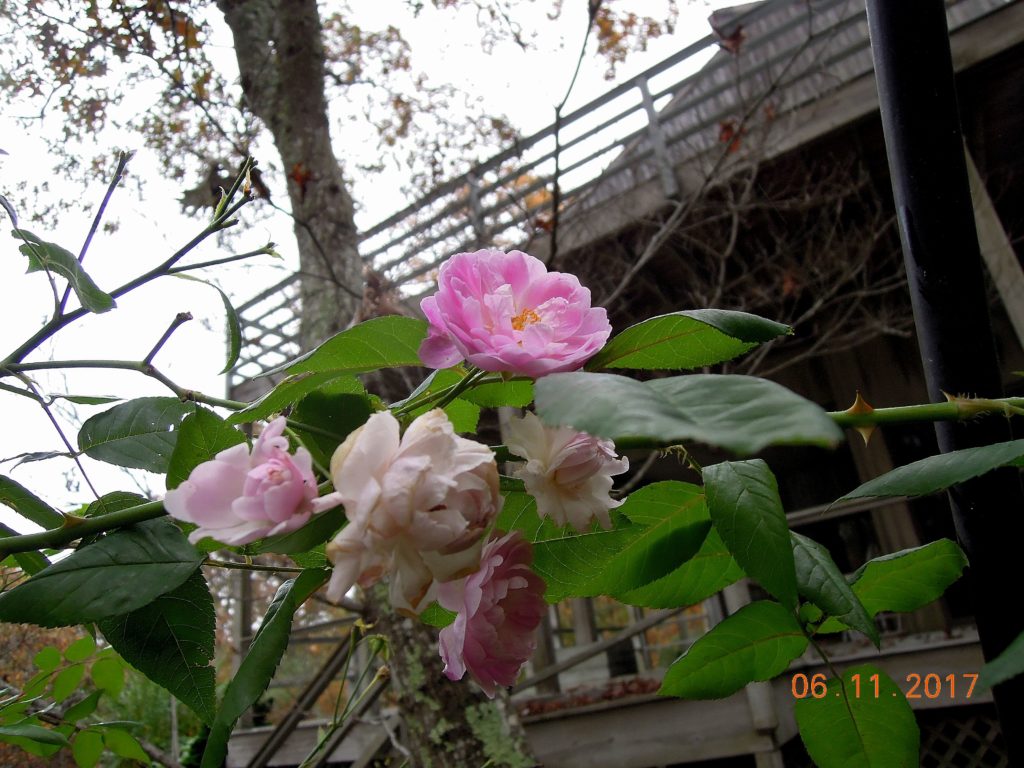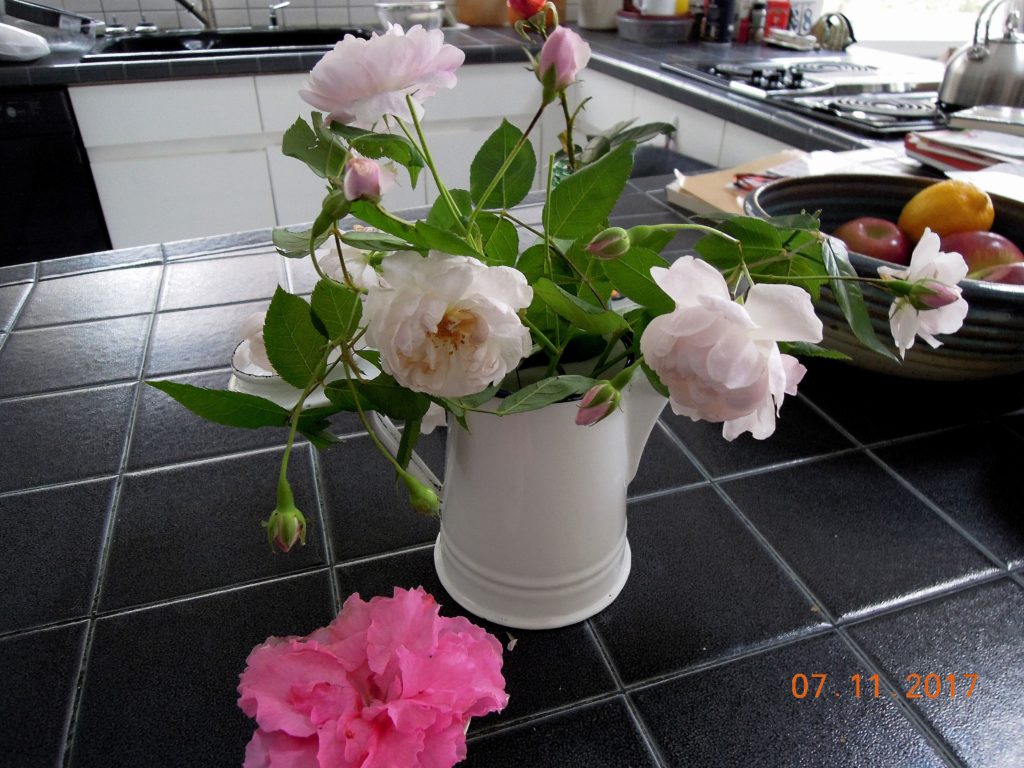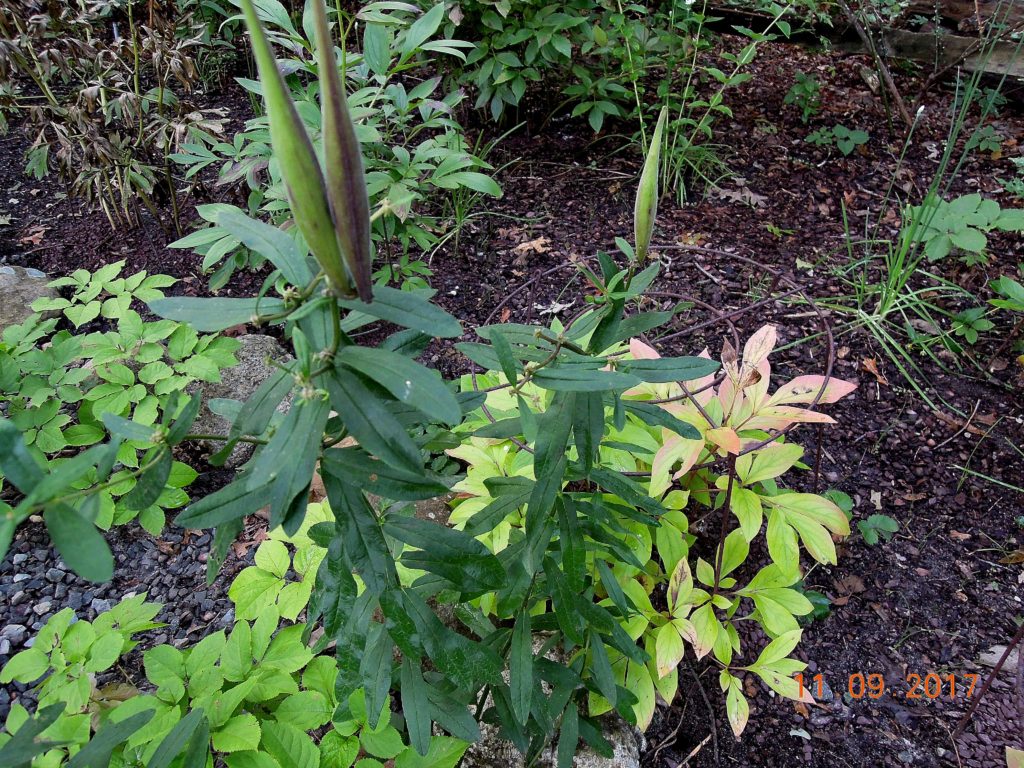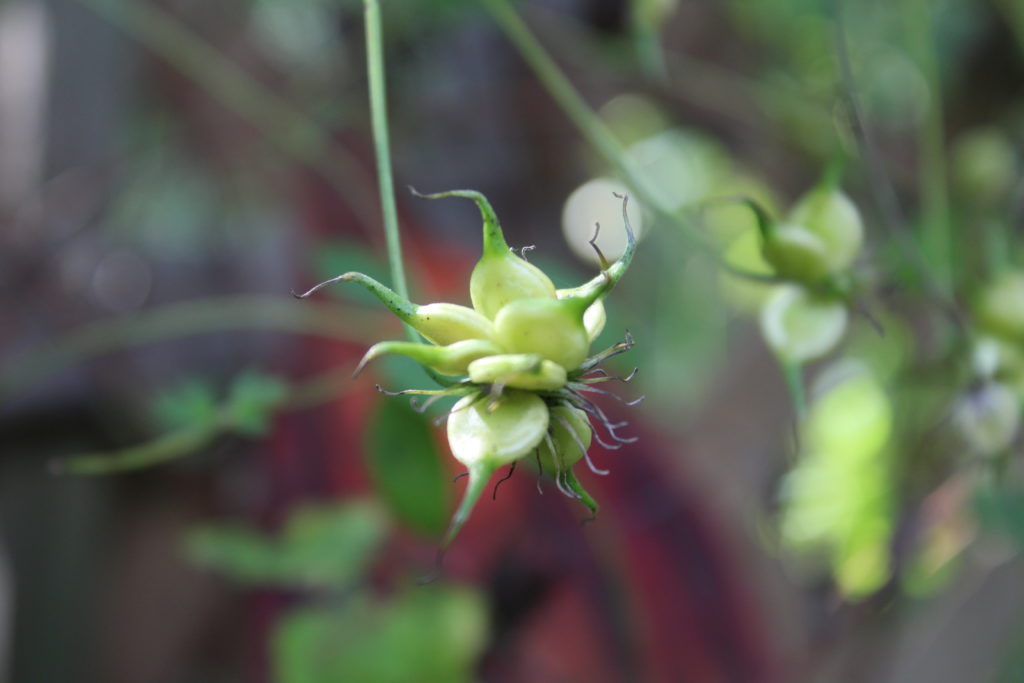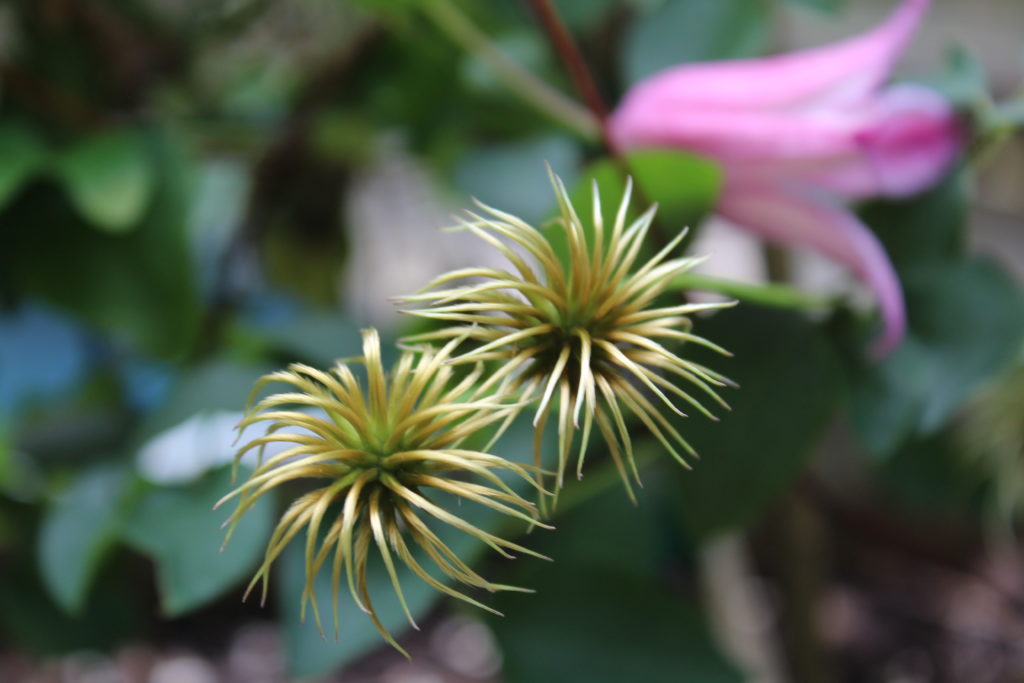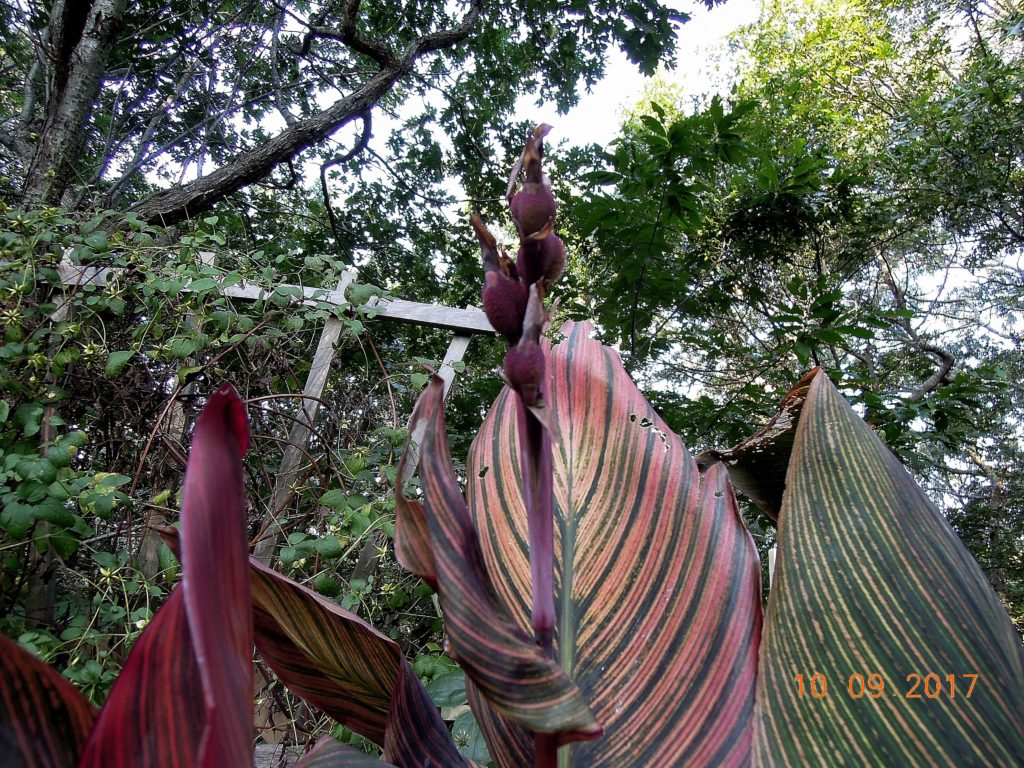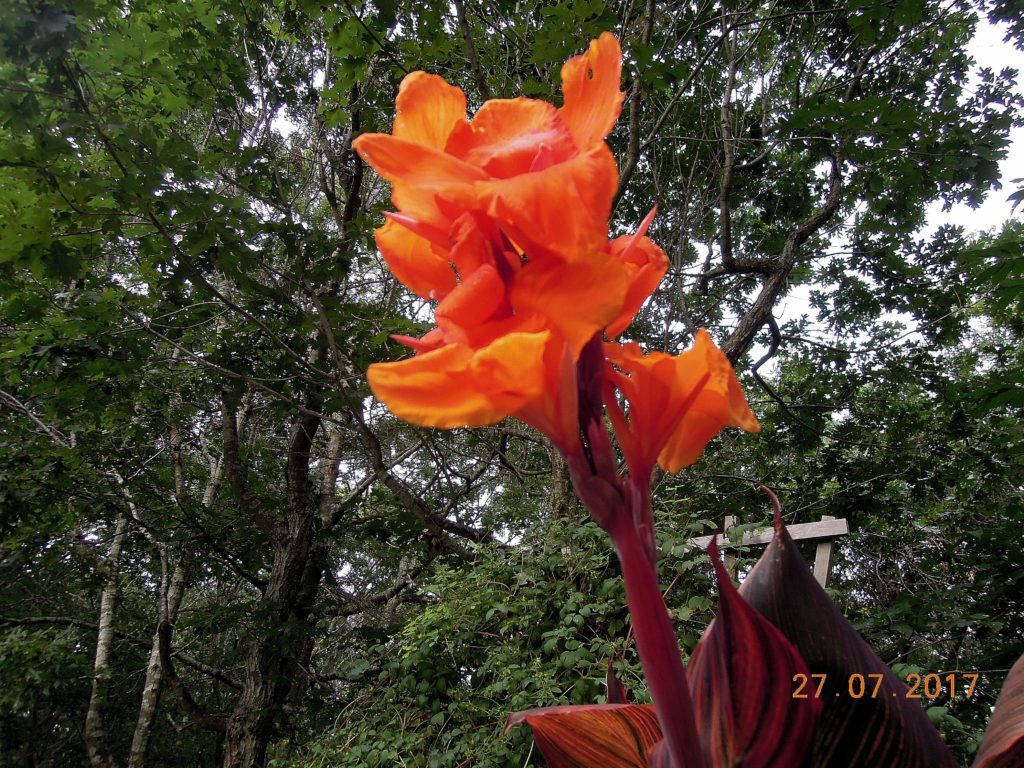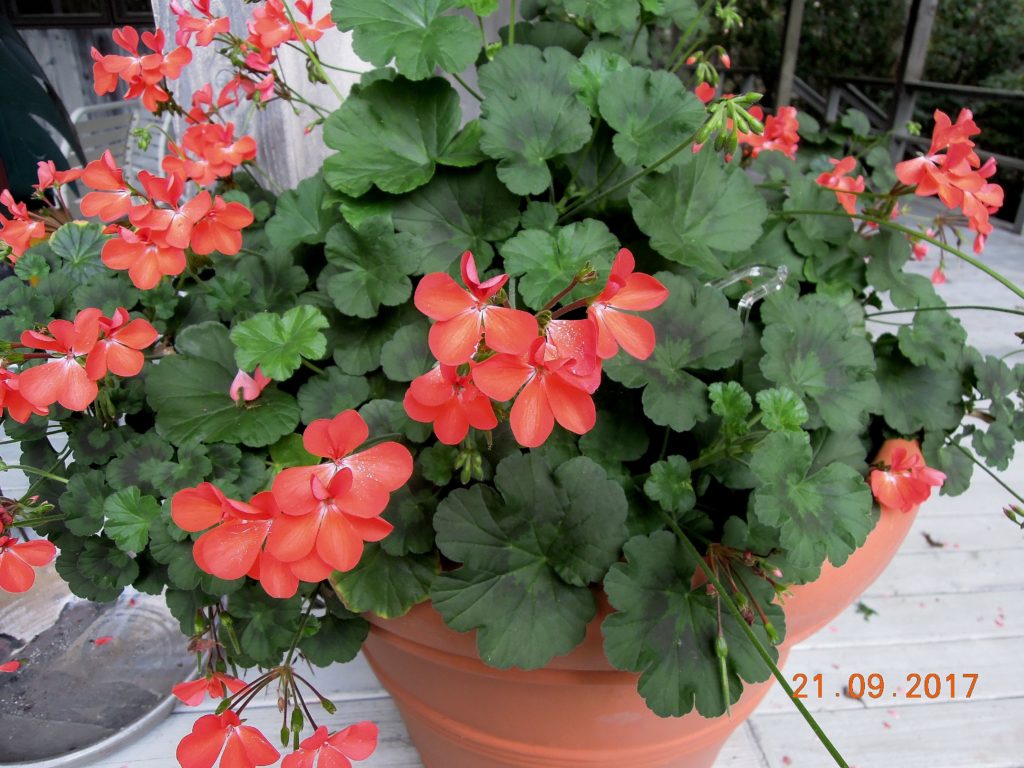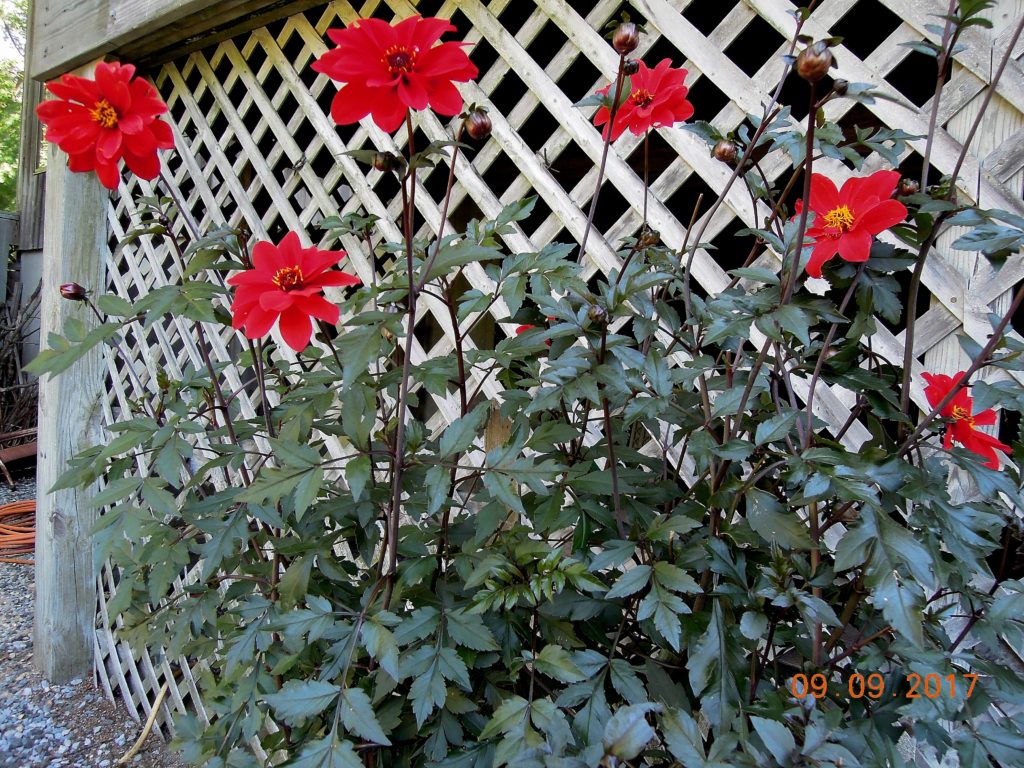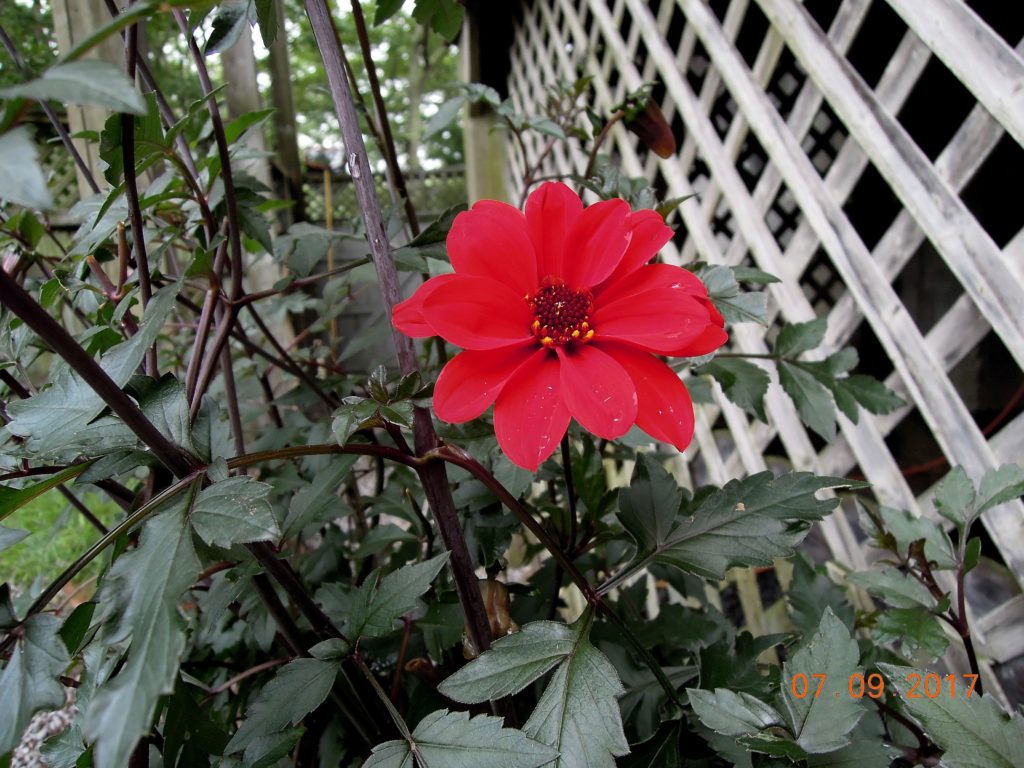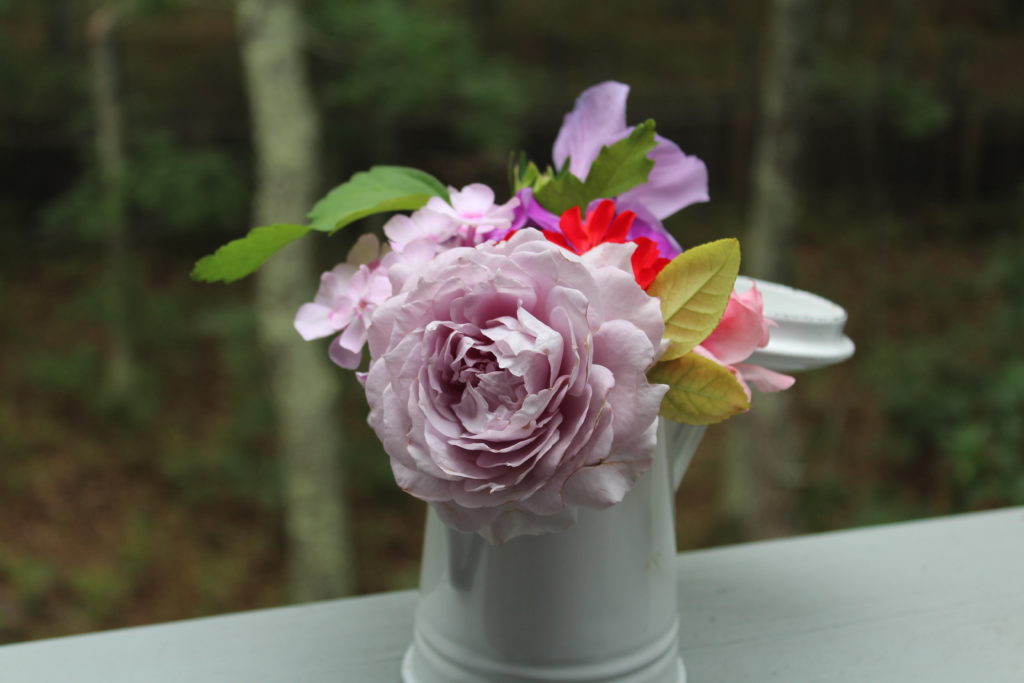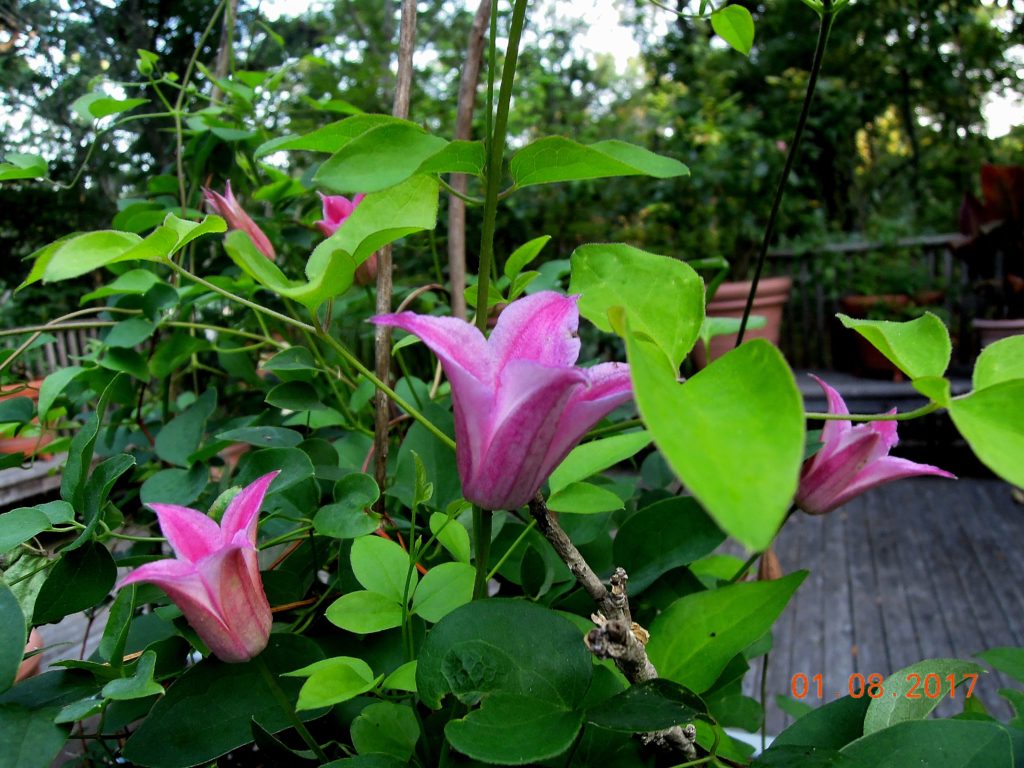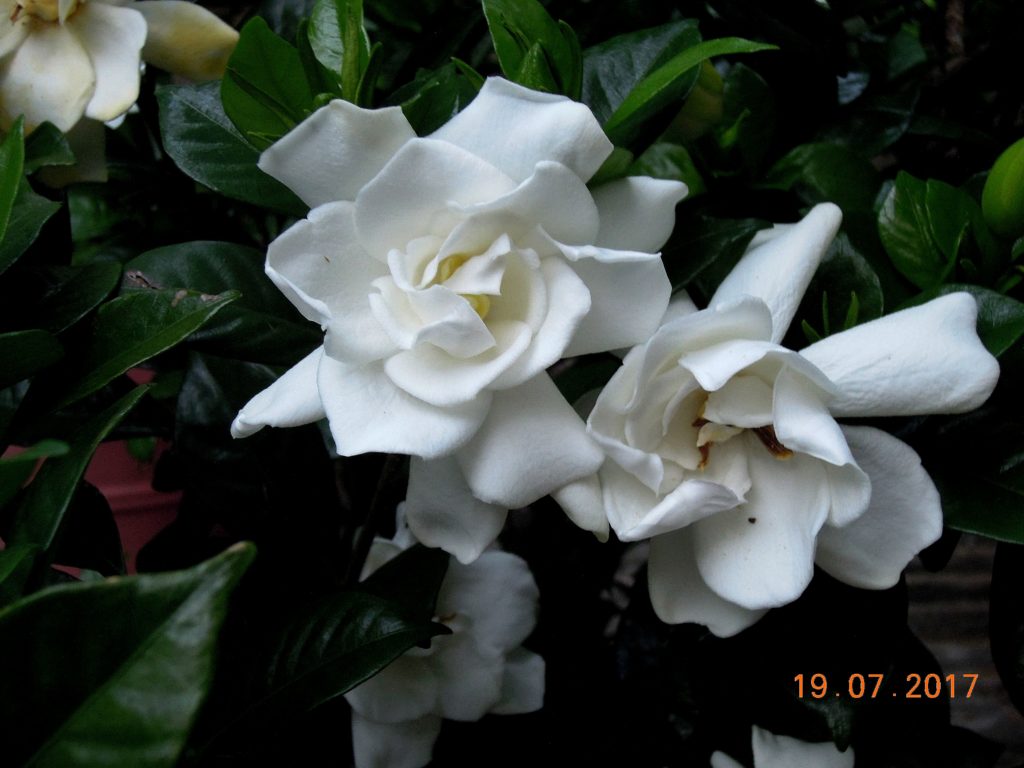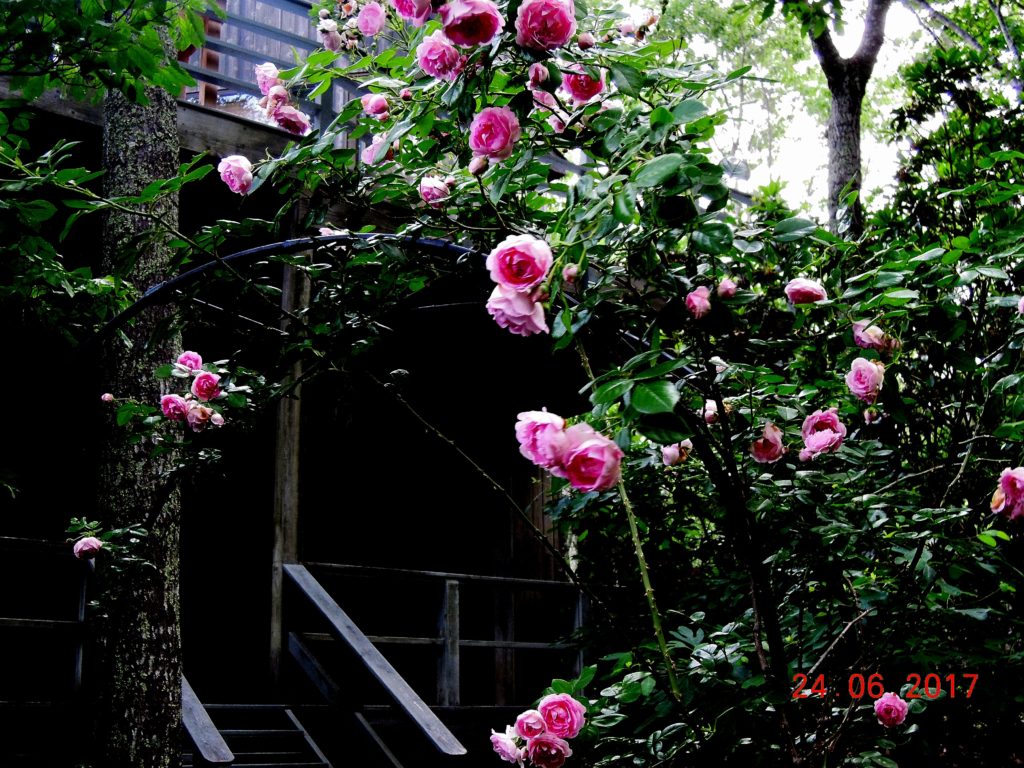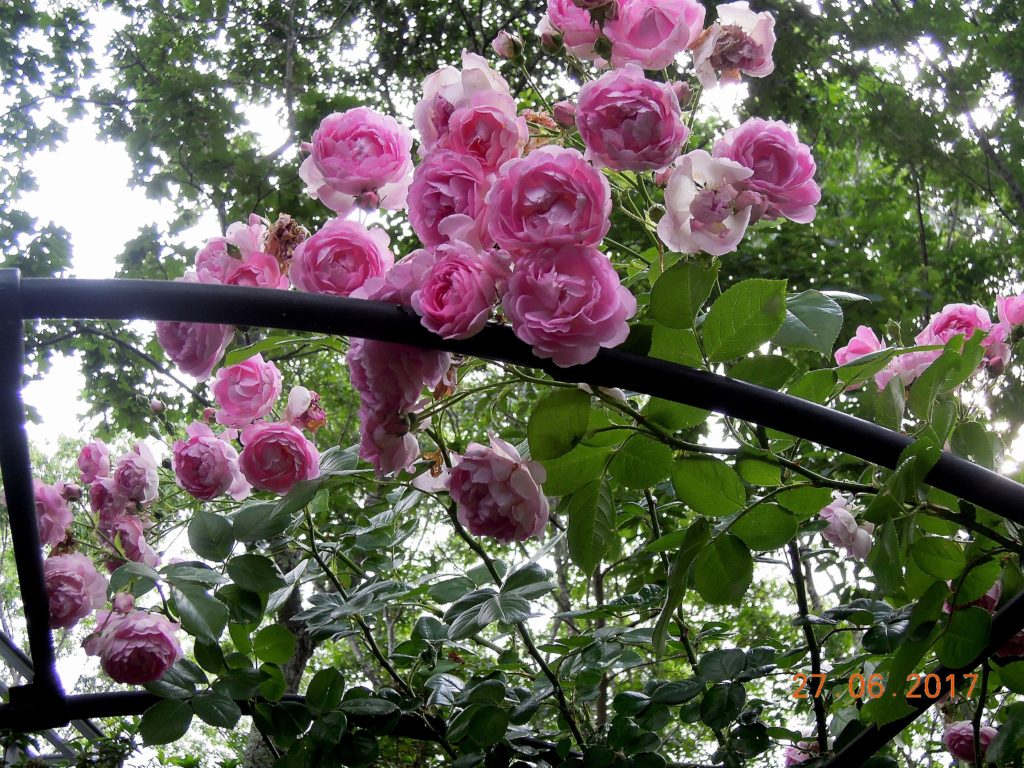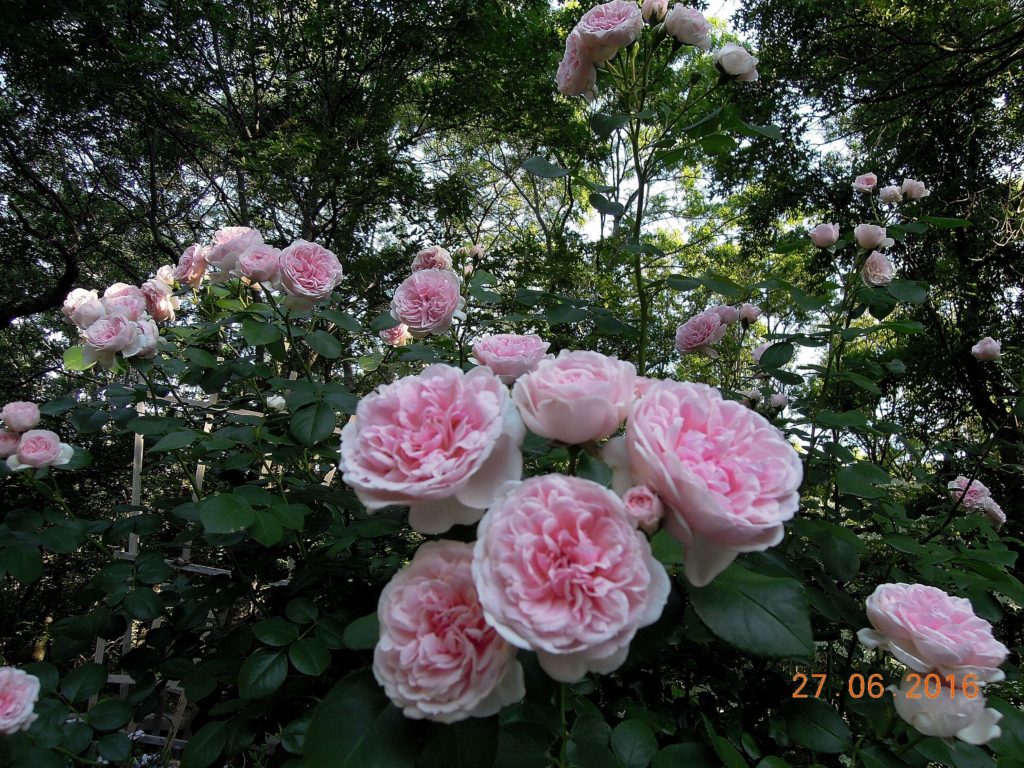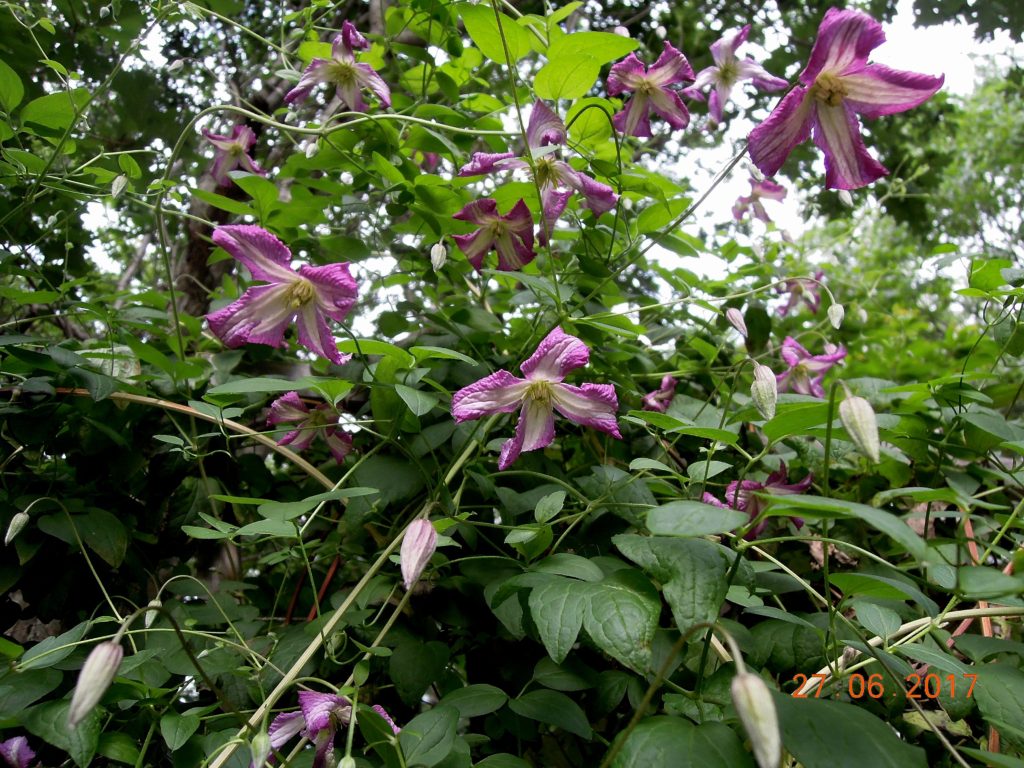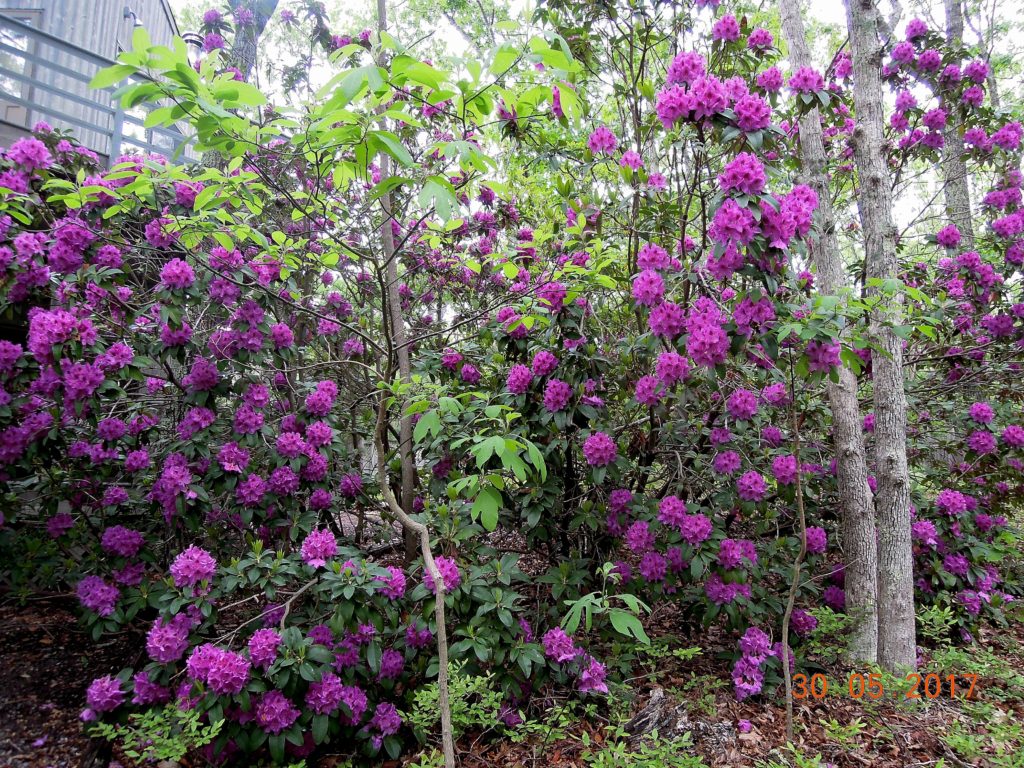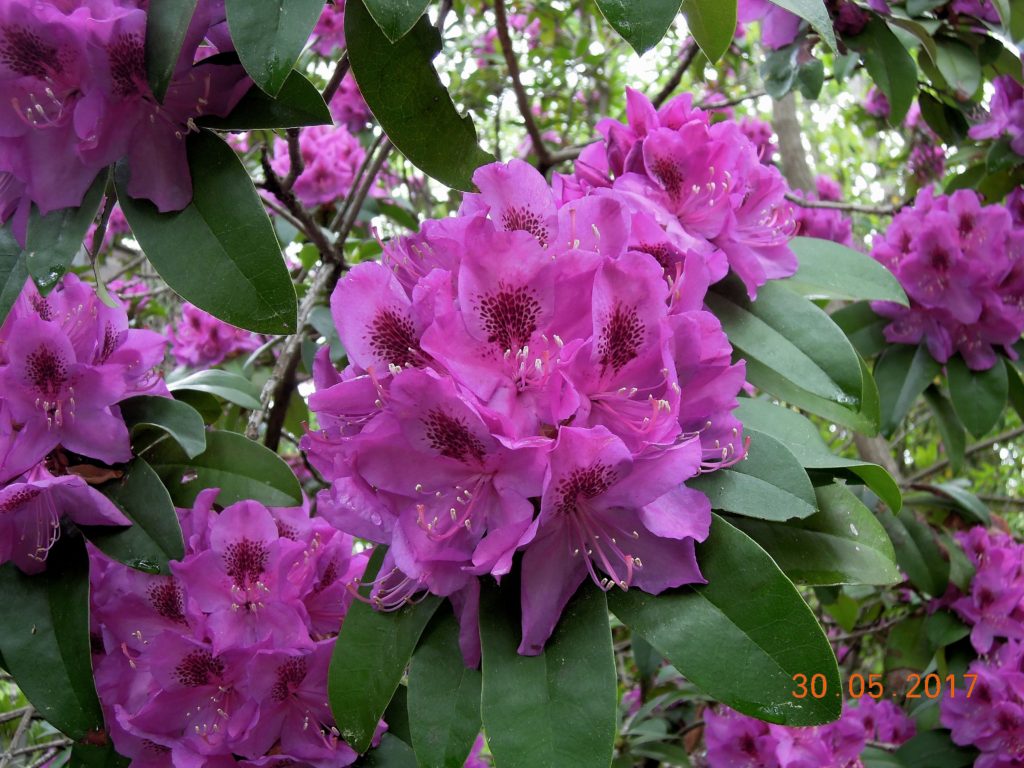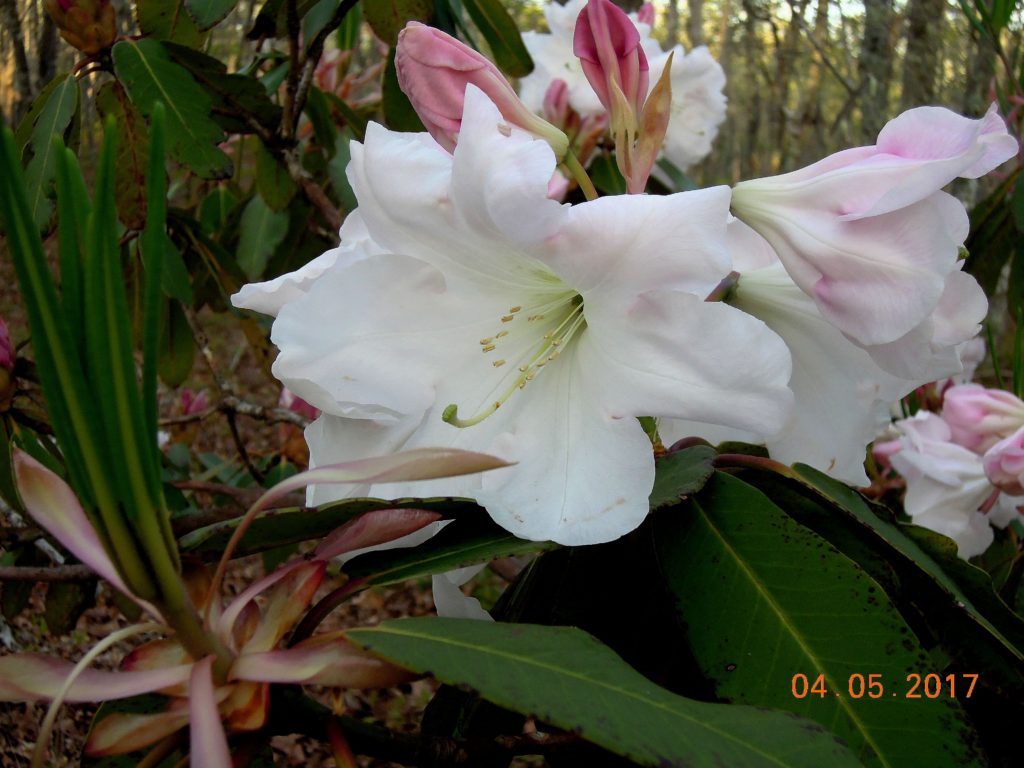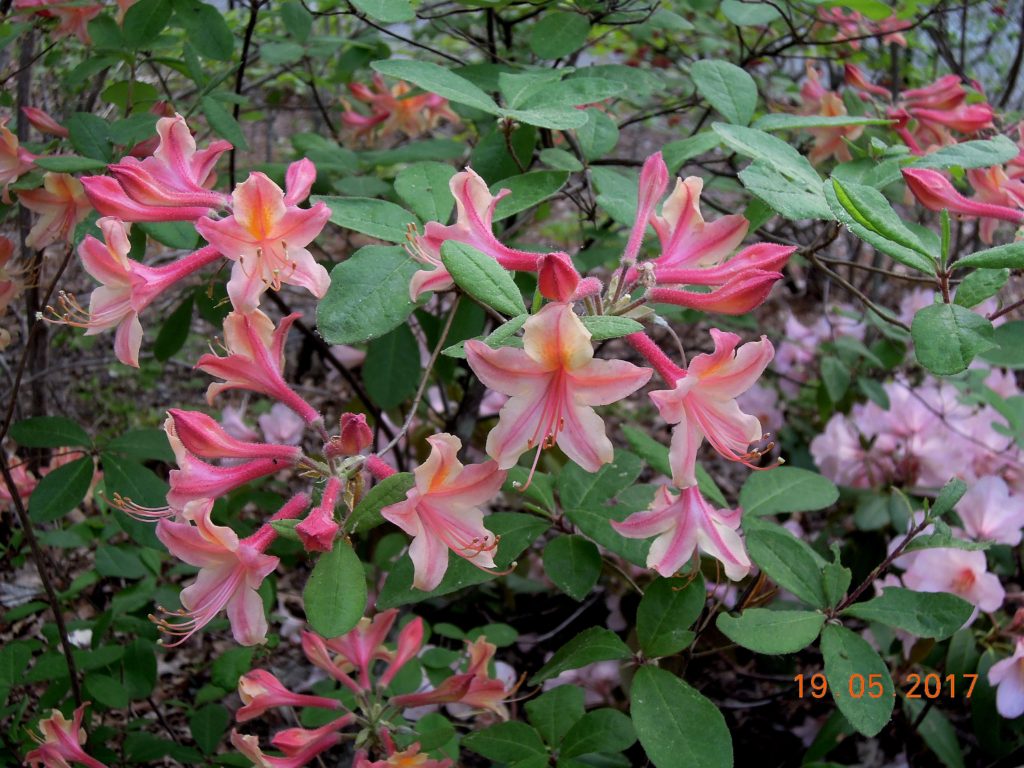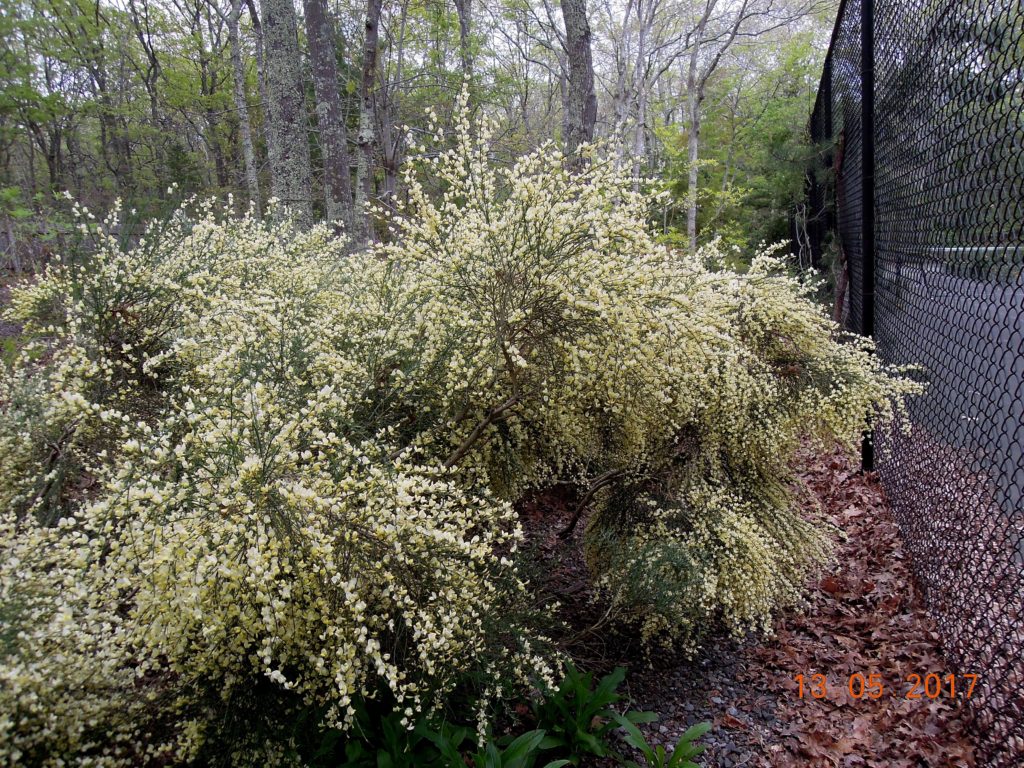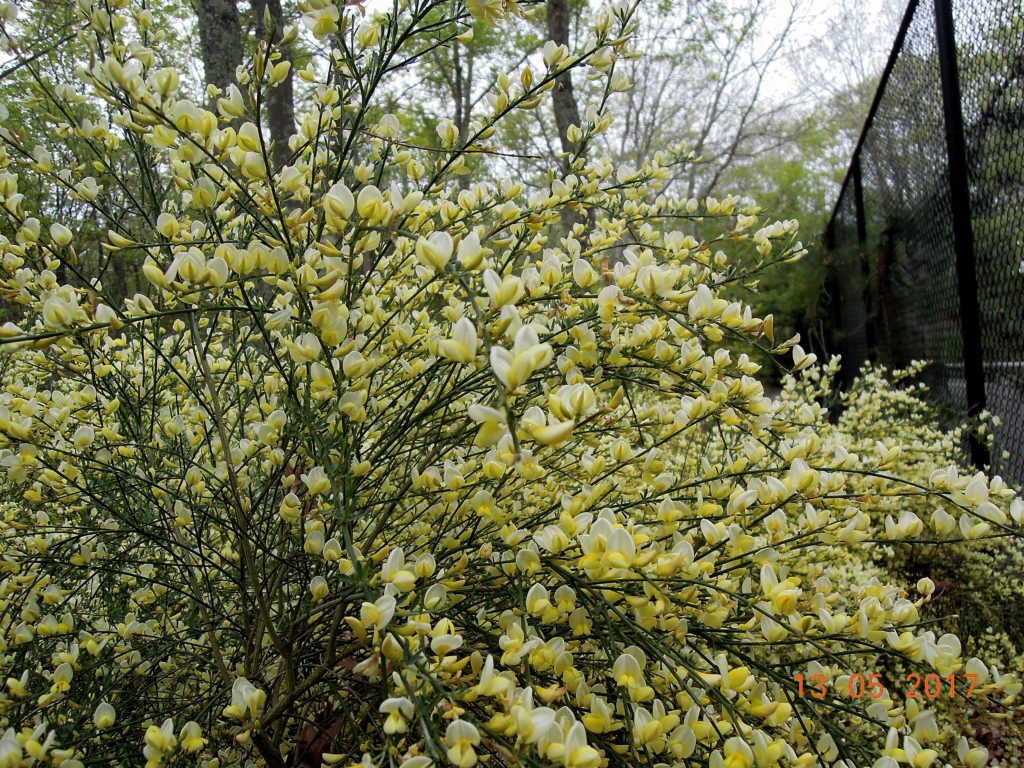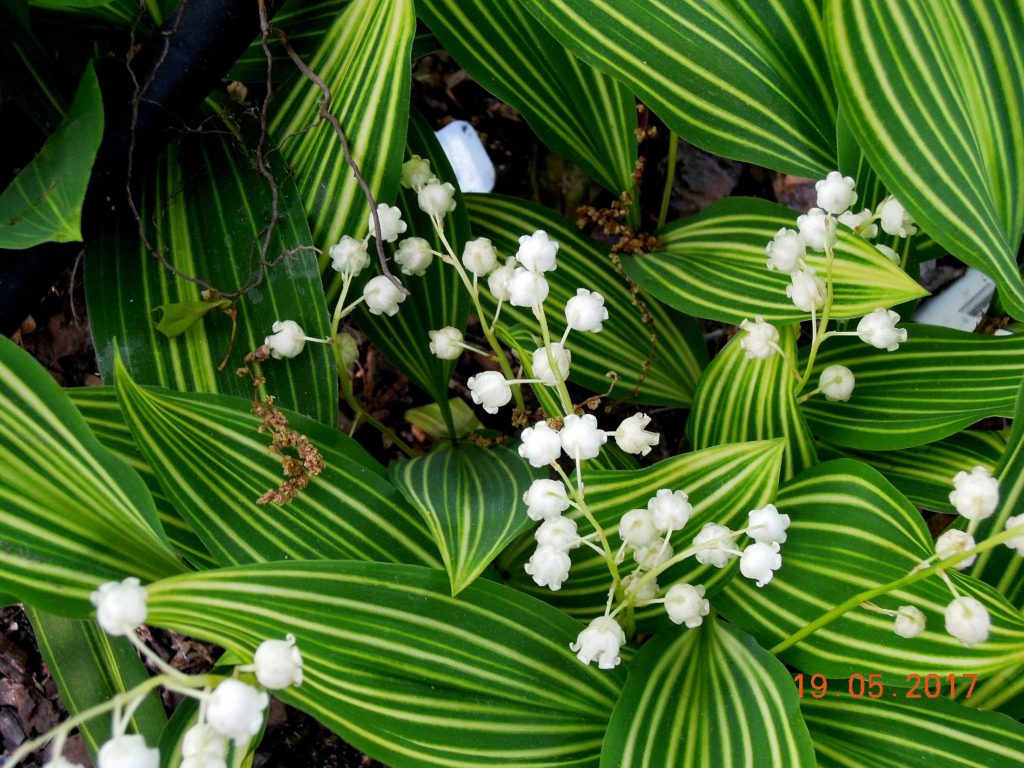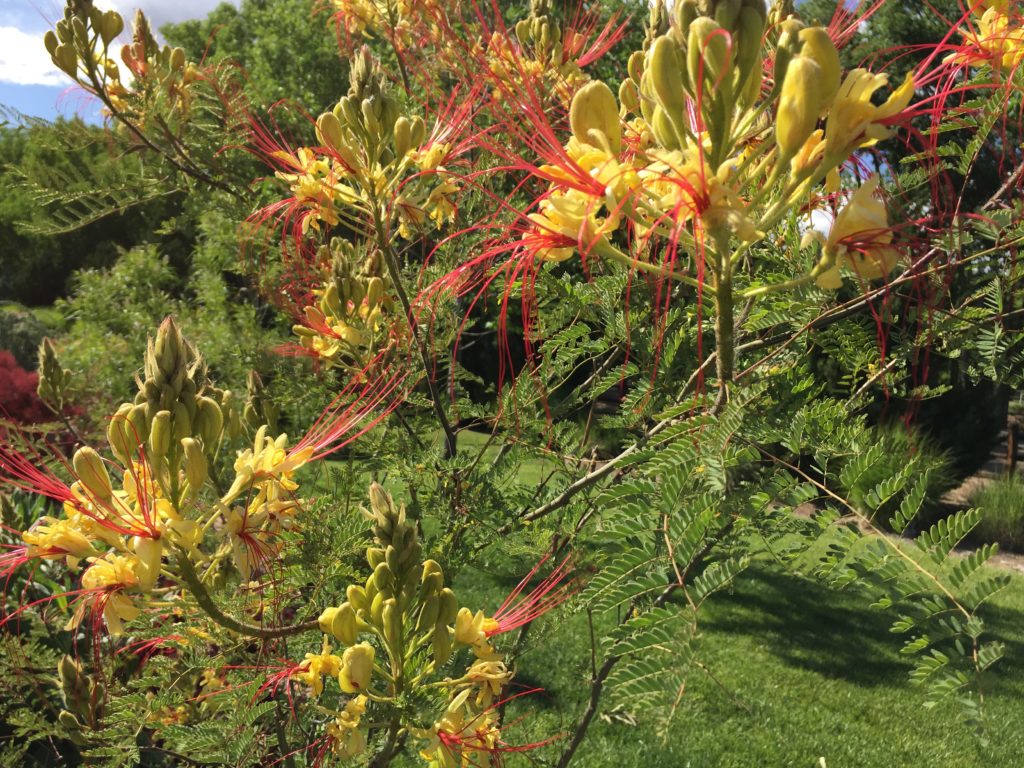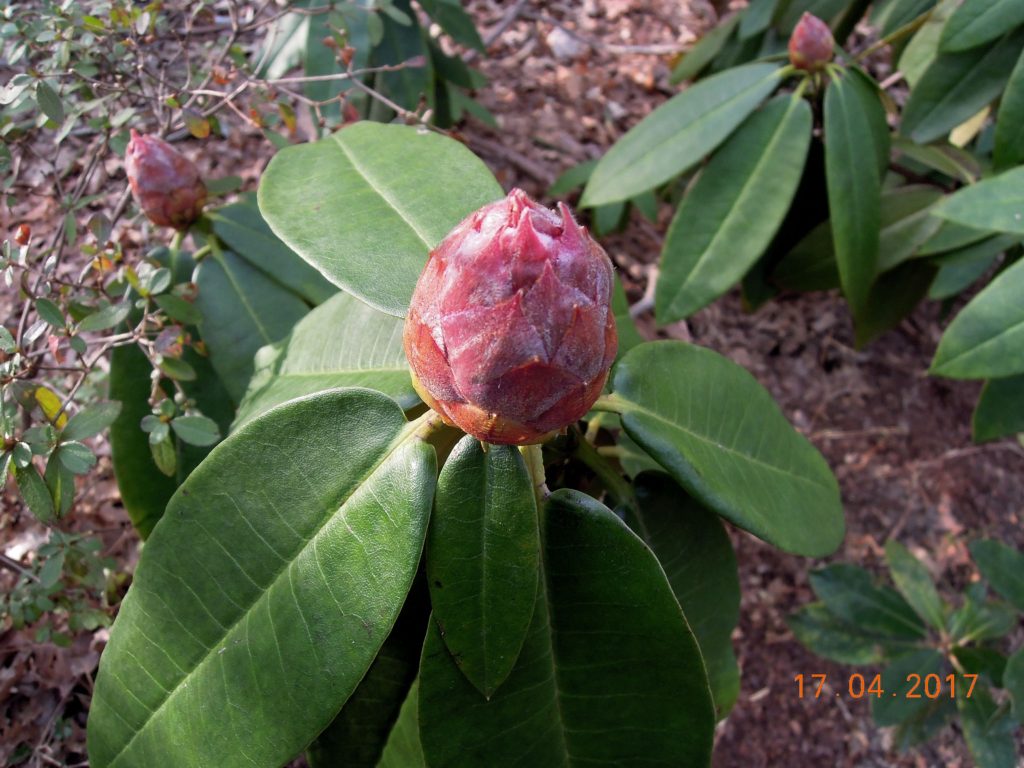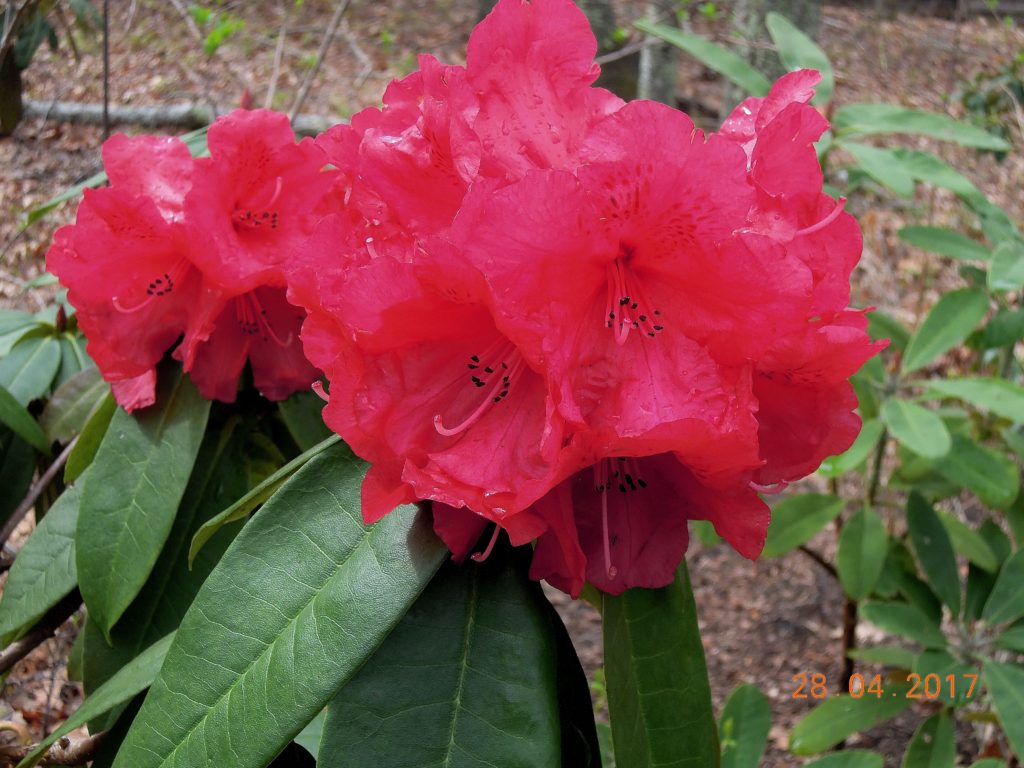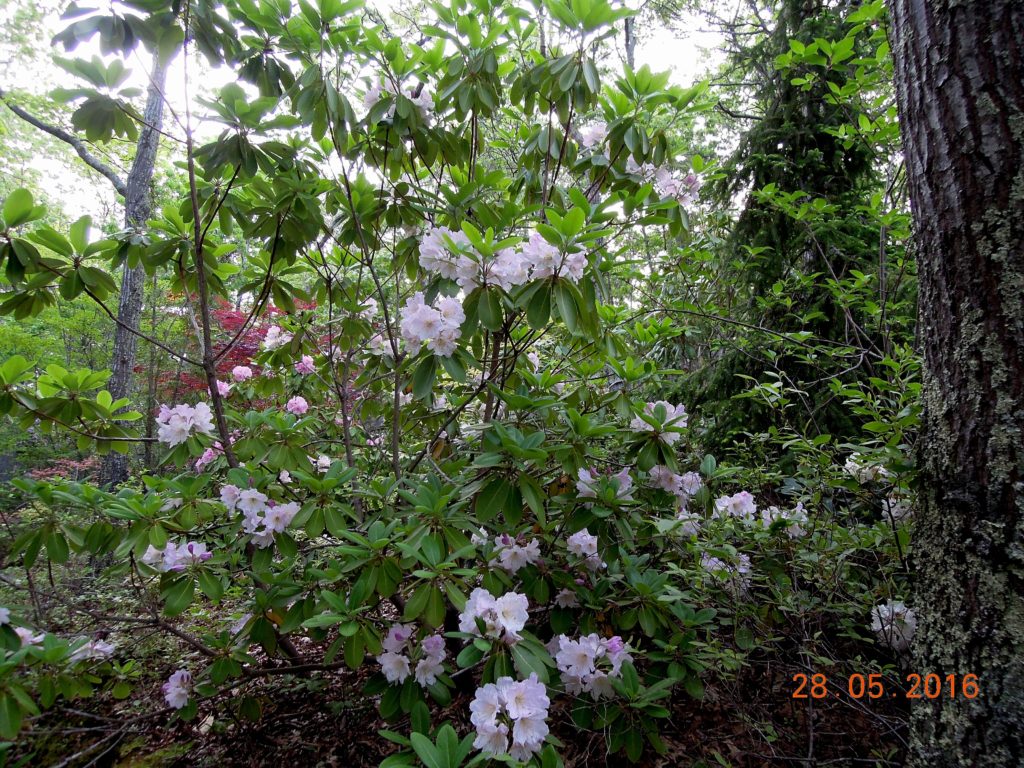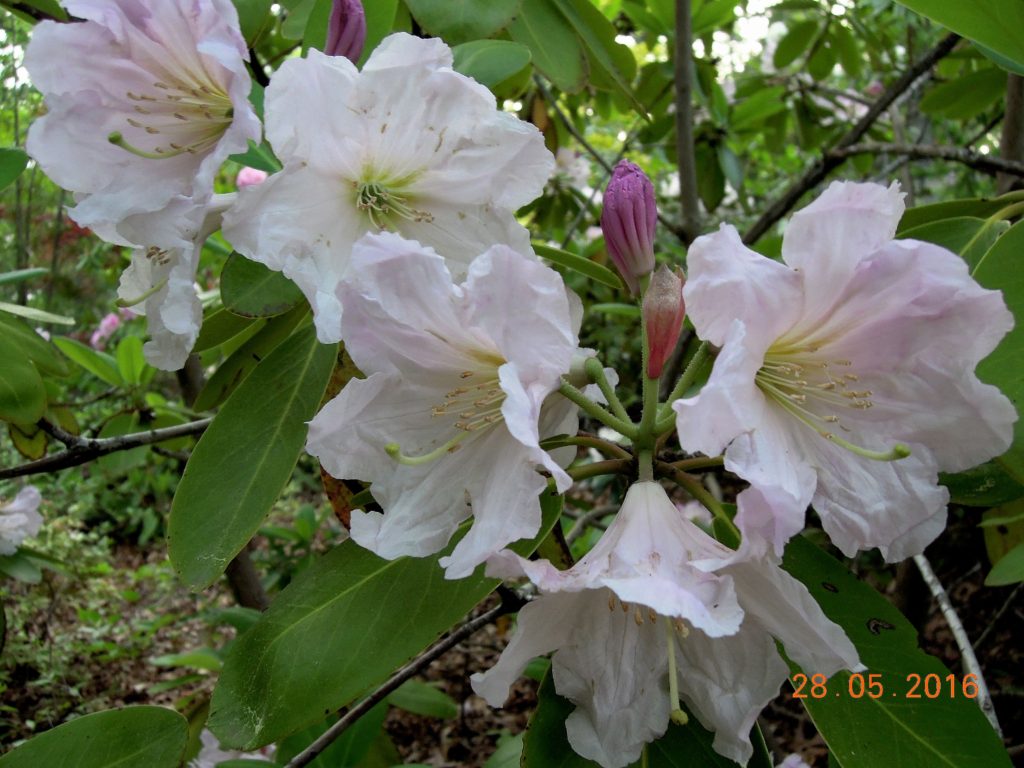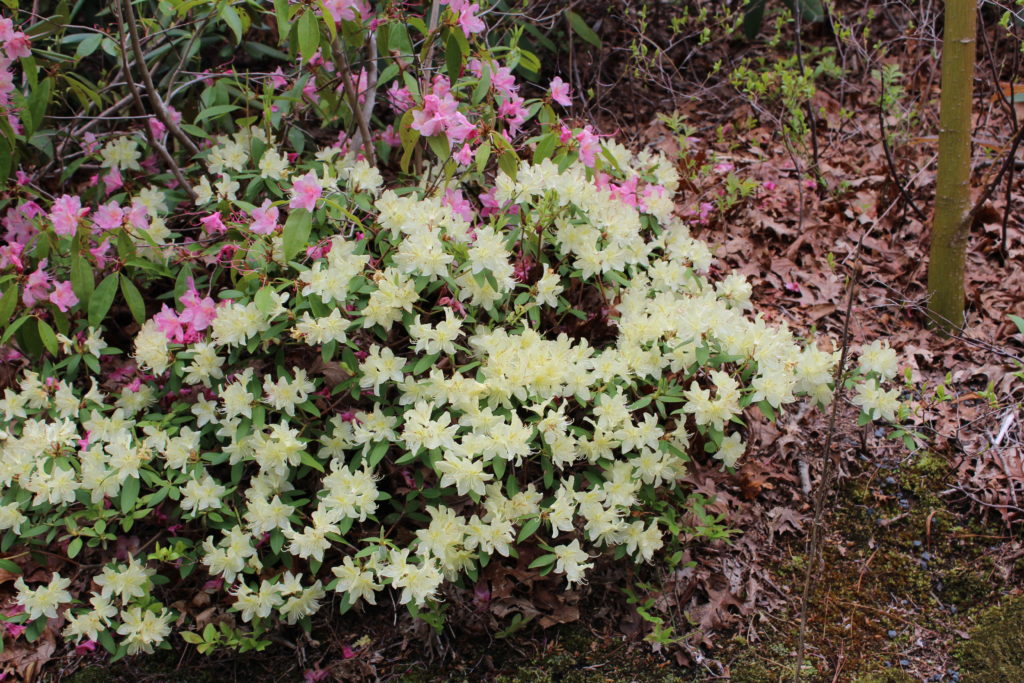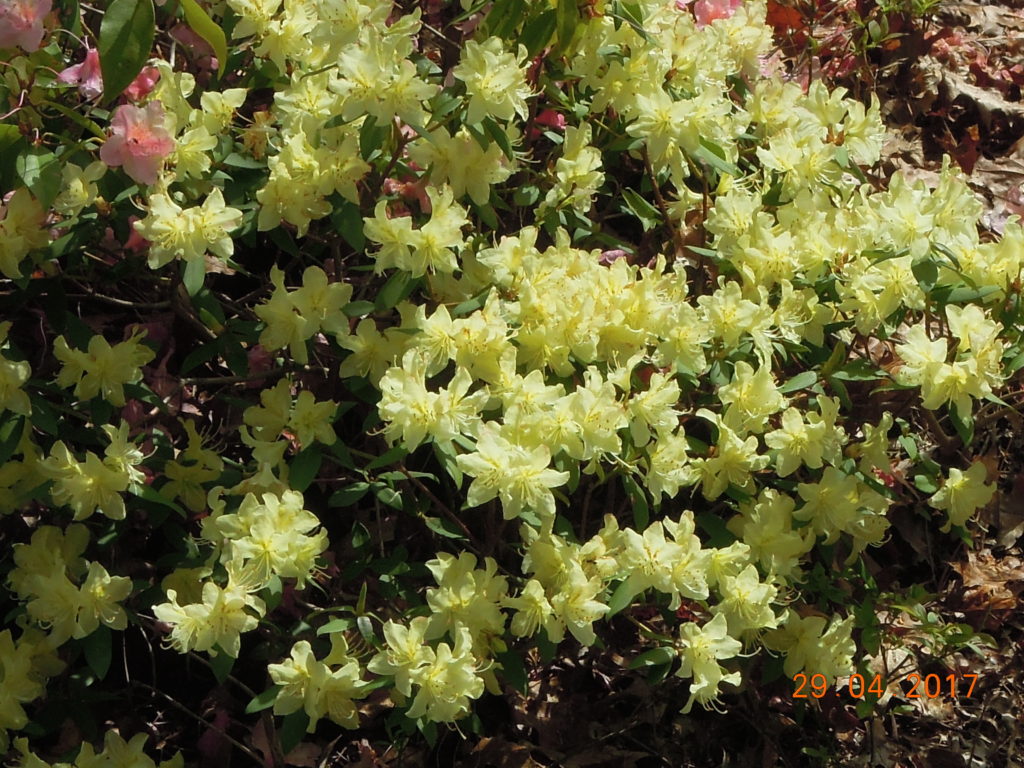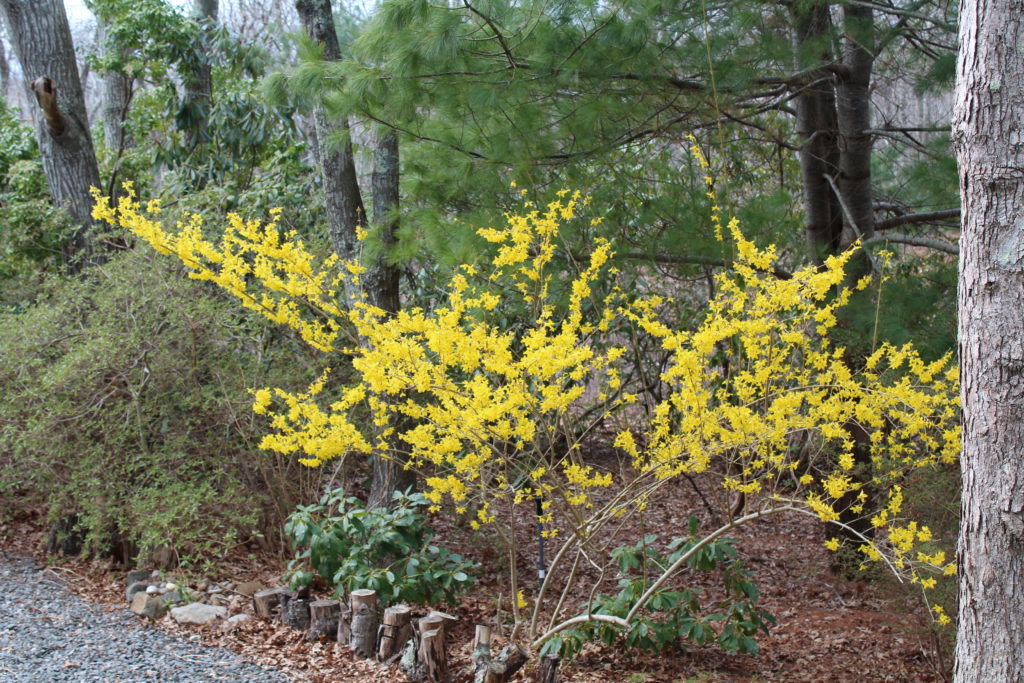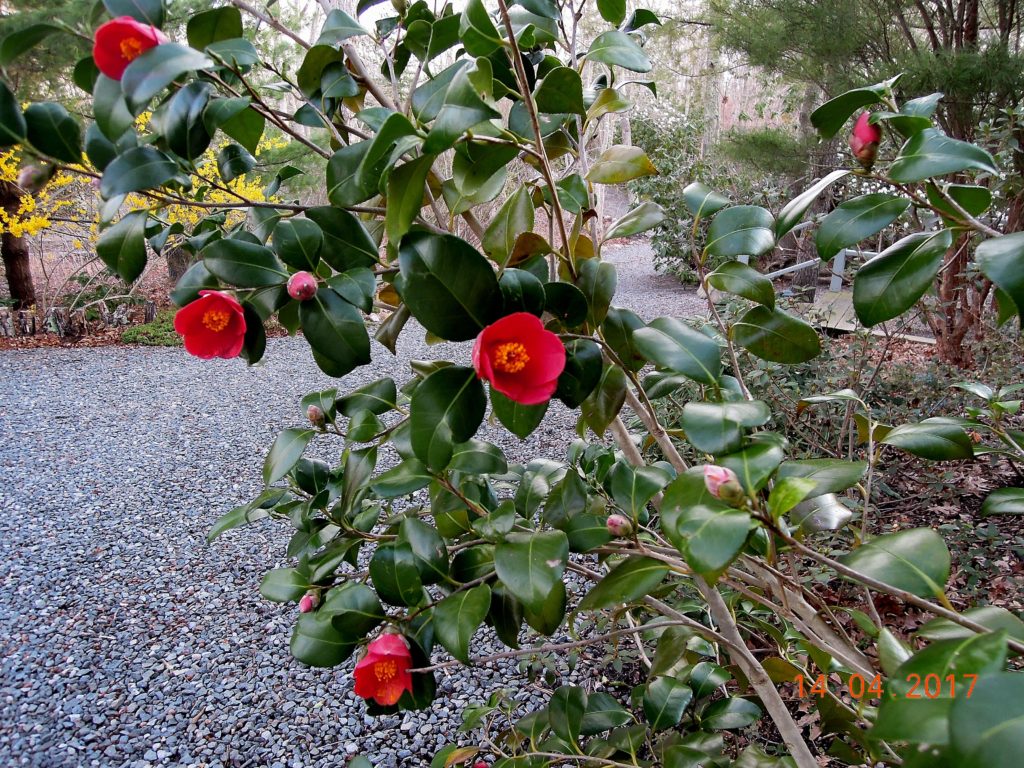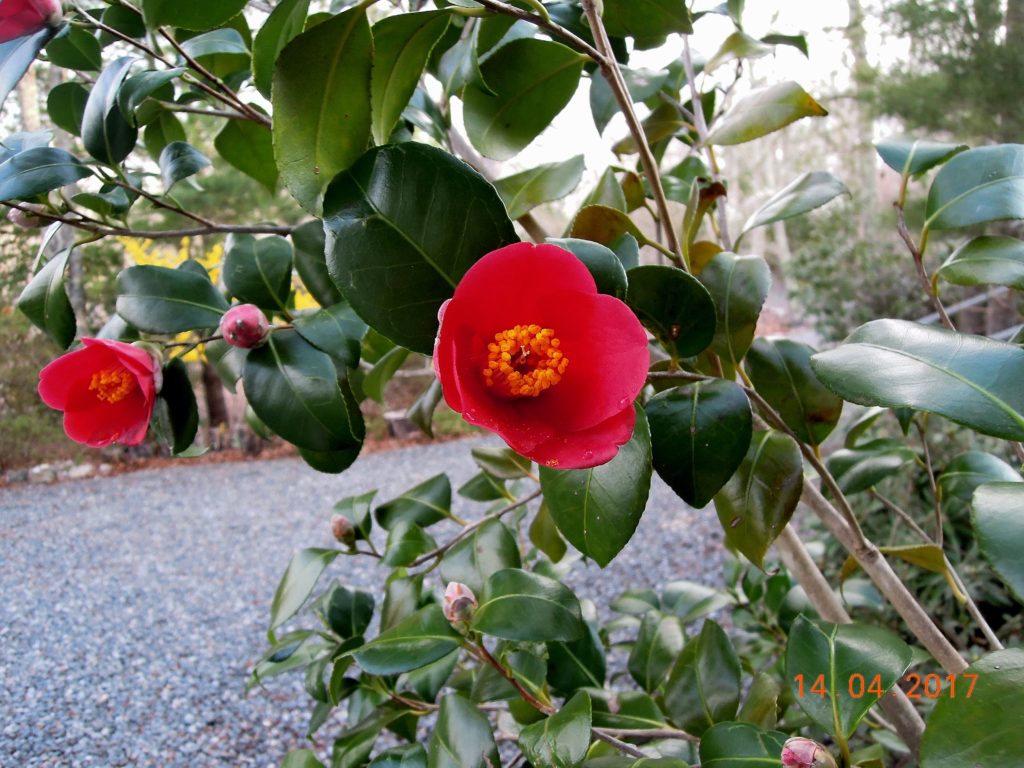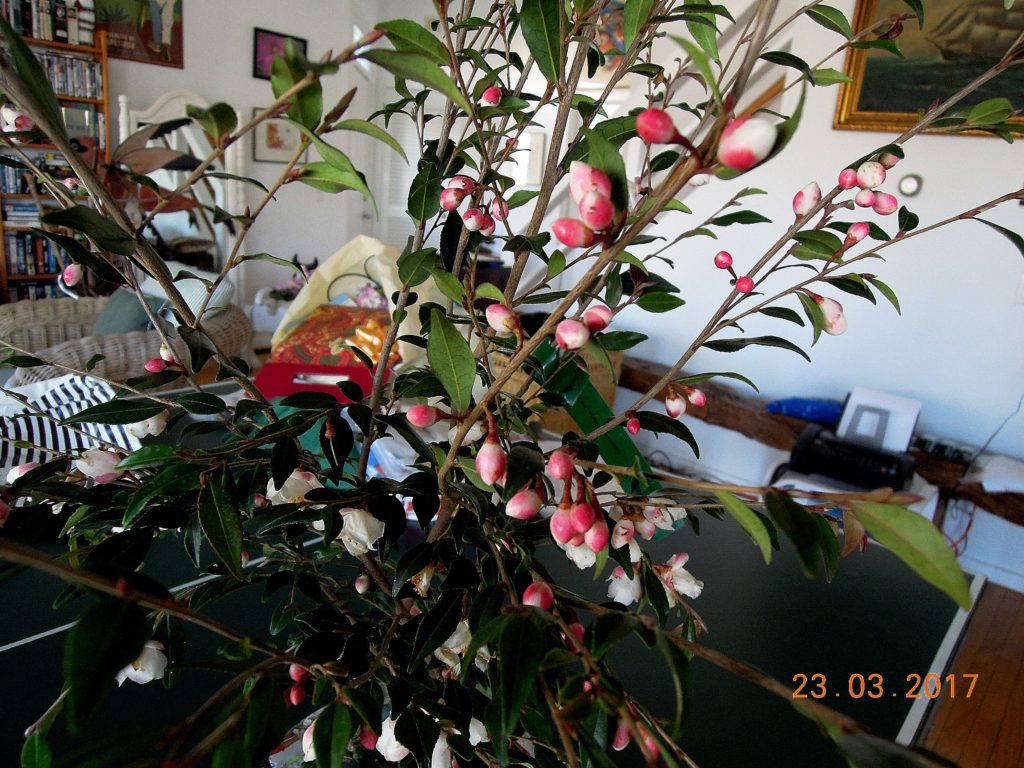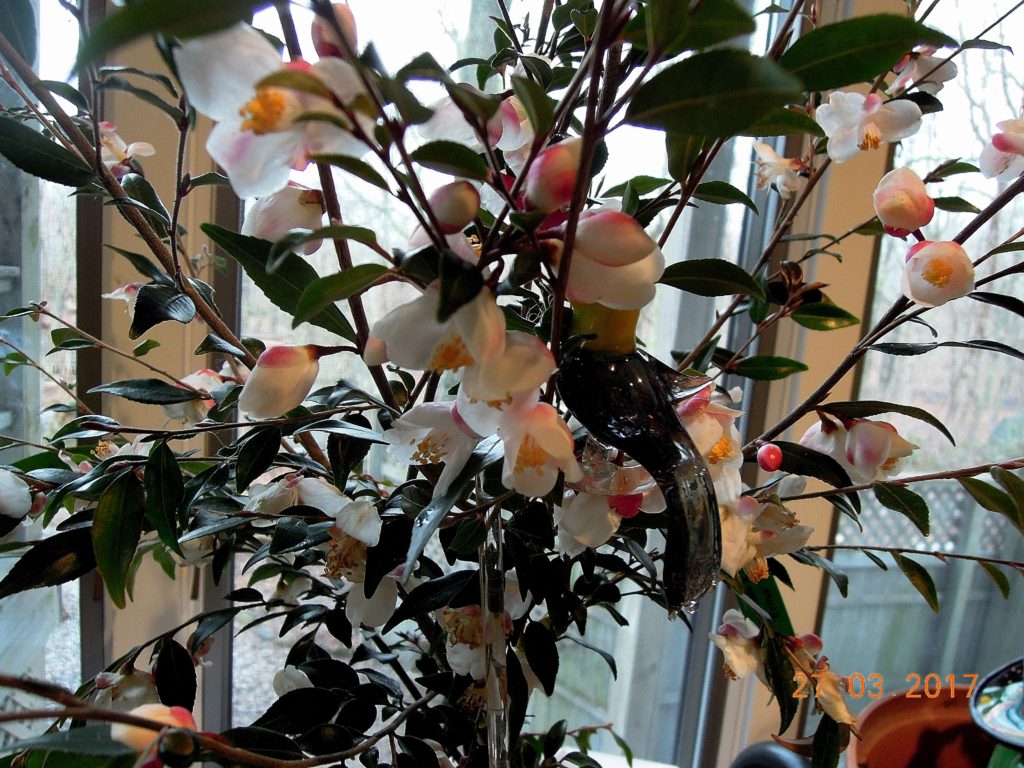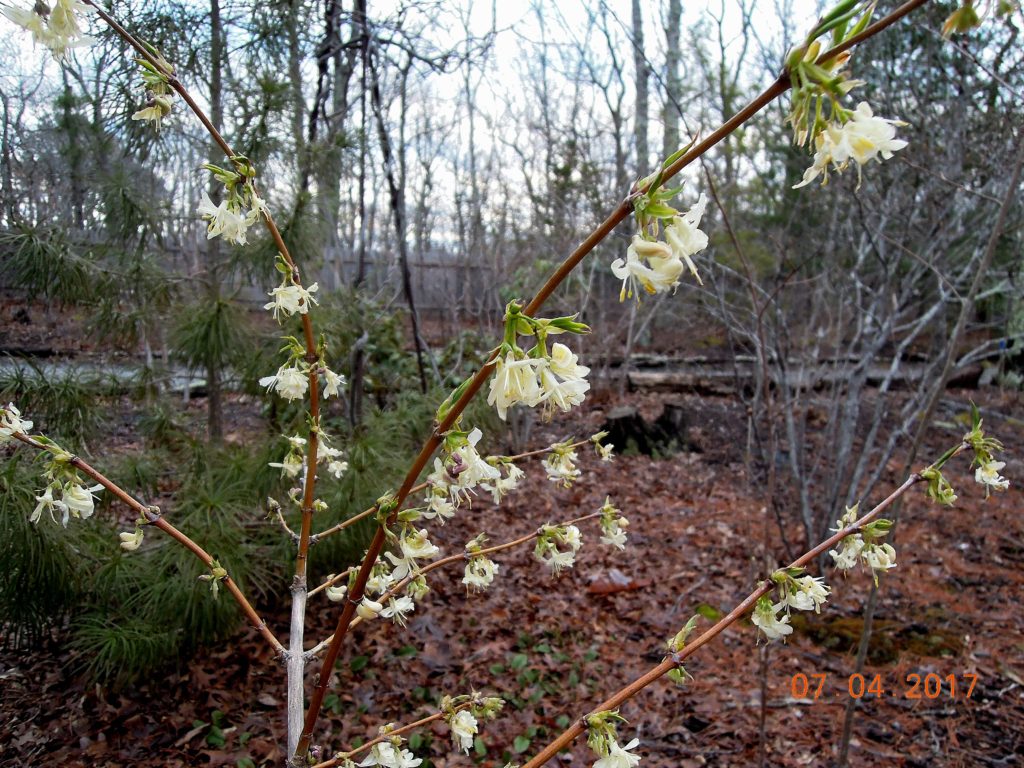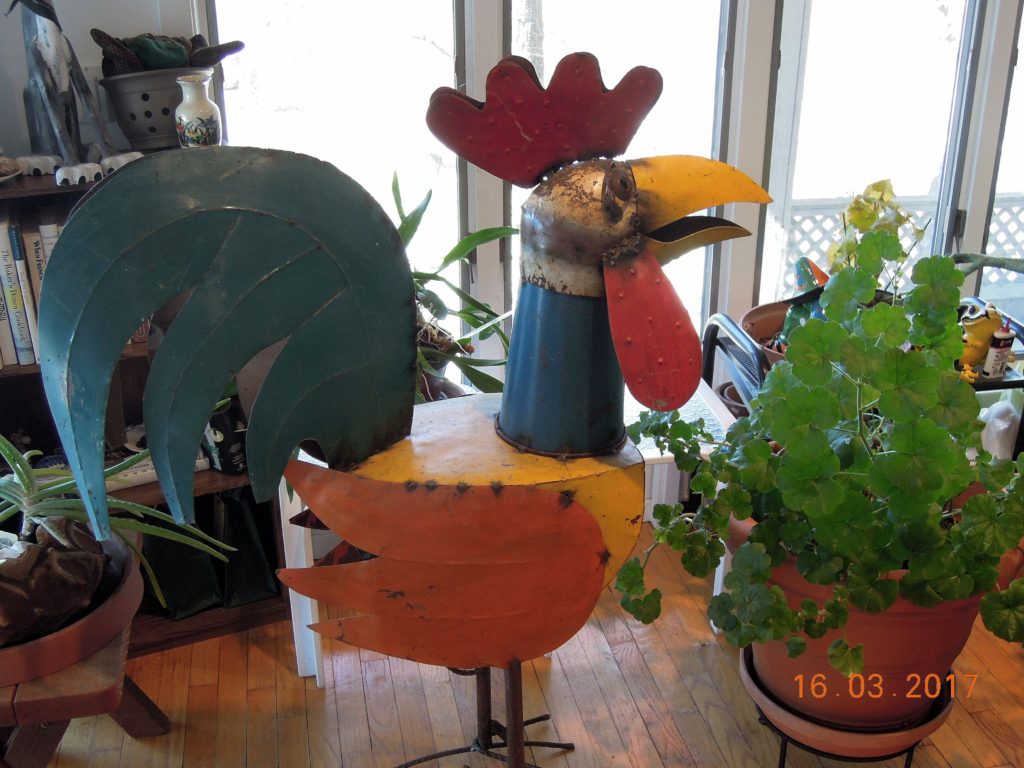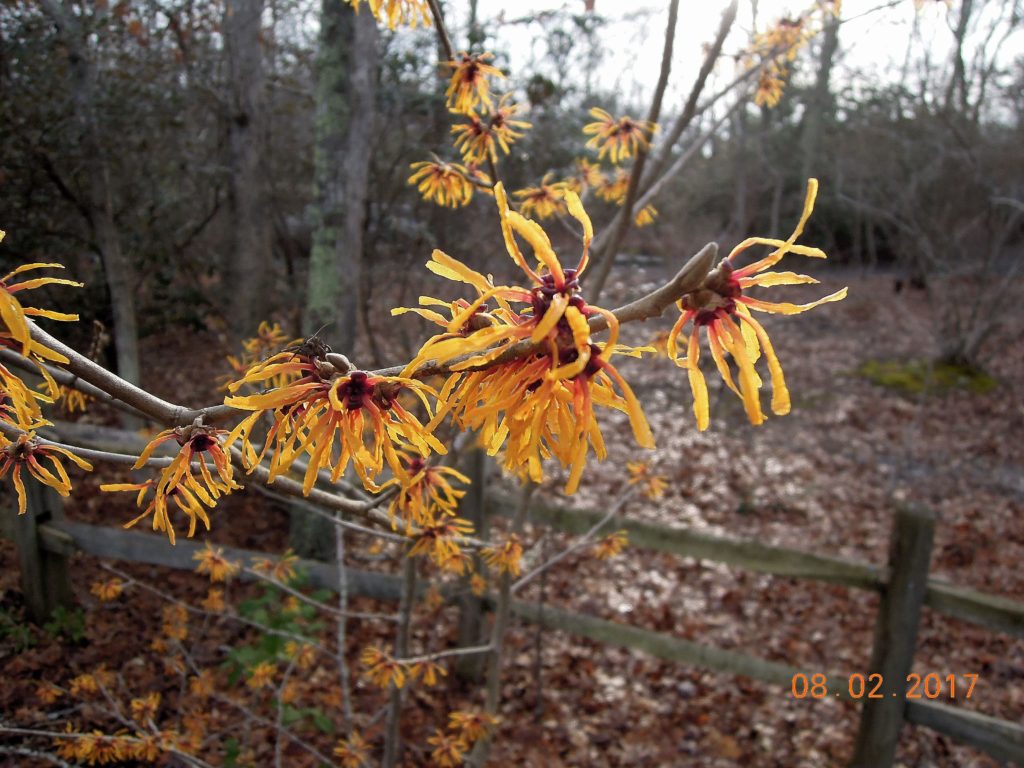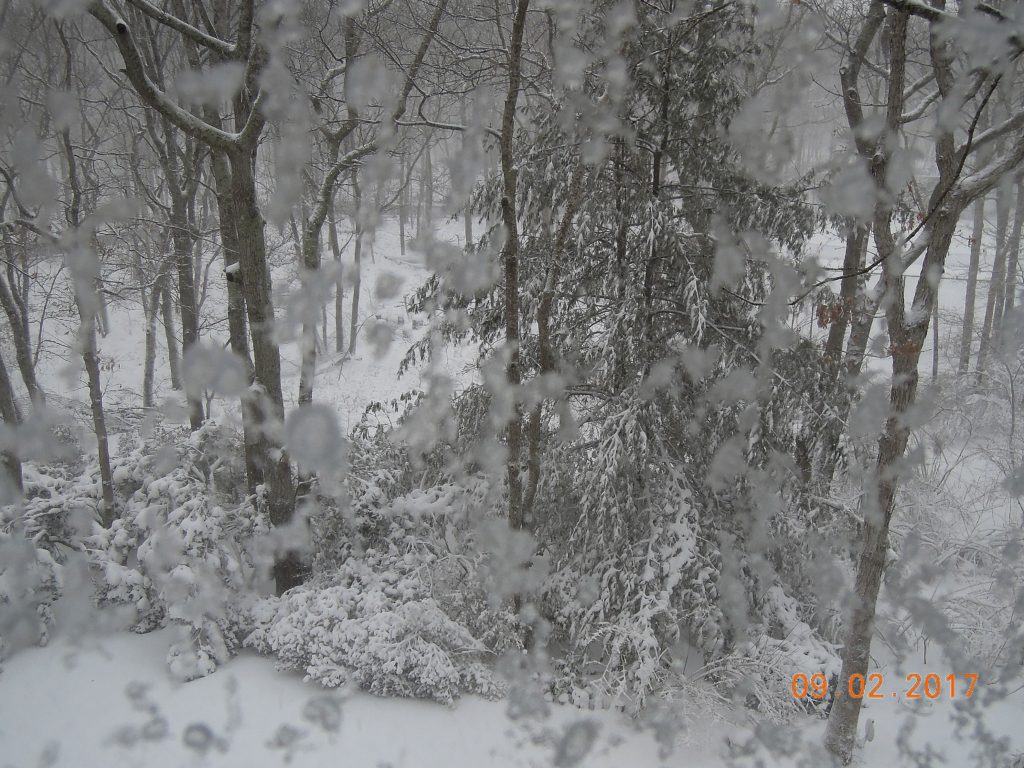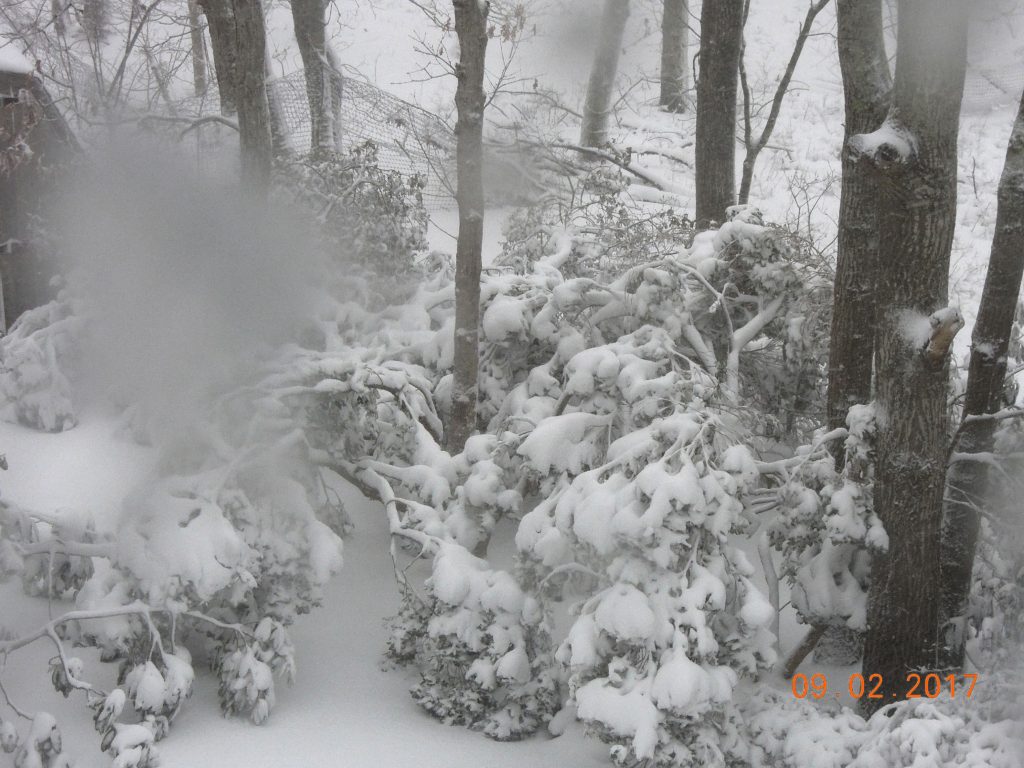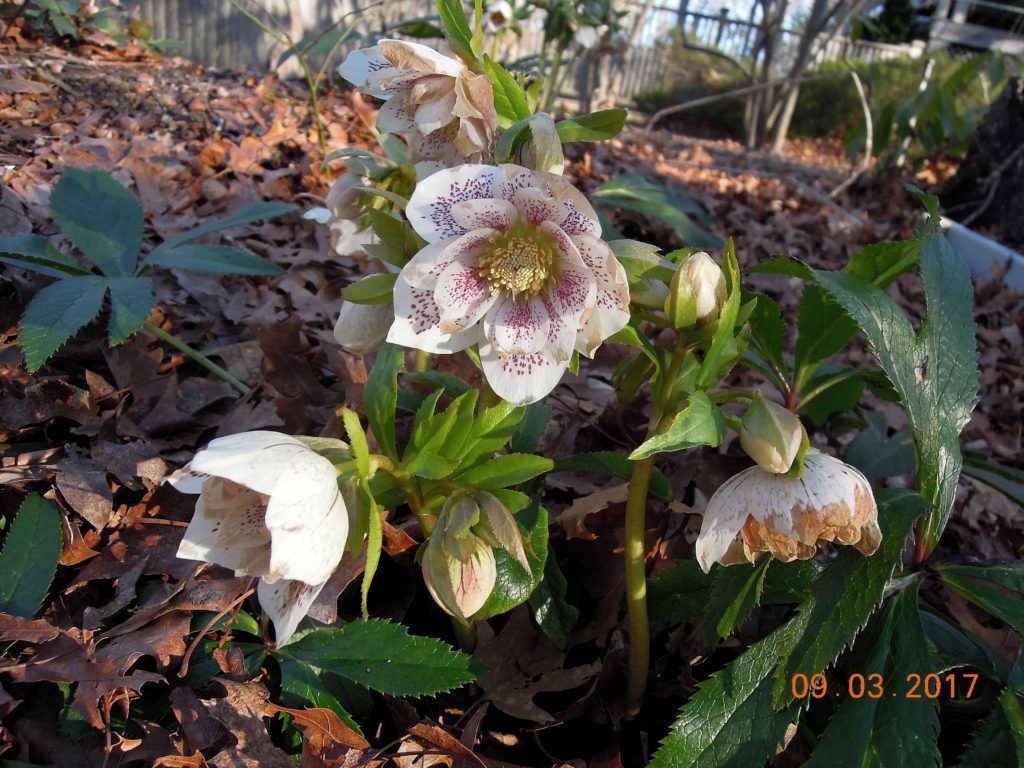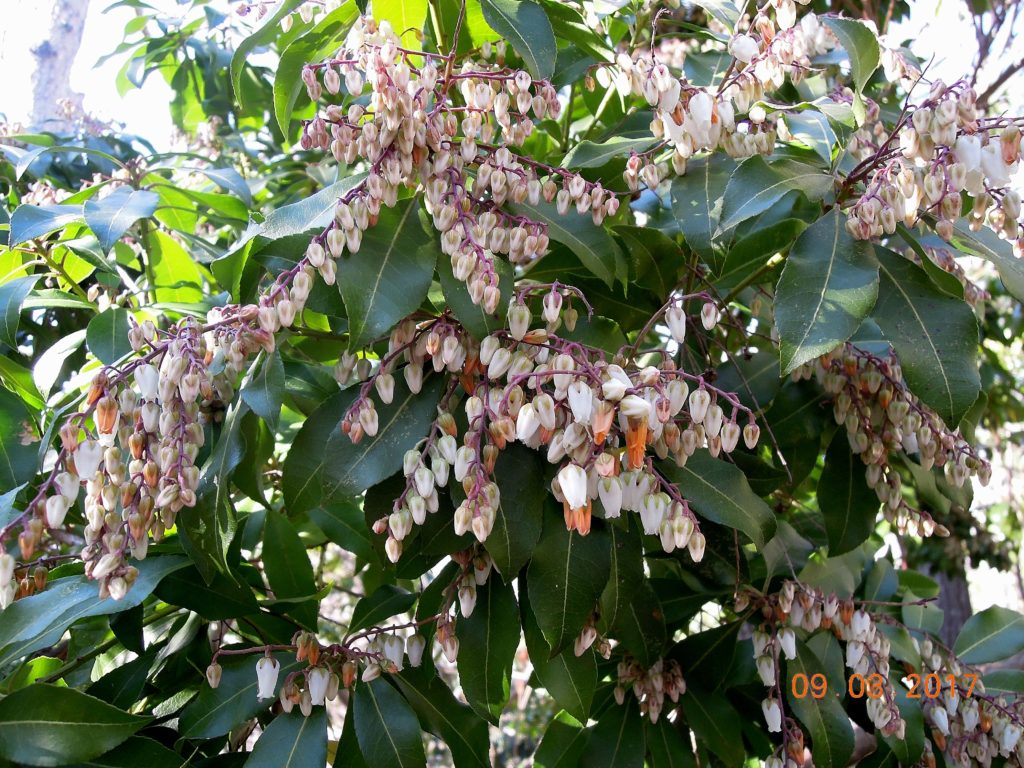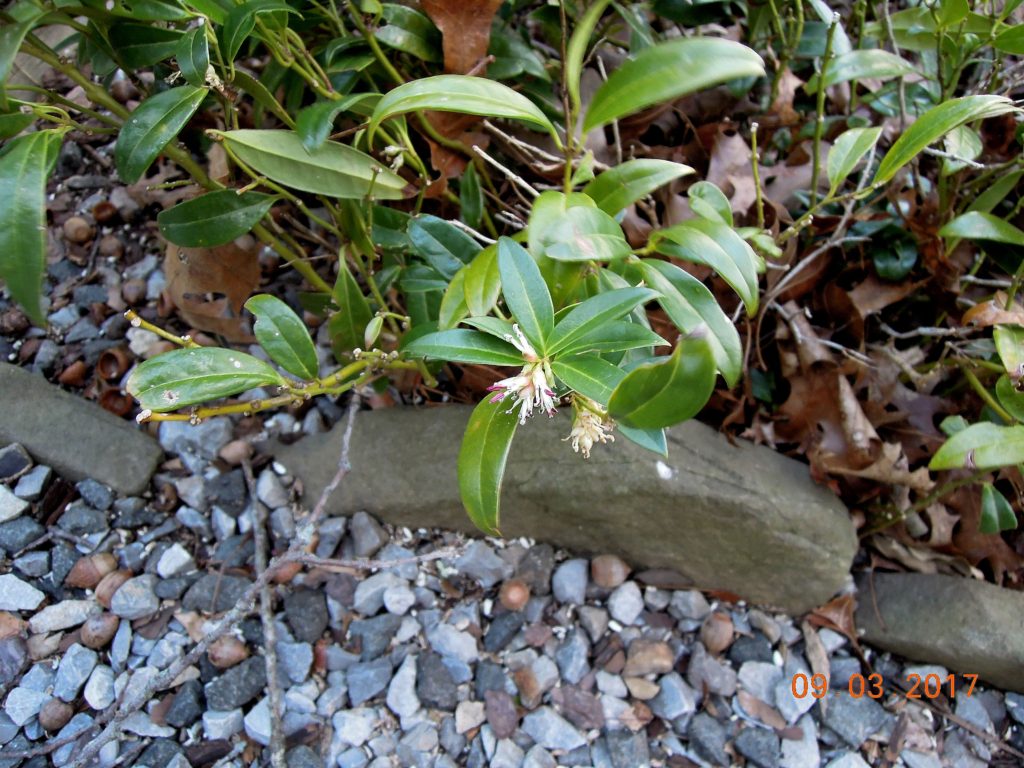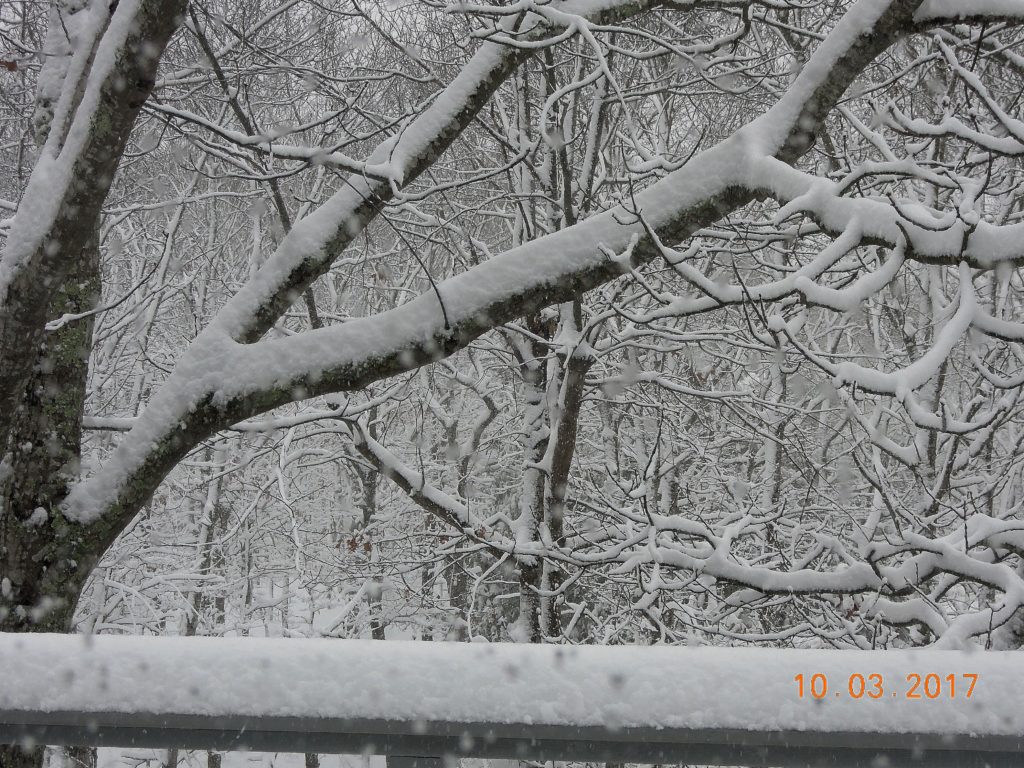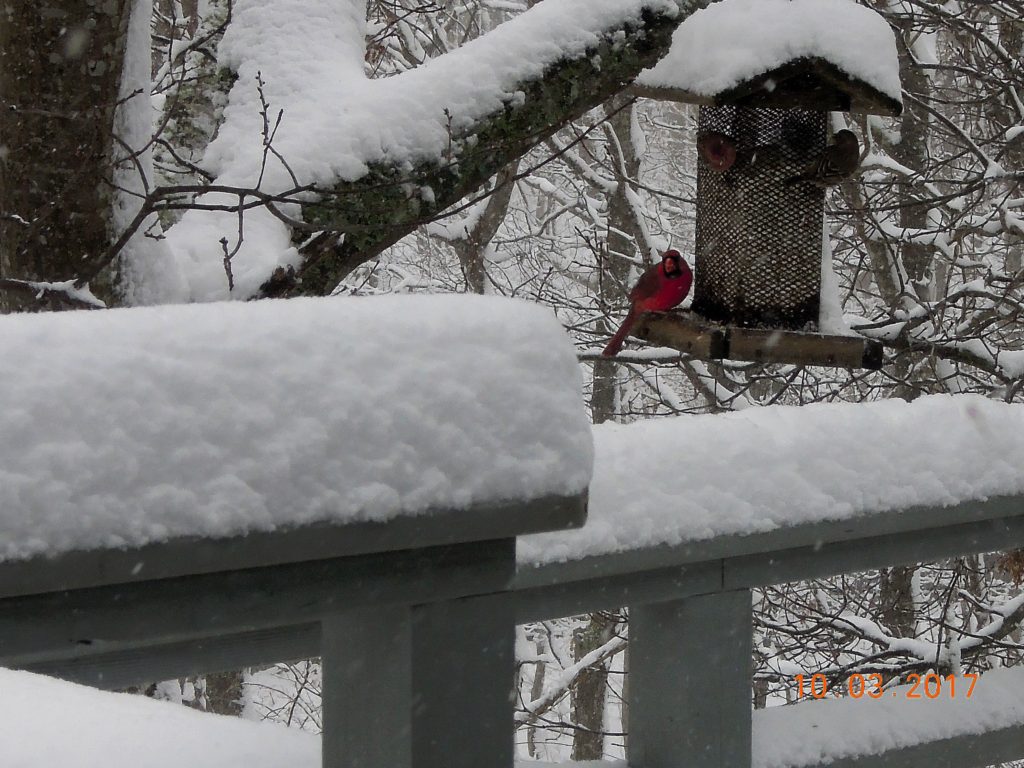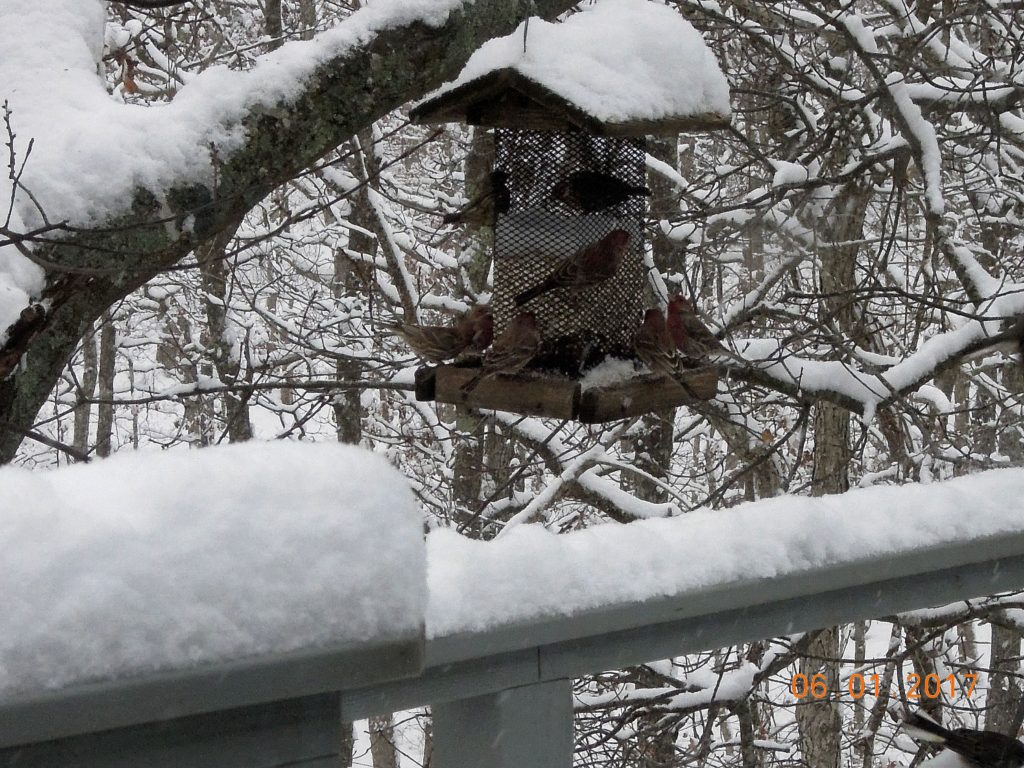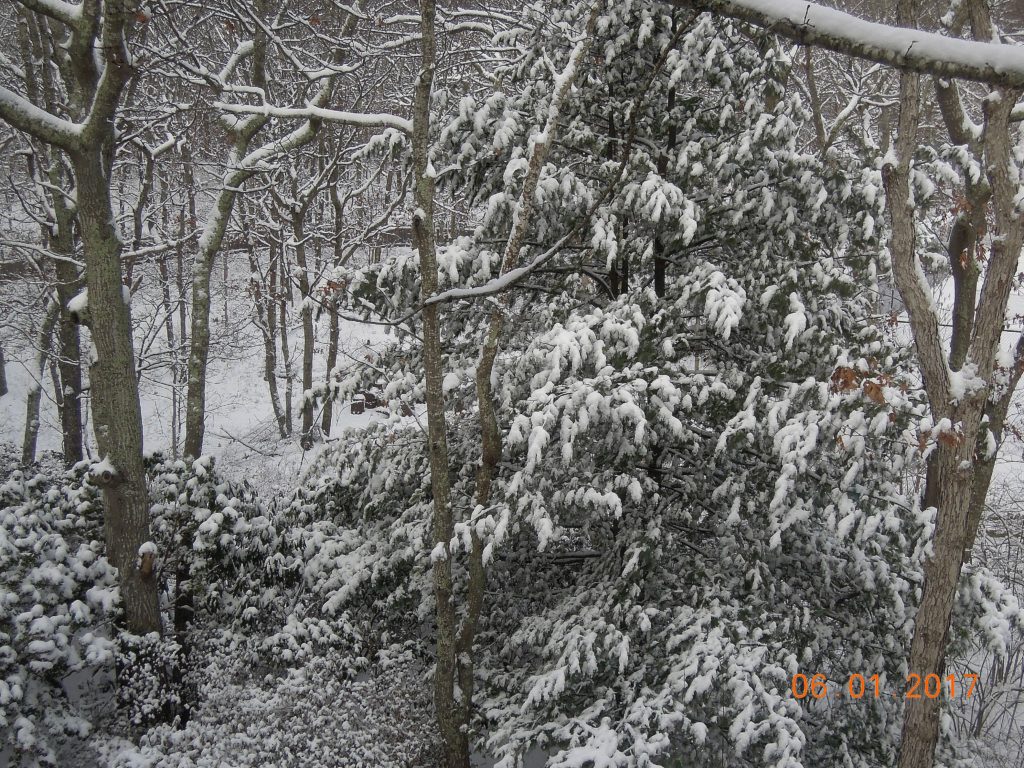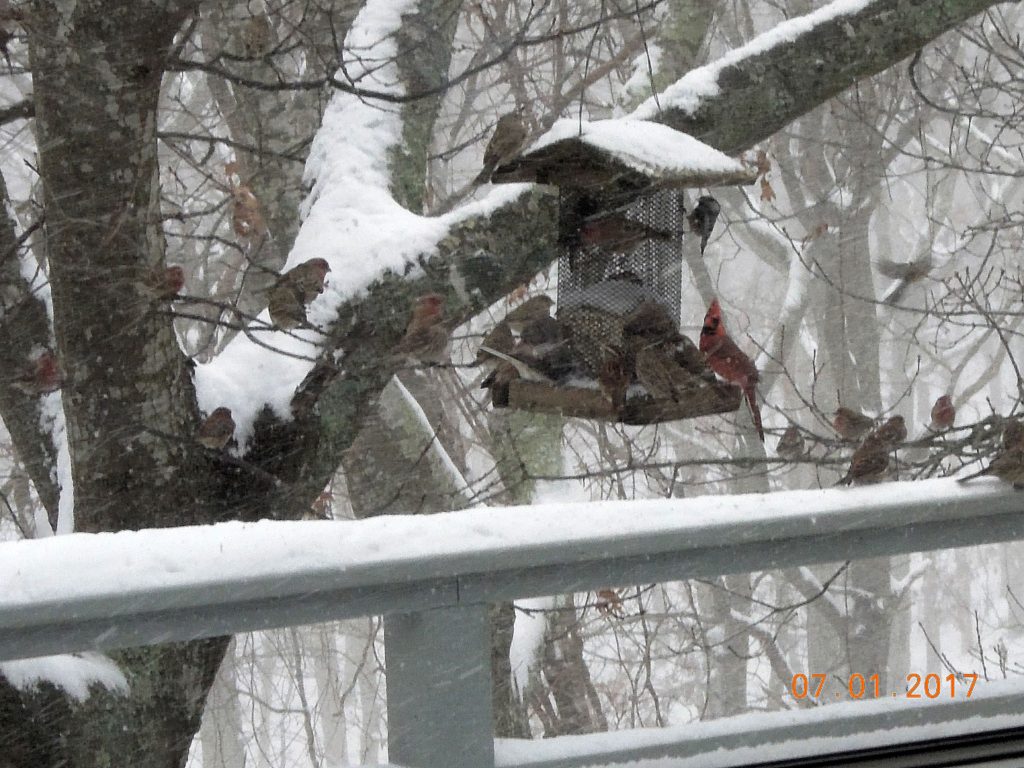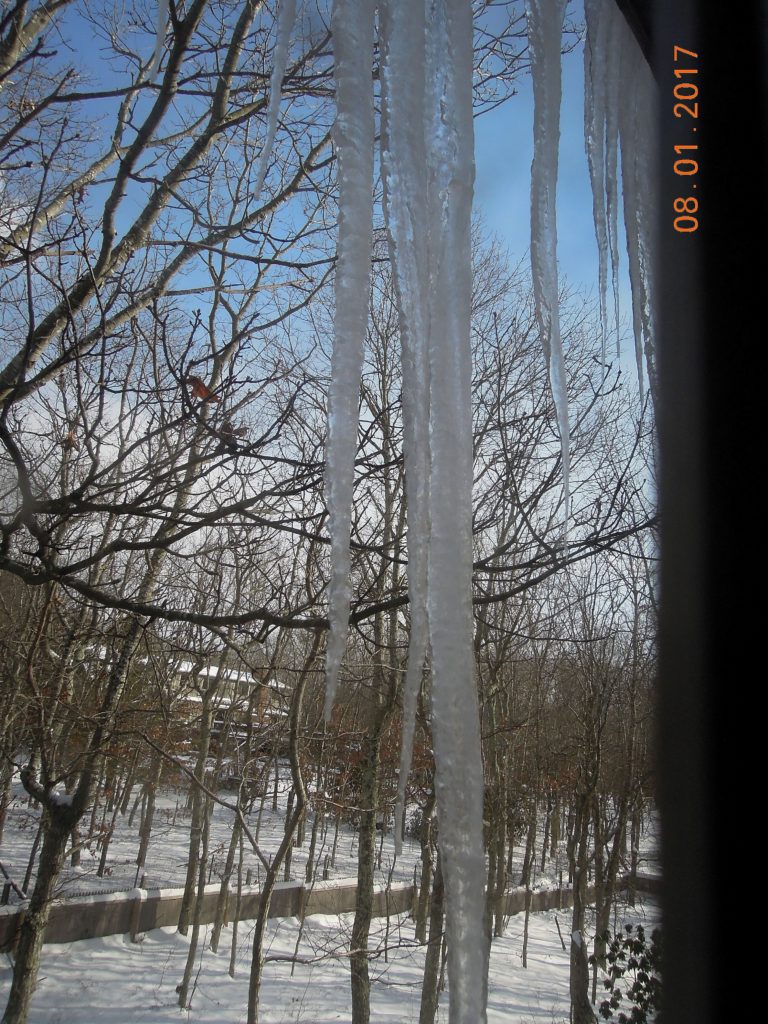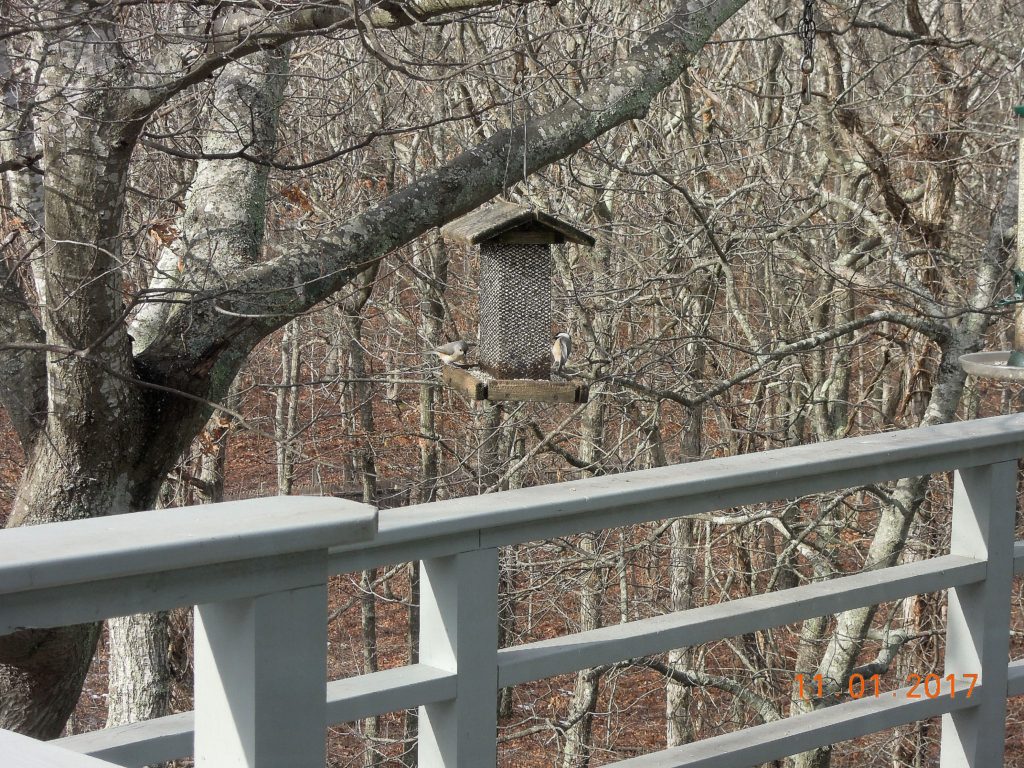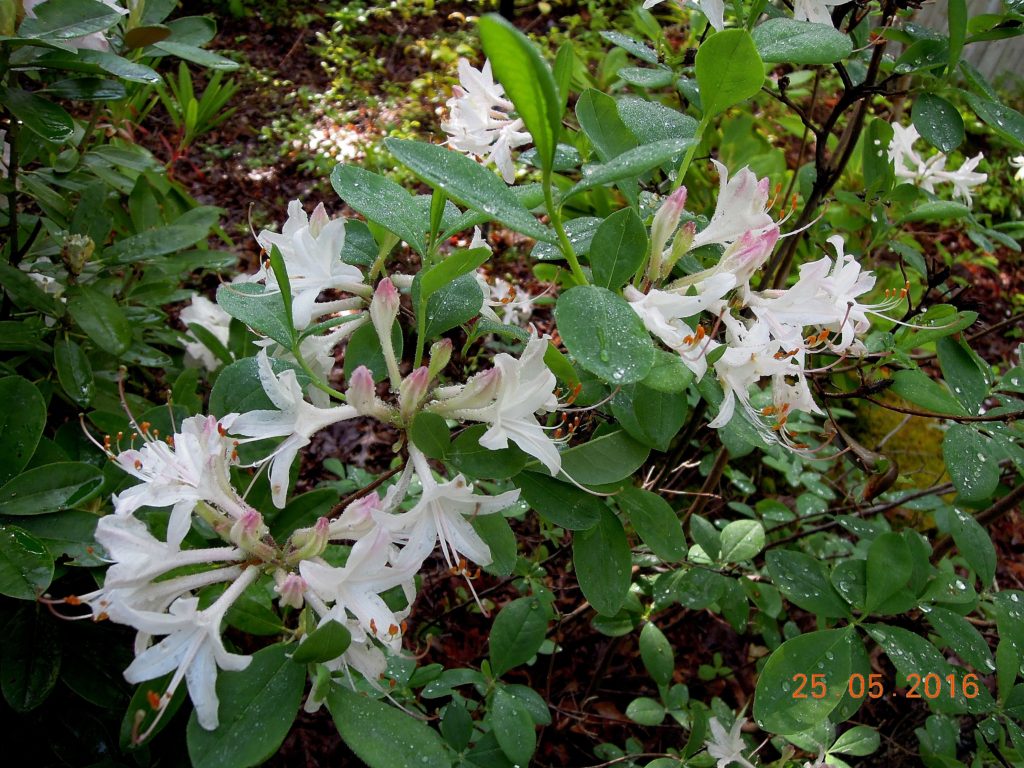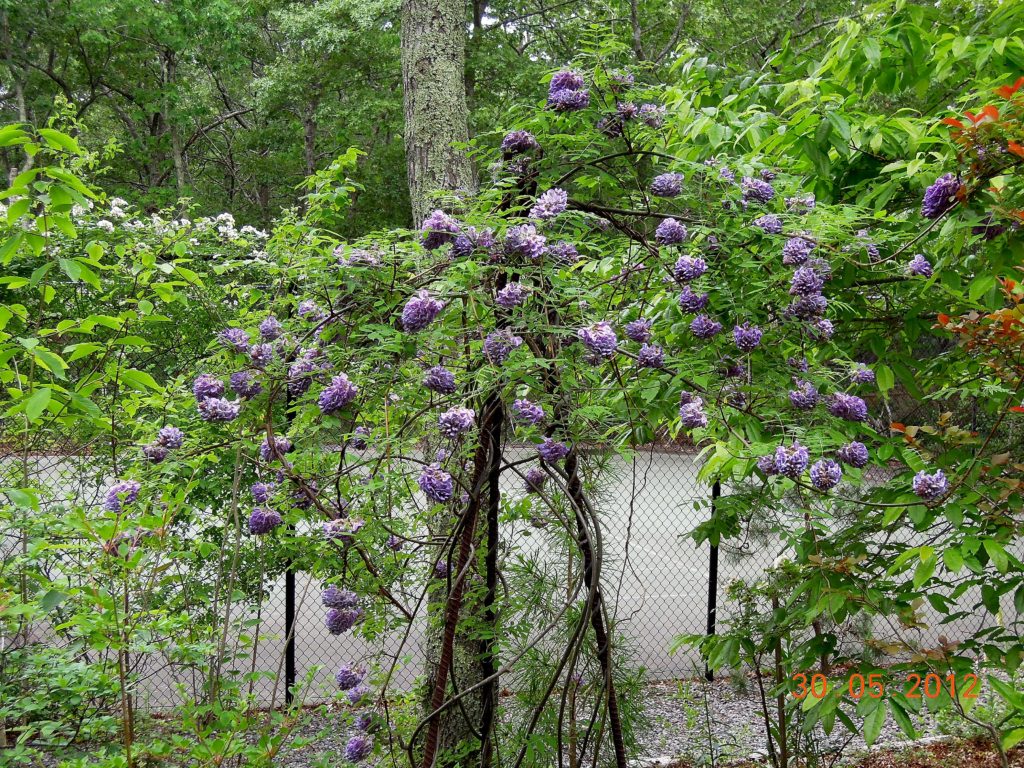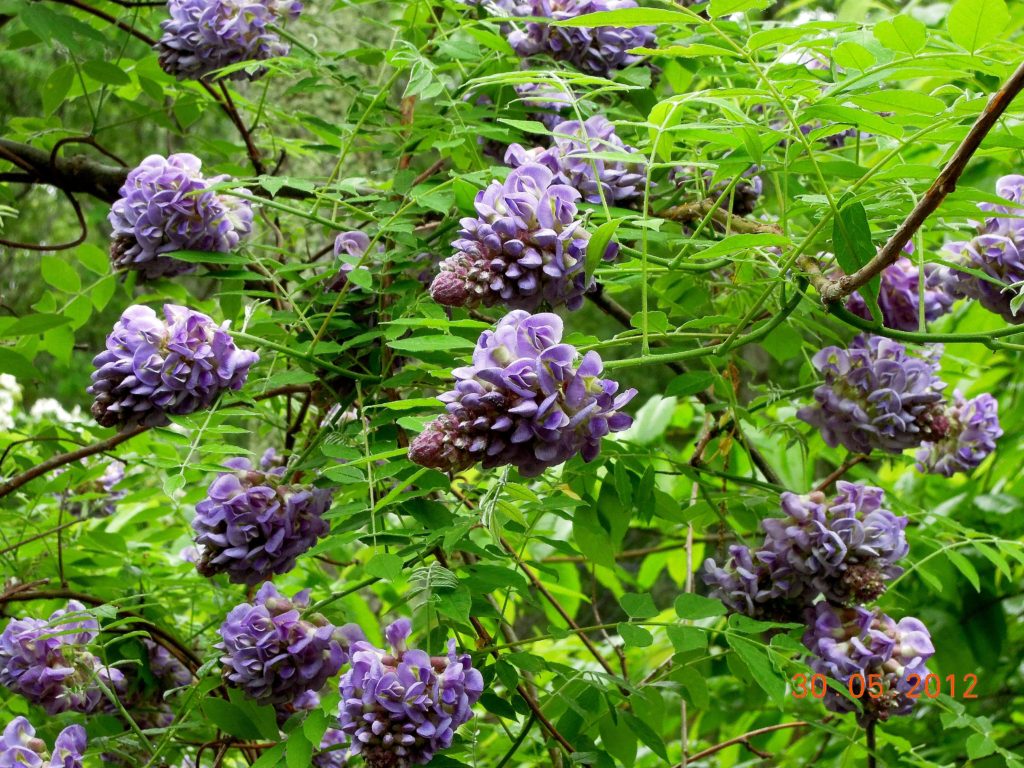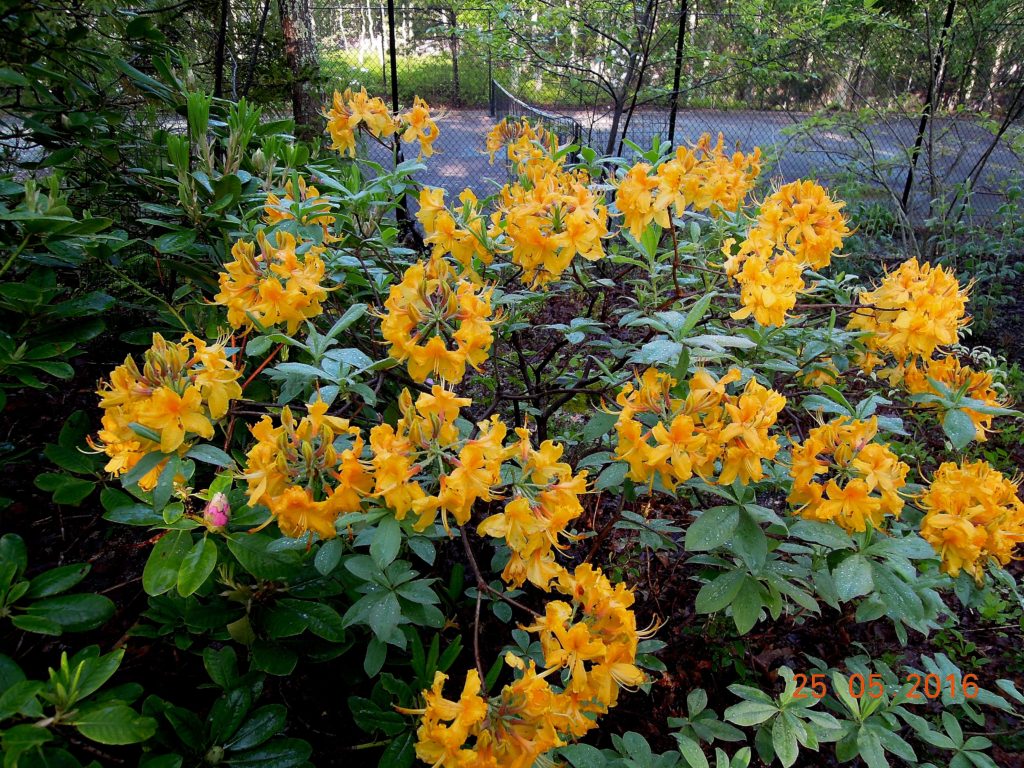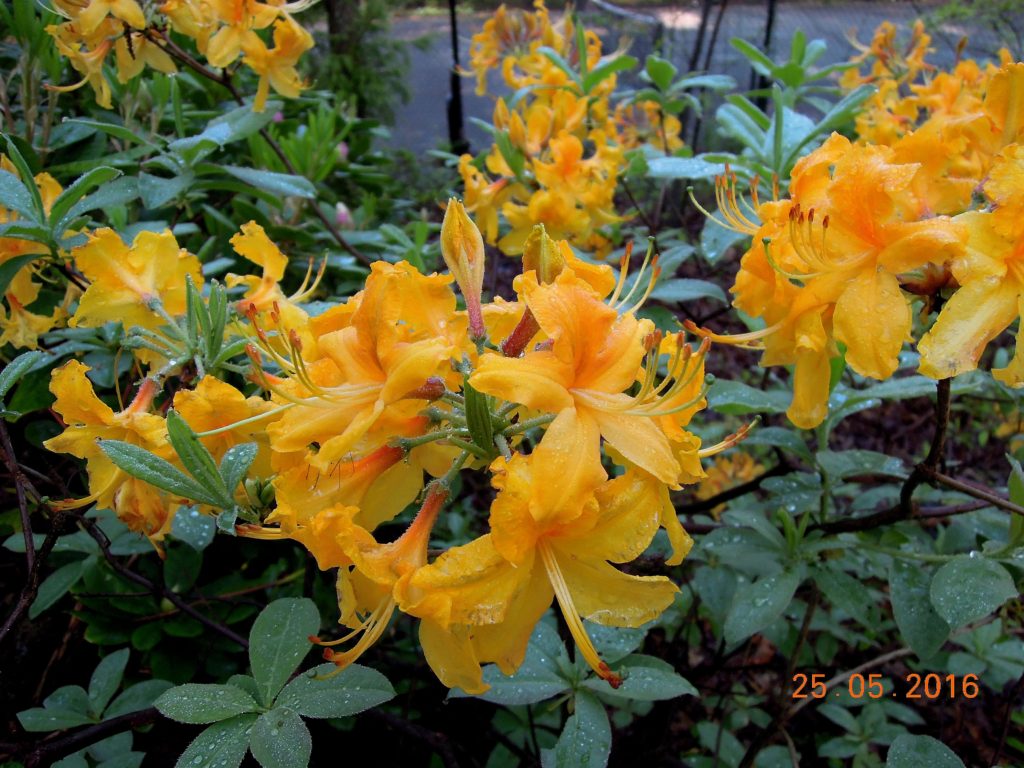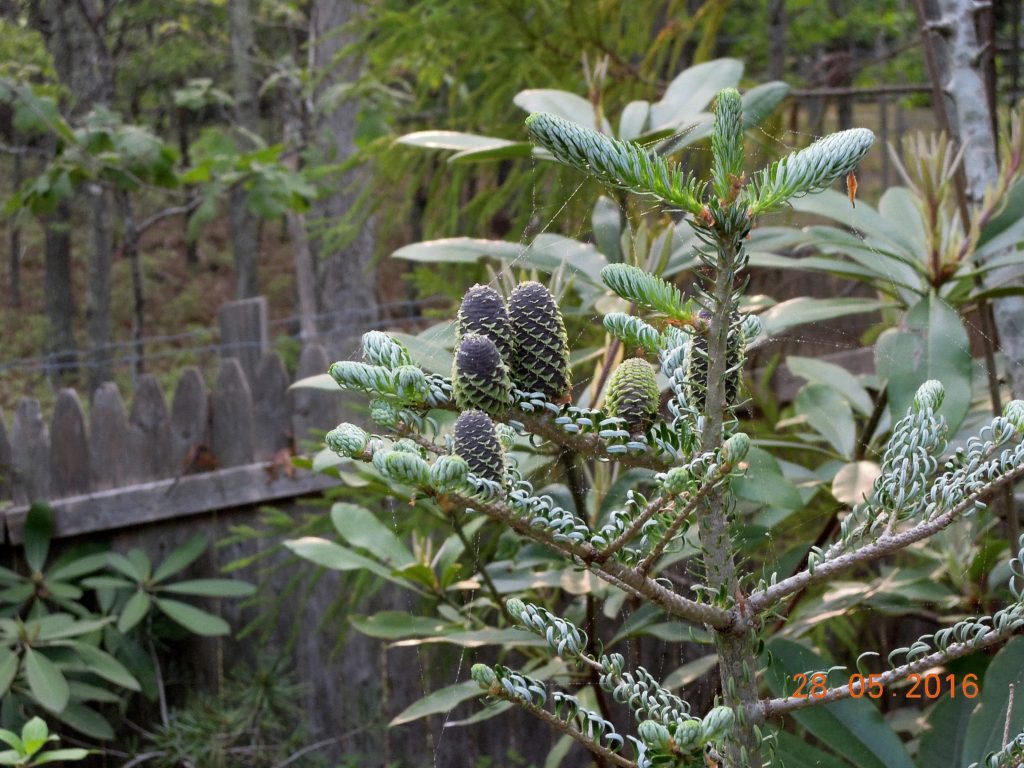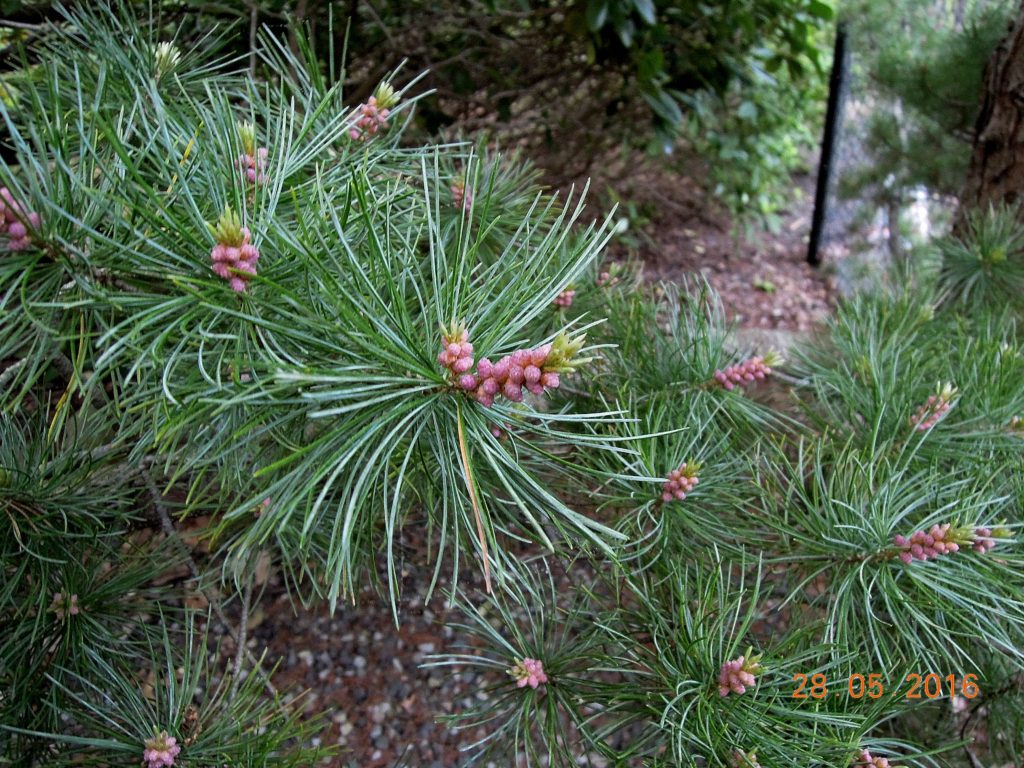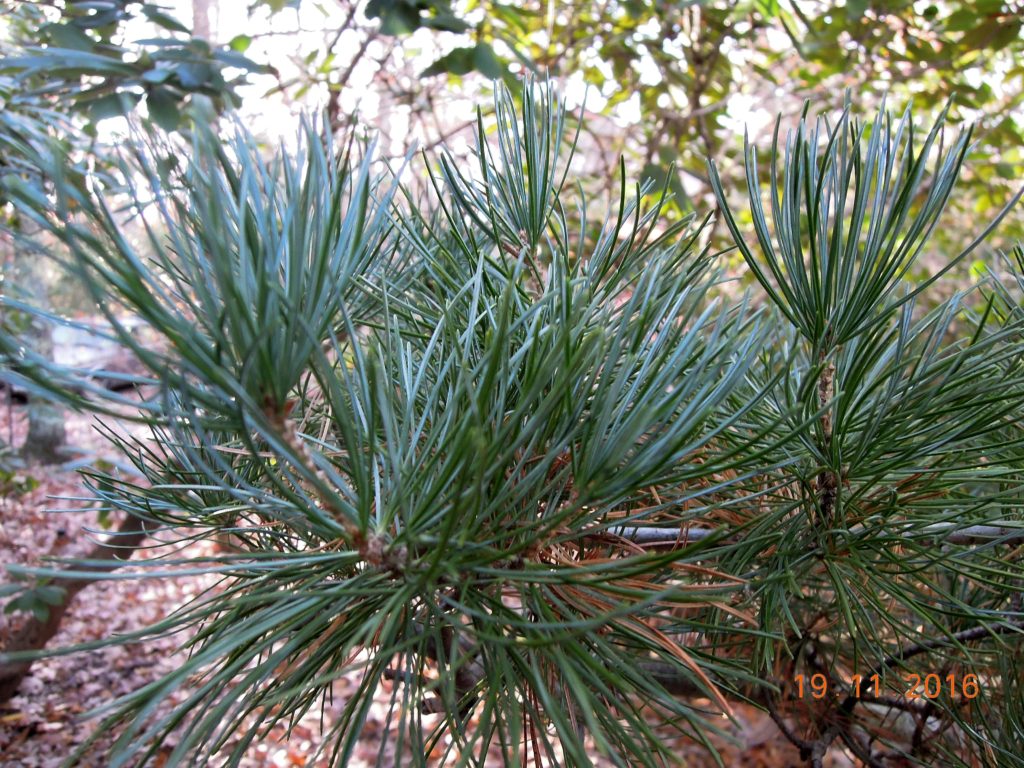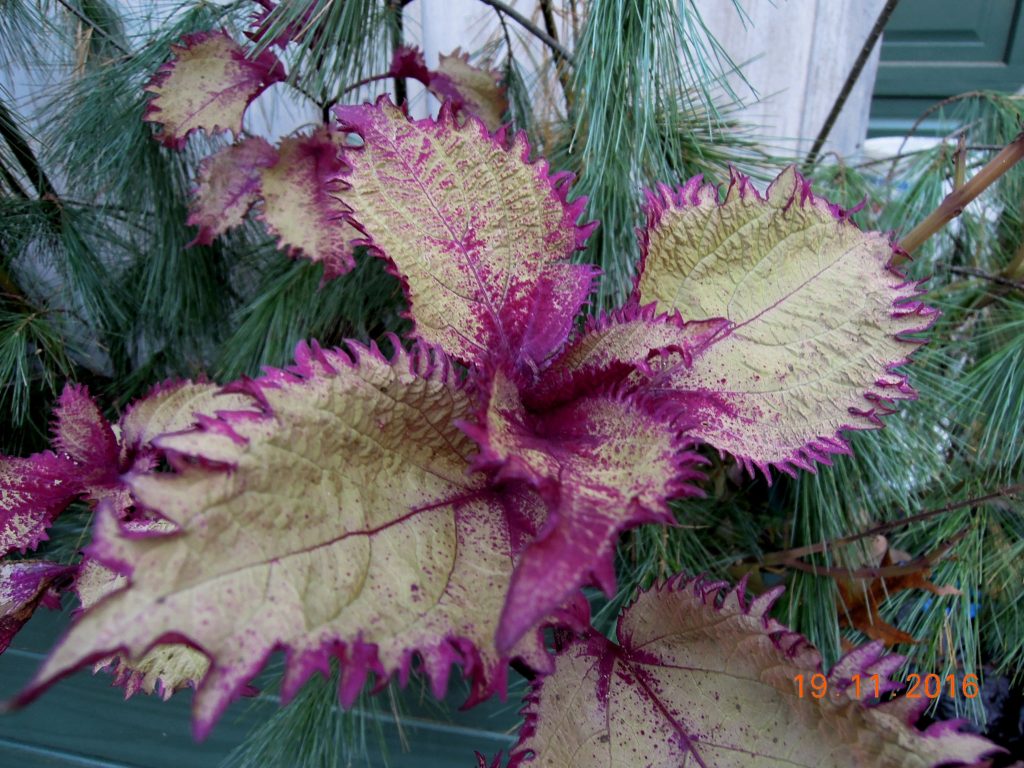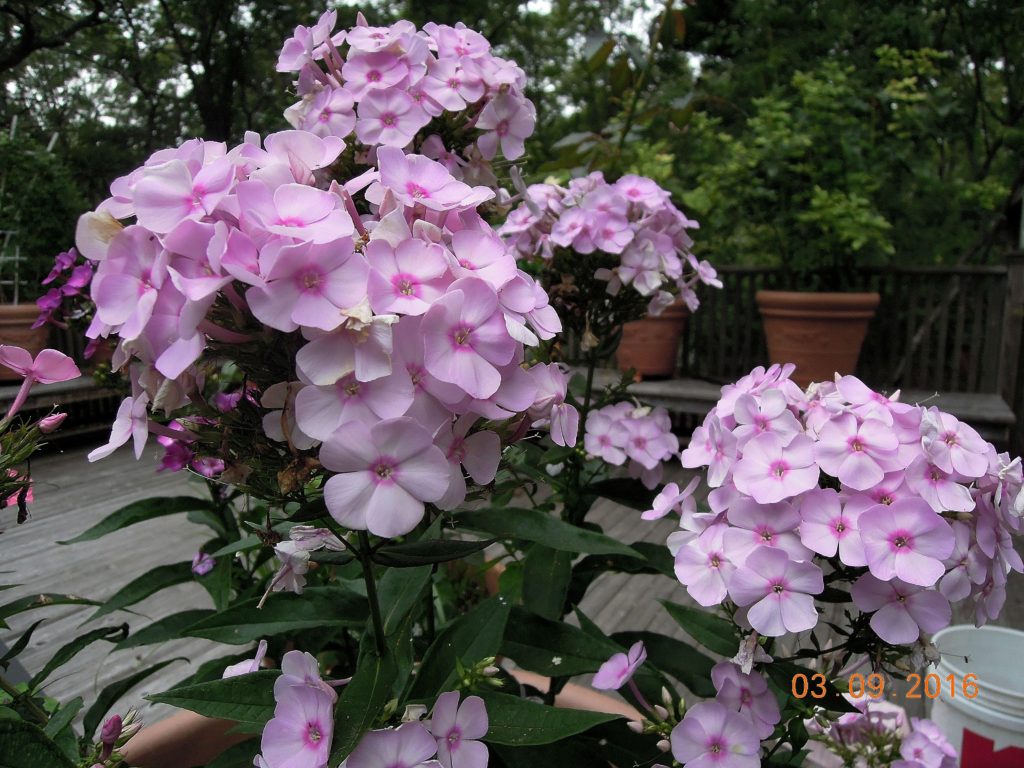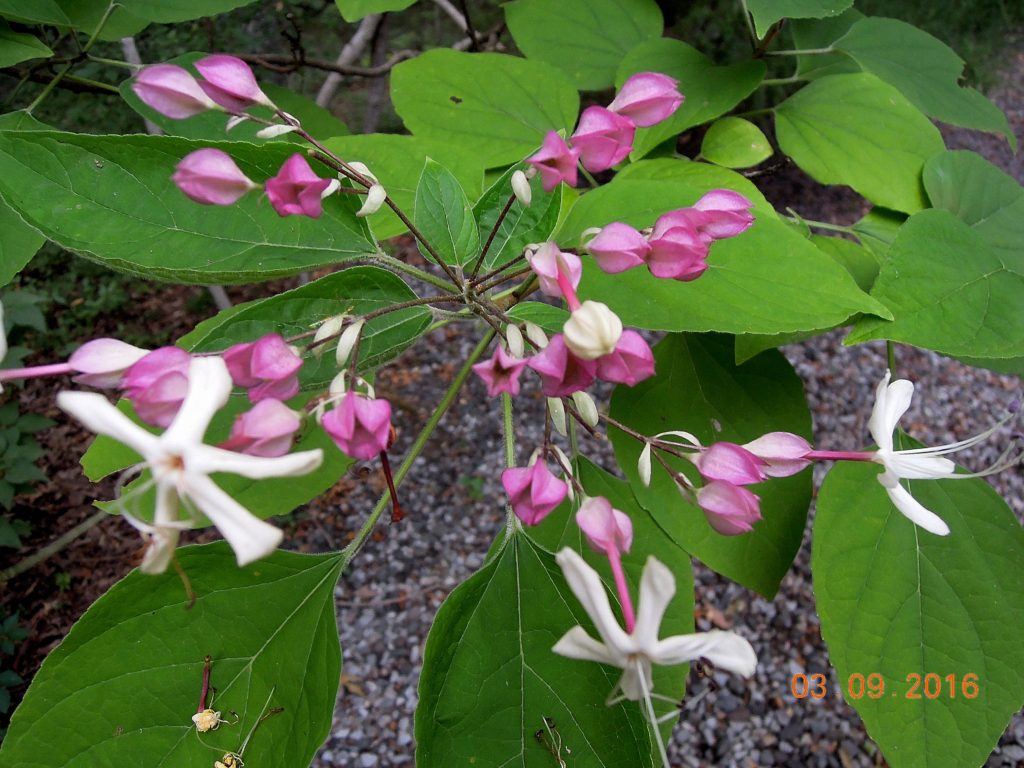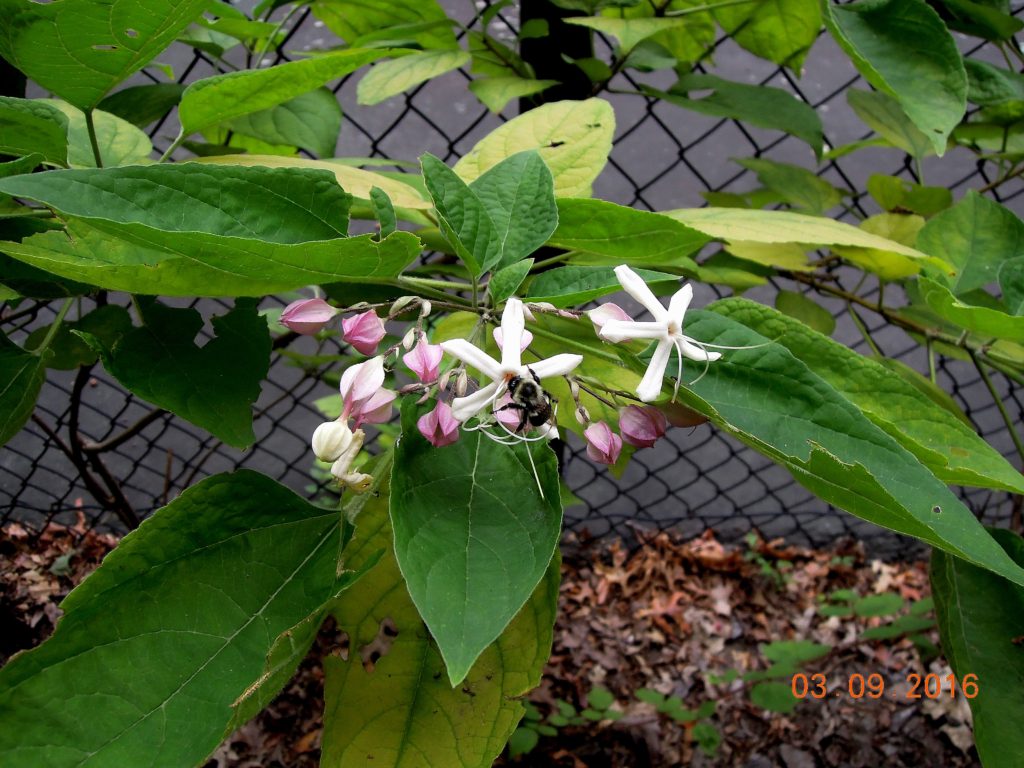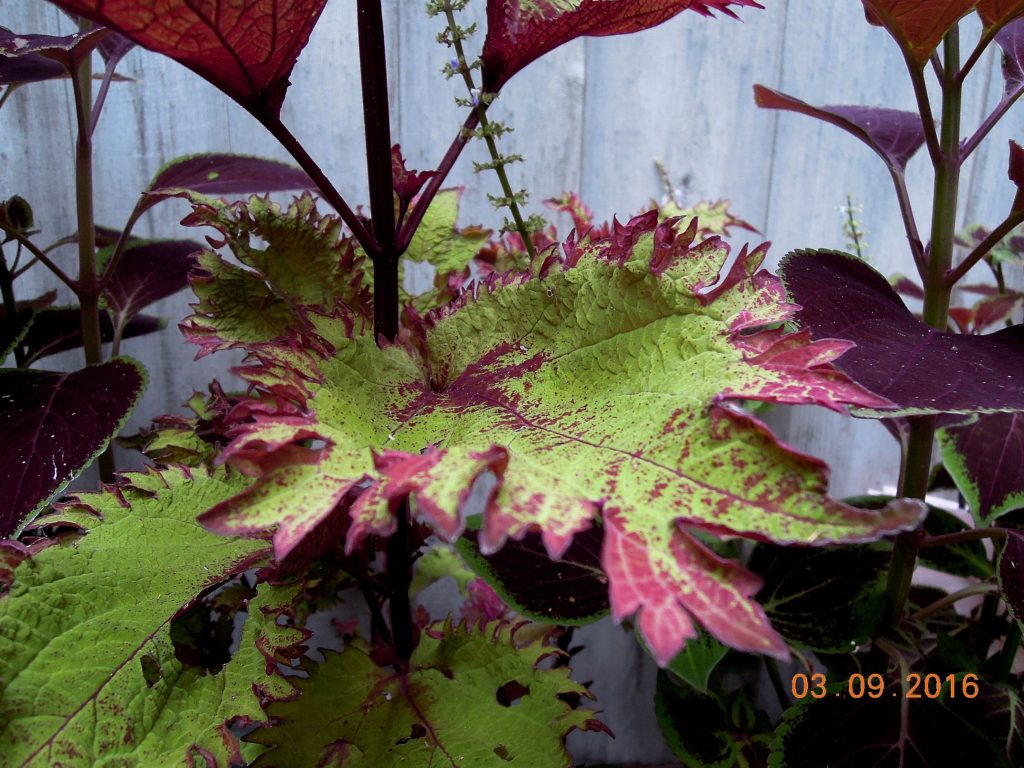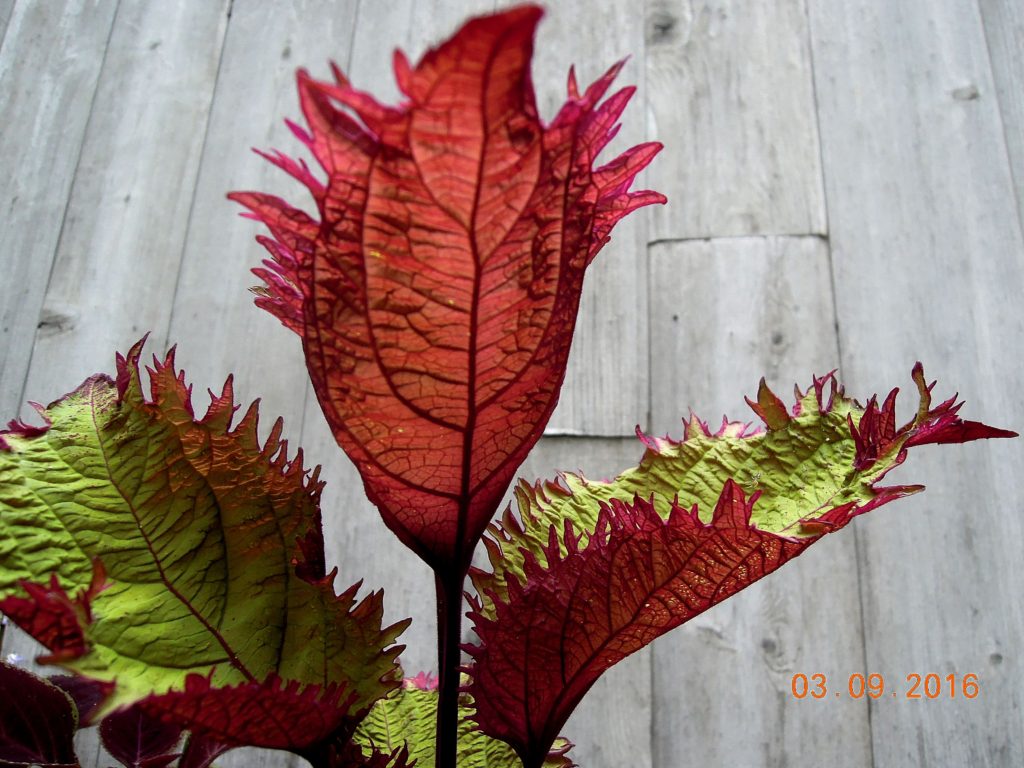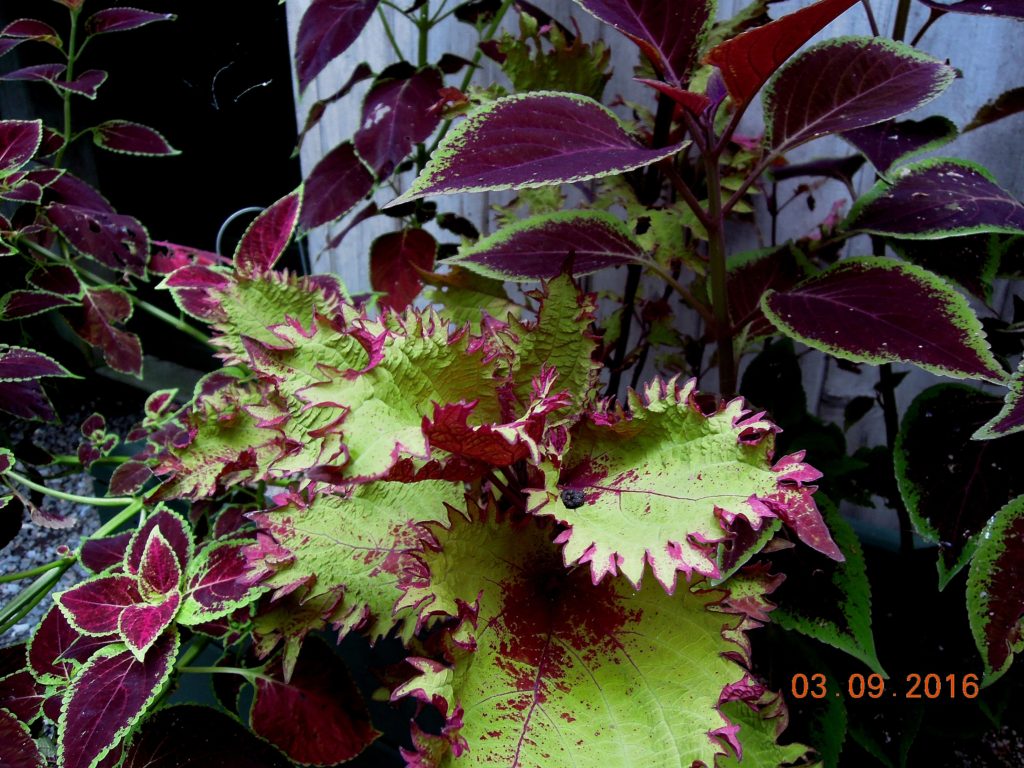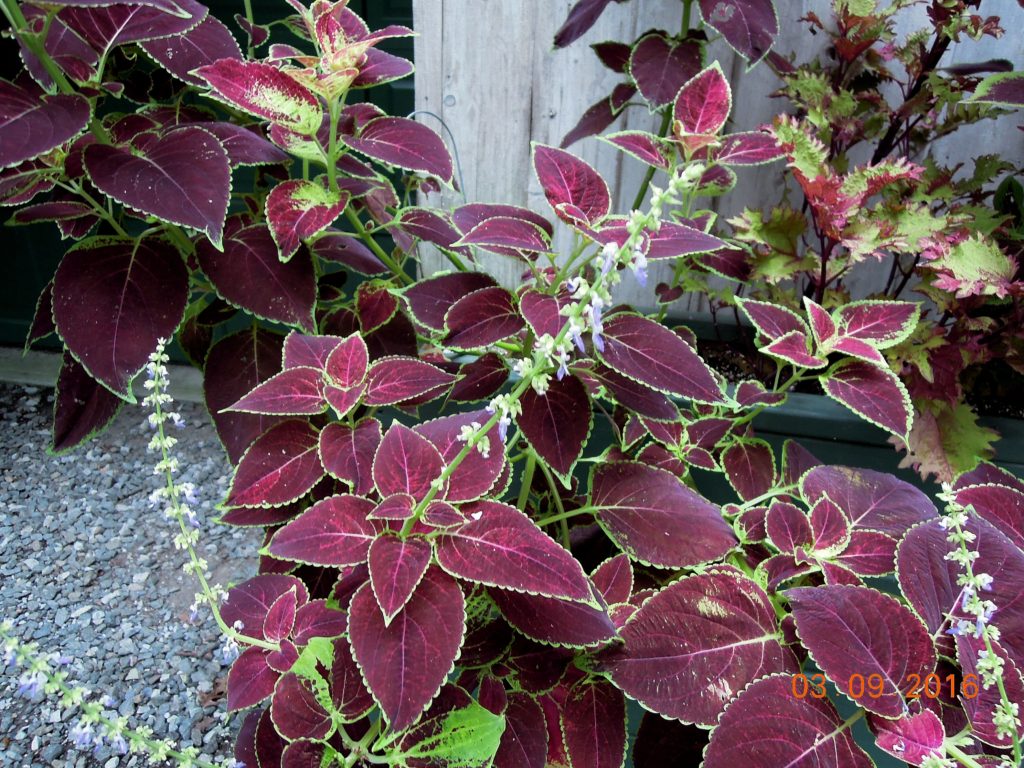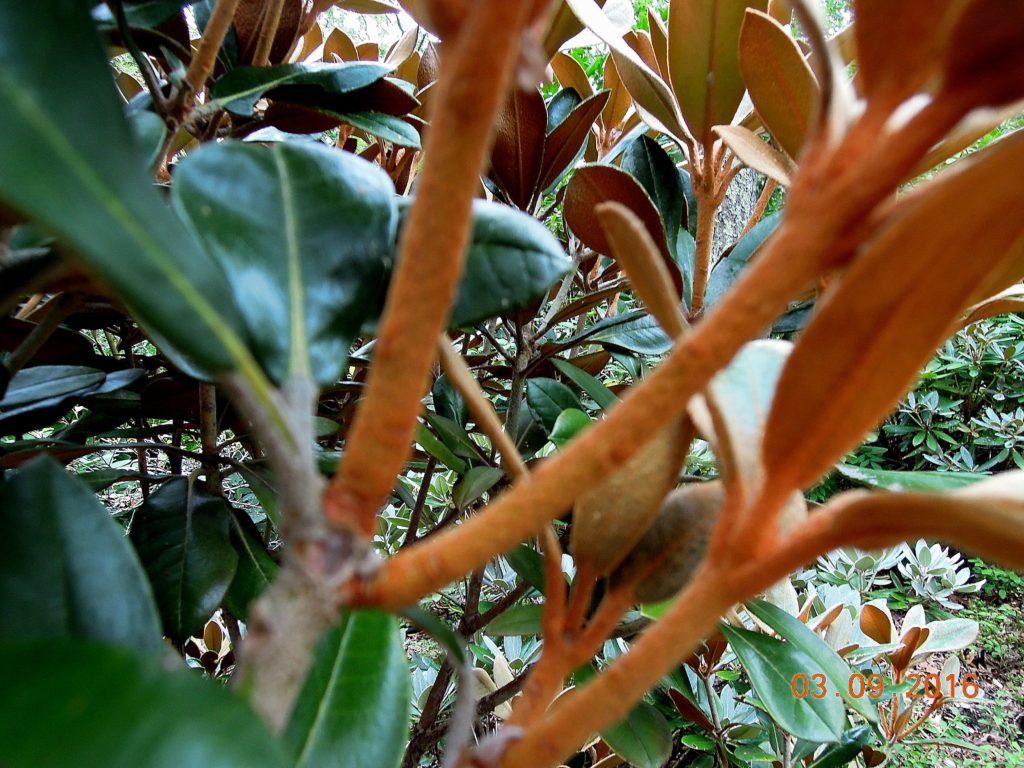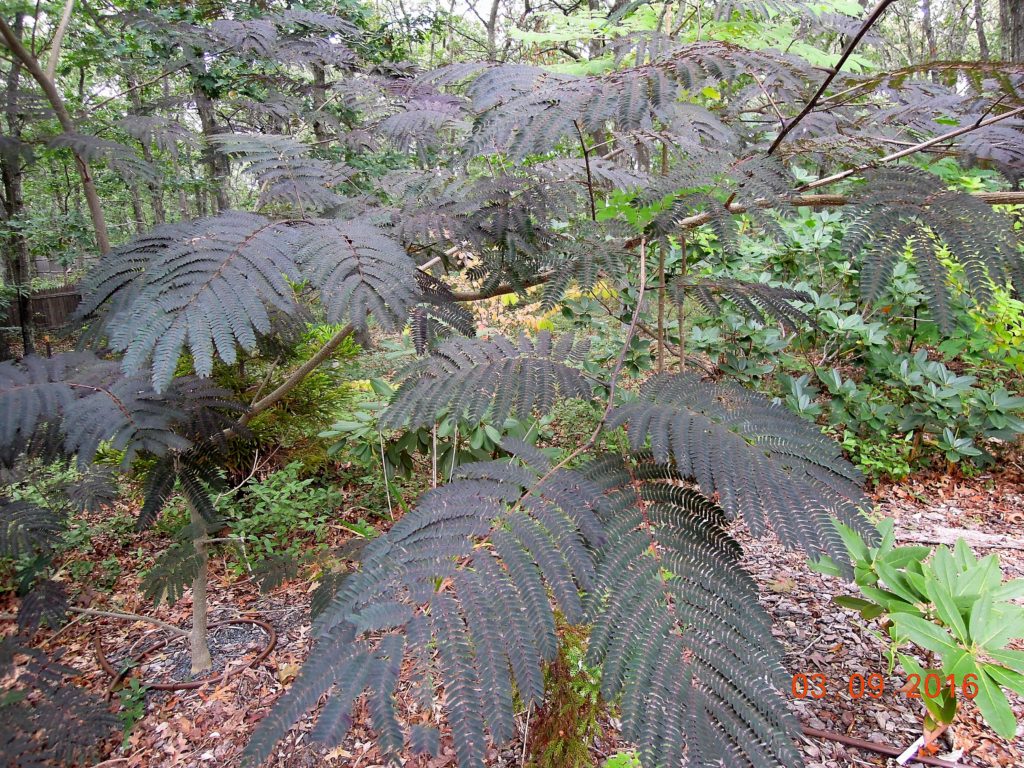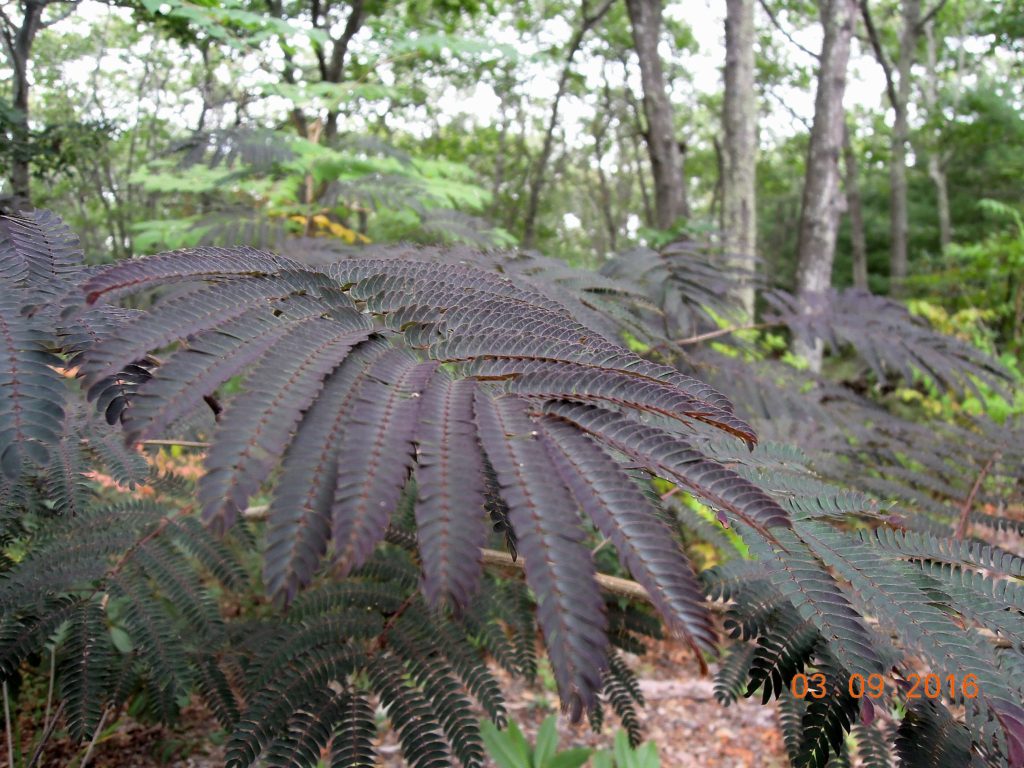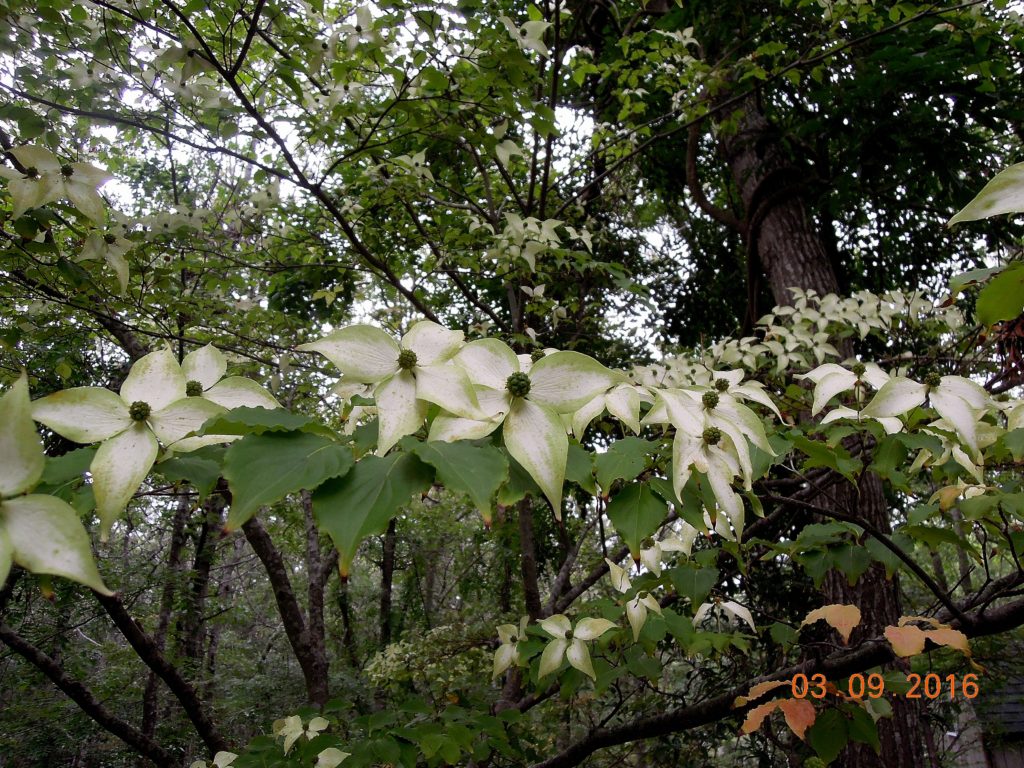On an icy cold day in January — when I was loath to venture out — I decided to slog through humongous piles of old garden magazines, a task I’d been avoiding forever. While I was sorely tempted to chuck the whole lot sight unseen, I’m glad I didn’t. It was clear as soon as I started reading: the older the magazine, the more interesting and informative the content. As for example, in a 1999 copy of Garden Design I read that in Israel a professor of plant physiology discovered that a pill would extend the life of cut flowers for a whole week. The name of that magic pill? Would you believe Viagra?
(If anyone is interested in the science, the professor knew that nitric oxide preserves vegetables by blocking production of ethylene, which causes produce to age. When he read that Viagra induces the production of nitric oxide, he decided to experiment. And, as often happens in science, one thing led to another.)
Valentine’s Day is fast approaching. If you intend to give that special someone a bouquet of roses, why not tuck in a Viagra pill. (Best to also tuck in an explanation.)
In addition to reading old garden magazines, I’ve been checking out 2019 mail order garden catalogs. Looks like a very good year for plants. My orders are in and I’ve chosen favorite nurseries and a garden-worthy selection of plants to highlight and share with you:
SELECT SEEDS, www.selectseeds.com, 1-800-684-0395.
When I was searching for an elusive Salvia cultivar, my friend and plant maven, Anne Haines, suggested I contact Select Seeds. I did, they had it, and I’m happy to recommend this excellent, environmentally friendly source. Following are three of Select Seeds’s favorite plants for Hummingbirds, Bees and Butterflies:
Salvia guaranitica (Blue Brazilian Sage) Z. 8-10
Of all the many Salvias offered by Select Seeds, this deep-blue sage is the Hummingbird hands-down favorite — and the plant also attracts butterflies. It can grow 3-6 feet and blooms from mid-summer to frost. According to Salvia guru, Betty Clebsch, author of A Book of Salvias, you may be able to increase S. guaranitica’s winter hardiness by protecting the plant with pine boughs — a method I use successfully with my container roses. Worth a try. Plant in rich, well-drained soil, in sun or part shade with regular water. (Select Seeds also offers the fabulous and hard-to-find Salvias: S. splendens ‘Van Houttei’ and S. x ‘Amistad’; I snatched up both.)
Pycnanthemum muticum (Mountain Mint) Z. 4-8
A magnet for bees, this 1-3-foot spearmint-scented, hardy perennial blooms from July-September with showy silvery white bracts surrounding pink-flowering centers. Grow in sun or part shade in rich, well-drained soil. Mountain Mint is vigorous but not invasive like the mint Mentha. Plant this deer-resistant U.S. native, and bees — our hard-working pollinators — will thank you.
Asclepias incarnata (Swamp Milkweed) Z 3-9
Monarch butterflies voted this U.S. native perennial their number one favorite. Moreover, the plant has numerous additional assets: Pink vanilla-scented flowers form in summer on erect 3-4-foot stems and when the flowers fade, the plant produces attractive seed pods. In the Fall, the leaves turn vibrant autumnal colors. Site in full sun or part shade in moist, well-drained soil. Site carefully because Swamp Milkweed has a deep tap-root and when established should not be disturbed.
BLUESTONE PERENNIALS, bluestoneperennials.com, 1-800-852-5243
Bluestone is one of the few sources — if not the only source — for my treasured Trifolium purpurascens. And their plants are shipped in biodegradable pots which do not have to be removed for planting. A plus for the gardener and less stress for the plants. Below are three plants I chose for my garden:
Trifolium purpurascens (Black Four-Leaf Clover) Z. 5-9
A must-have plant for my garden and a perfect gift for gardening friends as well. Everyone appreciates a little luck, especially now that Mother Nature has become loony and unpredictable. This lucky clover is perfect for containers or as a ground cover, and will flourish in sun or shade.
Astilbe ‘Chocolate Shogun’ Z. 4-8
Lovely pink-blushed flowers in summer and handsome, unique, chocolate-bronze foliage set this Astilbe apart. Shogun, an award-winning native of Japan, requires a moist, shady site. It is deer-resistant, but needs protection from voles.
Sempervivum ‘Pacific Blue Ice’ (Hens and Chicks) Z. 3-8
I love the look of succulents, and Pacific Blue Ice is pretty irresistible with its elegant, icy-blue rosettes. In addition, the plant is evergreen, deer-and-rabbit-resistant, and, when established, tolerant of drought. Provide a sunny site with neutral or alkaline well-drained soil. It will do well in containers or in the ground.
NOTE: Punxsutawney Phil predicts an early Spring. After experiencing the recent polar vortex, I hope we are alive to see it.
Watch for the next post: 2019 Choice Garden Plants Part 2
